


THE E.I.C. PROJECTS P.20 THEME INTRO P.22 CEGAL P.24 FLARE FSE P.25 PROSERV P.26 AMPELMANN P.28 QHSE ABERDEEN P.29 THE IMPULSE GROUP P.30 INTERVENTION RENTALS P.31 BRODIES LLP P.32 LEYTON P.33 ATPI P.42 READ ONLINE AT In this issue... JUNE 2024 - ISSUE 81
ENERGY NEWS
PROJECTS MAP OFFSHORE WIND LEGAL RENEWABLES CONTRACT AWARDS DECOMMISSIONING STATS & ANALYTICS
OFFSHORE WIND
GLOBAL
ENERGY
EVENTS READ ON PAGE 4

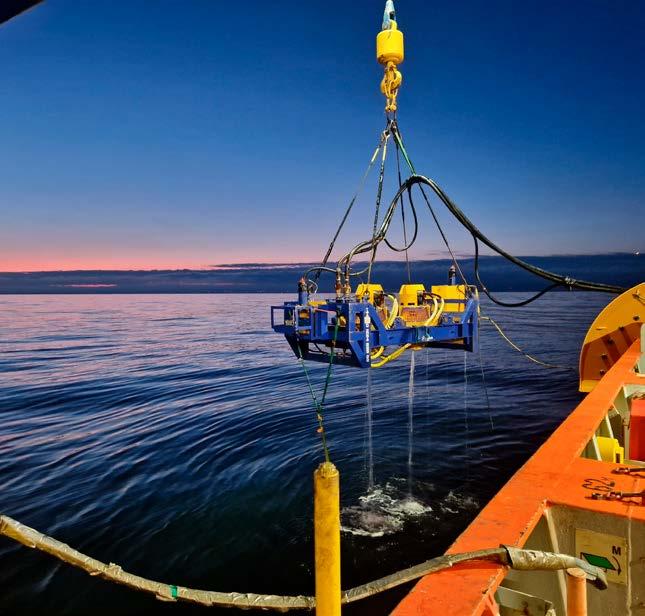
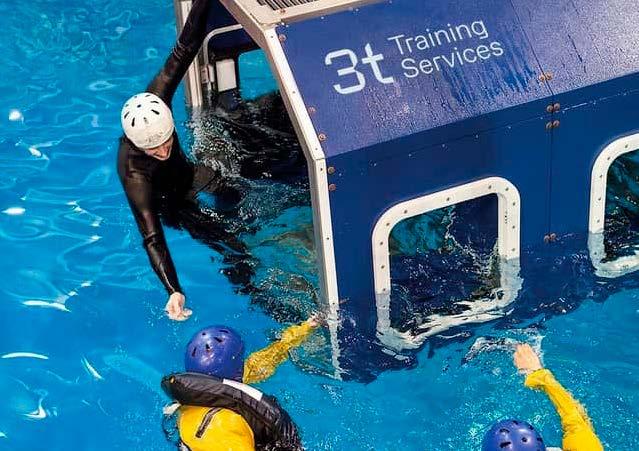
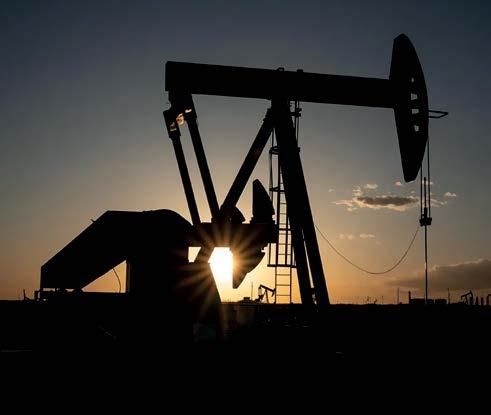
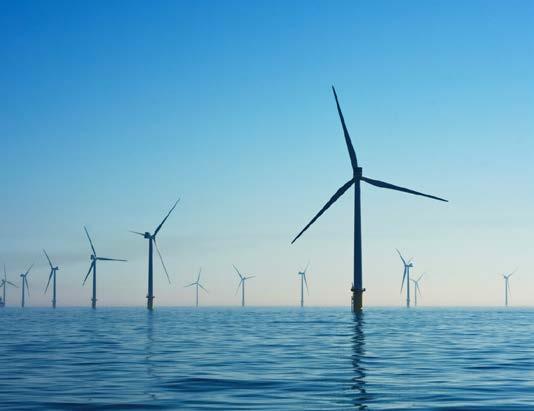
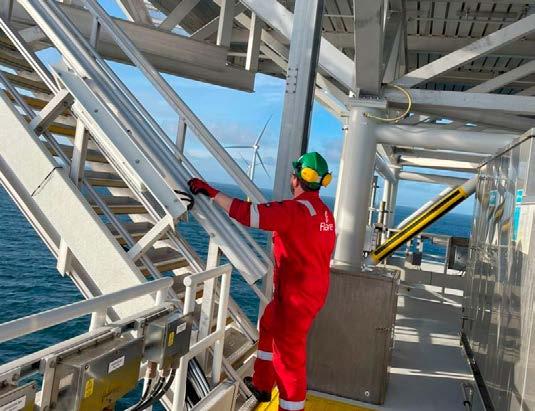

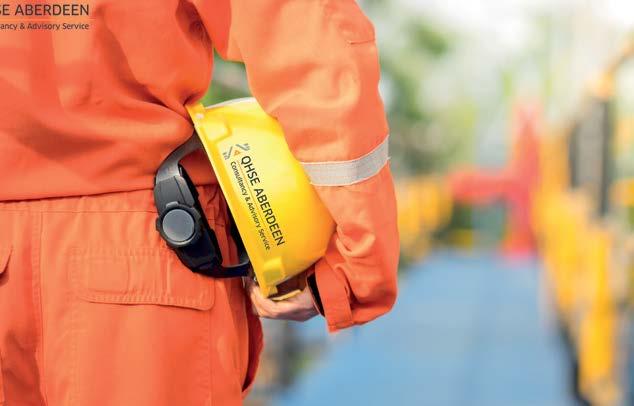

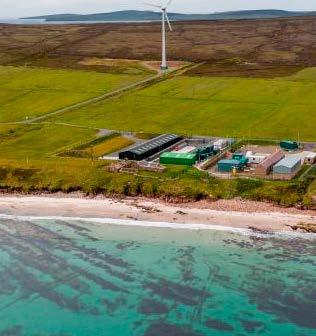
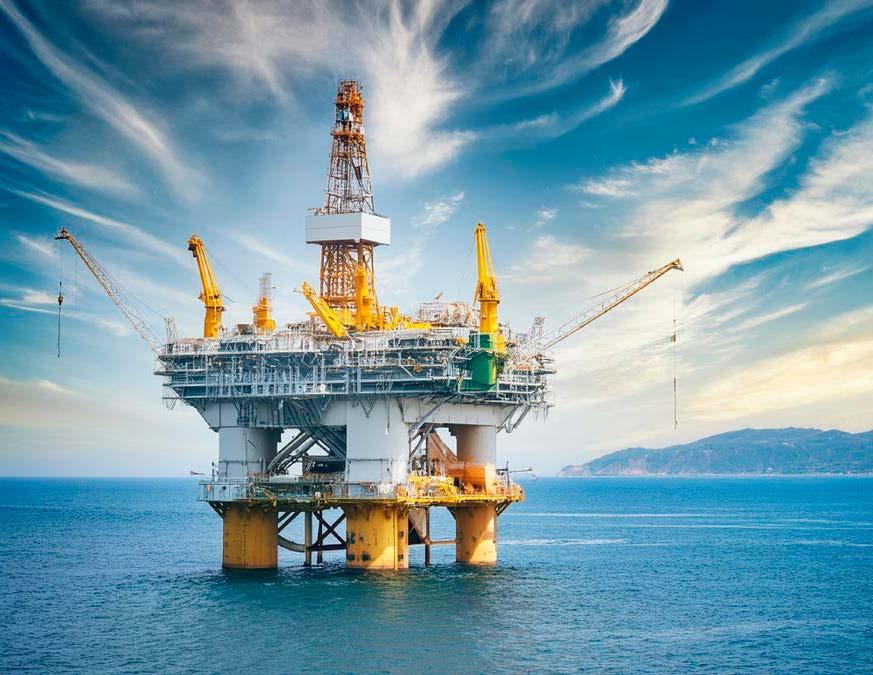

A WORD FROM OUR EDITOR
Welcome to the June issue of OGV Energy Magazine! This month we explore the theme of ‘Offshore Wind’
A big thank you to our front cover partner Rotech Subsea. On pages 4-5, Global Business Development Director, Stephen Cochrane, tells us how Rotech Subsea, is enjoying a period of increasing global demand for its trenching and excavation solutions to the renewables, oil & gas, decommissioning and energy sectors.
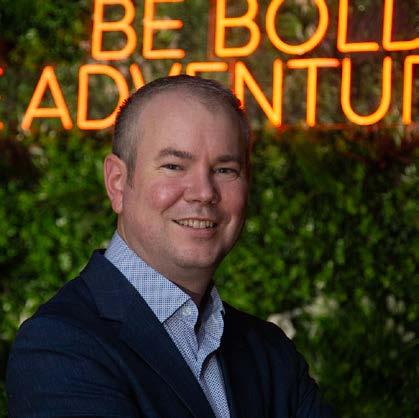
Also in this edition we have contributions from Flare FSE, Cegal, Proserv, QHSE Aberdeen, Intervention Rentals, Ampelmann along with our monthly contributions from Brodies and Leyton. The rest of this month’s magazine as always provides you with a review of the Energy sector in the North Sea, Europe, Middle East and the USA, along with industry analysis and project updates from Westwood Global Energy Group and The EIC.
Warm regards Dan Hyland - Director
3 CONTENTS FOLLOW US @OGVENERGY OGVENERGY @OGVENERGY OGV-ENERGY OGV COMMUNITY NEWS GLOBAL ENERGY NEWS ENERGY PROJECTS MAP MONTHLY THEME LEGAL INNOVATION RENEWABLES CONTRACT AWARDS DECOMMISSIONING STATS & ANALYTICS EVENTS P.08 P.10 P.20 P.22 P.32 P.33 P.34 P.36 P.38 P.40 P.42 4 8 22 26 29 34 36 32 10 VIEW THE OGV MAGAZINE ONLINE AT www.ogv.energy/magazine
25
Rotech Subsea steps up for international growth
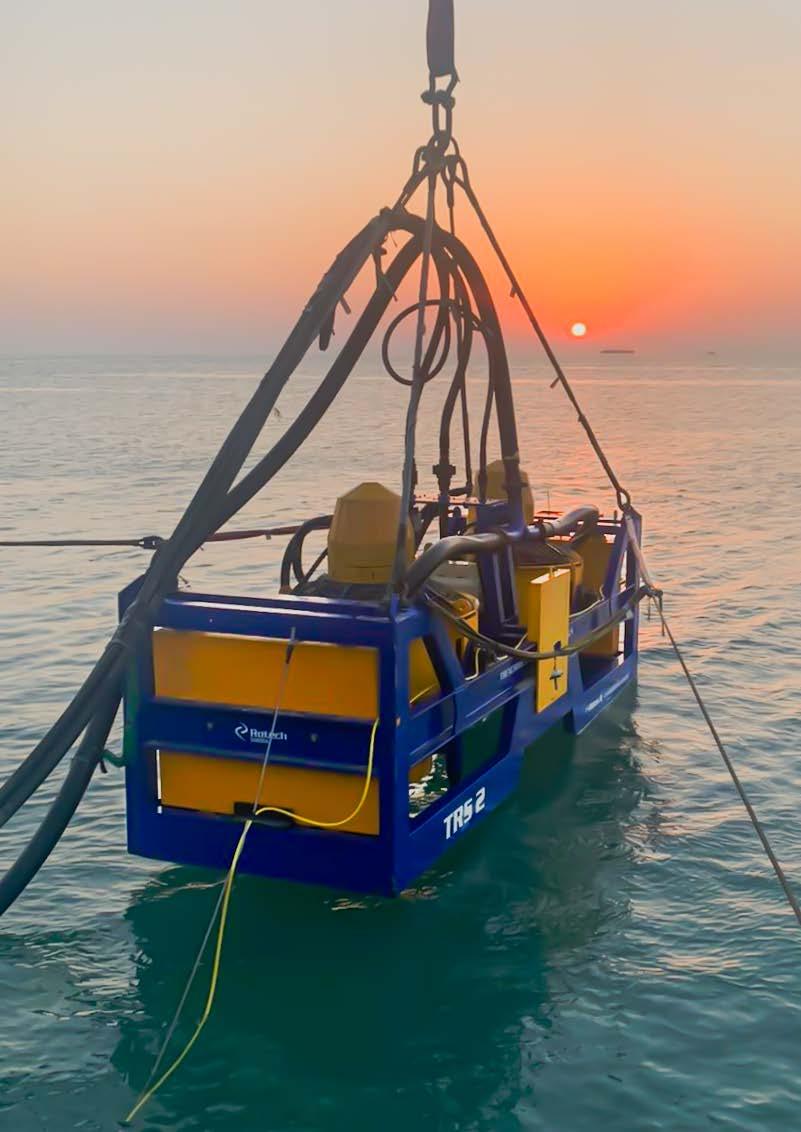
With sector-leading controlled flow excavation (CFE) and suspended jet trenching technology - and a reputation to match - Rotech Subsea, is enjoying a period of increasing global demand for its trenching and excavation solutions to the renewables, oil & gas, decommissioning and energy sectors.
4 www.ogv.energy I June 2024



Rotech Subsea - whose in-house research, development and engineering team has created a suite of cuttingedge non-contact trenching, excavation and cable/boulder grab & cutting tools - has long been the partner of choice for European operations in pre-commissioning, commissioning and IRM. Increasingly, however, the contractor is experiencing demand from clients across Asia, the Americas, the Middle East and beyond.
“Rotech is growing, and as such we are adding additional talent, and resource to our team,” explains Subsea’s Global Business = Development Director, Stephen Cochrane.
“In April, we took our headcount past the 80 mark, with the addition of Ross Johnston and James Skinner to our business development team. Ross spent over 10 years in strategic business development and marketing roles across the marine, aviation and energy sectors. Ross will lead our BD efforts in Europe and north eastern USA. James spent 4 years as an Analyst at investment bank Piper Sandler within its Energy and Power division, and holds a First Class BA (Hons) degree in Management with Marketing from Robert Gordon University.
In May we welcomed Bill Hare as our business development representative for Australia. Bill has built a solid reputation and extensive professional network in the energy sector over his 16 years as the organiser of AOG Energy, Australia’s largest energy event. During this time Bill was Chair of the AOG Energy Subsea Conference Committee (a collaboration with the Society for Underwater Technology, Subsea Energy Australia and Global Underwater Hub). Bill introduced a Decommissioning Hub in collaboration with the Centre of Decommissioning Australia and established the Future Energy Forum along with the Western Australian Government, major energy operators, project developers and service providers.
Kevin Ingram continues to focus on our business development interests in the UK, Gulf of Mexico and into the Middle East, while Alasdair MacLean has transitioned into Technical Sales Management.”
With a strong order book running well into 2025, Taiwan and the USA have fast become
a happy hunting ground for Rotech. So much so, that after a series of successful cable trenching and seabed levelling campaigns in the offshore wind sector, the company is on track to establish new entities in both countries. Major umbilical post trenching scopes off Australia’s south coast have also confirmed Rotech’s prominence in Oceania.
This global expansion has been precipitated by the evolution of a suite of 32 trenching, excavation, cable grab, cutting and boulder removal tools which have successfully completed over 600 jobs between them. New to the portfolio is the unrivalled ‘RS3’, which was purpose-designed and built for cutting narrow trenches in harder soils and has soil cutting capabilities of 350 kpa. The RS3 can be paired with Rotech’s wide range of tooling, providing hybrid solutions tailored to clients’ needs.
“We have always listened to the market to deliver the most efficient and effective tools” continues, Stephen Cochrane. “Like our other trenching and excavation tools, the RS3 fluidises and excavates soils on the seabed in a controlled manner with powerful jet trenchers allowing us to cut deep and very narrow trenches. The flexibility to have a hybrid tool set up increases productivity.”
2024 is set to be Rotech’s busiest on record, with Cochrane describing the spike in global demand as ‘phenomenal’. After Asia, the Americas - where the company has been awarded several US offshore wind farm cable trenching contracts, as well as servicing clients in the Caribbean - offer another huge opportunity for growth.
Mobilising from Rhode Island since 2022 to support the South Fork and Vinyard wind developments with cable trenching, cable repair and remedial operations, Rotech are putting down roots. With a newly incorporated US entity, Rotech Subsea LLC, based in Providence RI, Rotech can now support clients with equipment based in country.
“Breaking into the Americas with the major subsea cable installation and maintenance operators is a huge coup for us,” adds Cochrane. “The offshore wind sector in North America is in its infancy compared to Europe so we expect to see our activity grow exponentially as the market there gathers pace.”
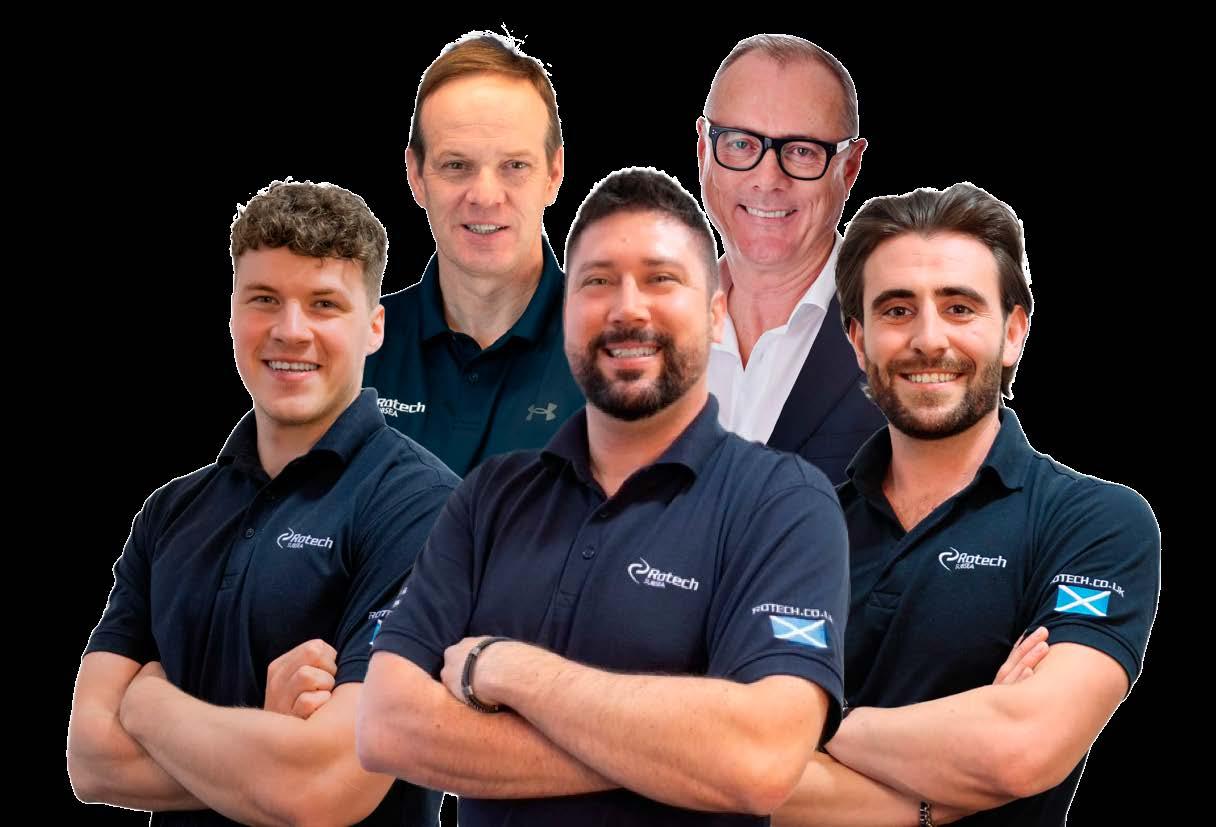


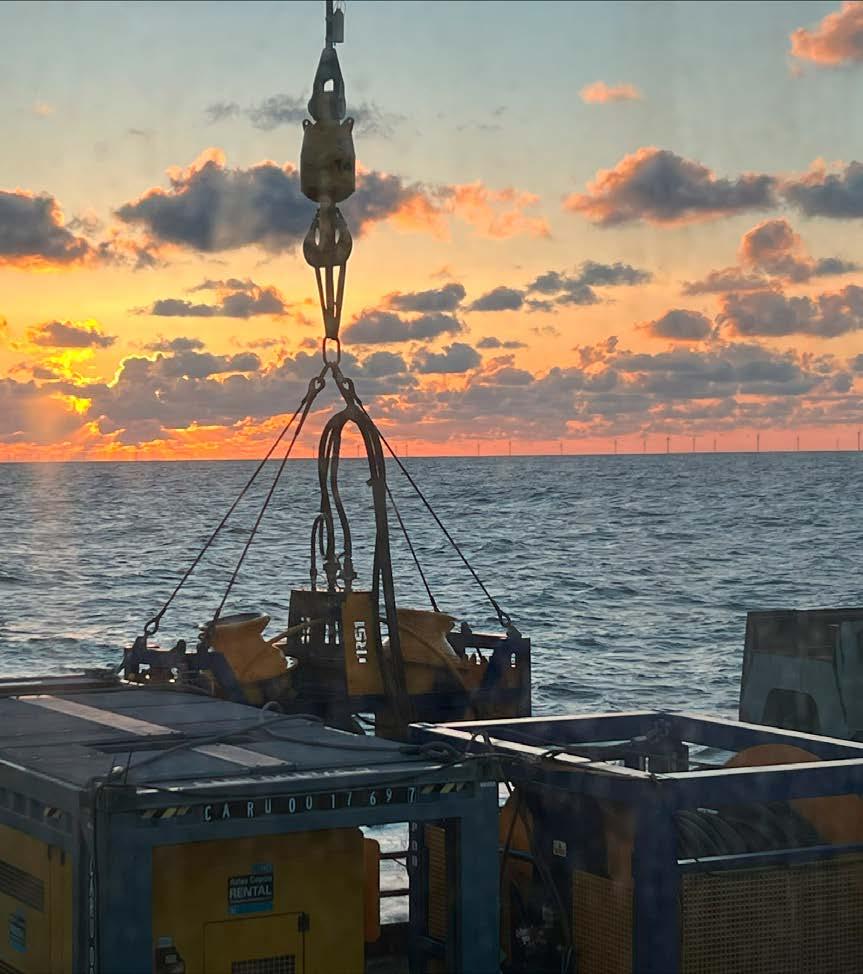
For more information visit: www.rotech.co.uk 5 COVER FEATURE
James Skinner
Kevin Ingram
Ross Johnston
Ali MacLean
Bill Hare


integrated bypass maintains production during isolation











Dual Leak-Tight Seals
Double Block & Bleed Isolation














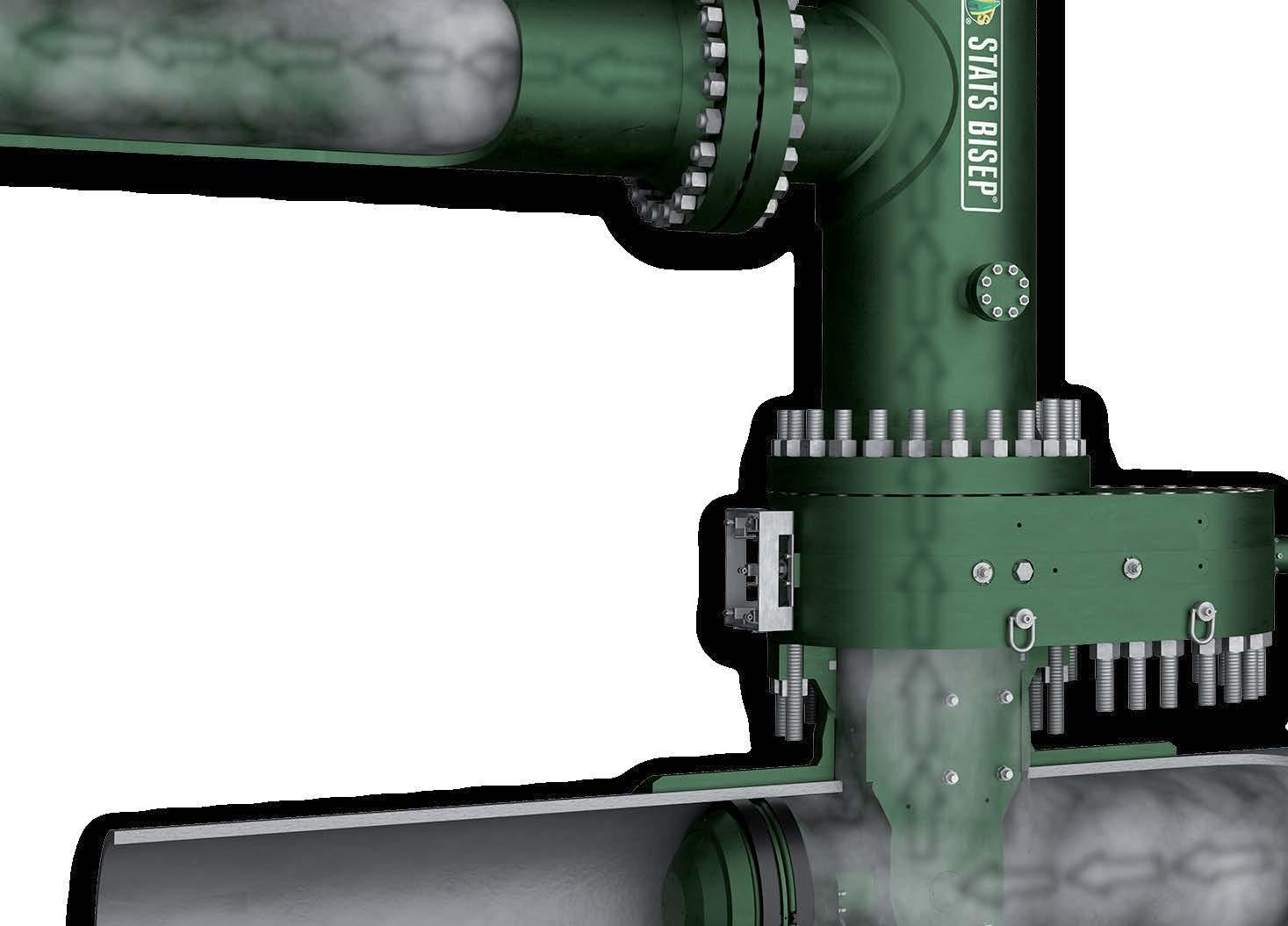






Isolated Pipeline







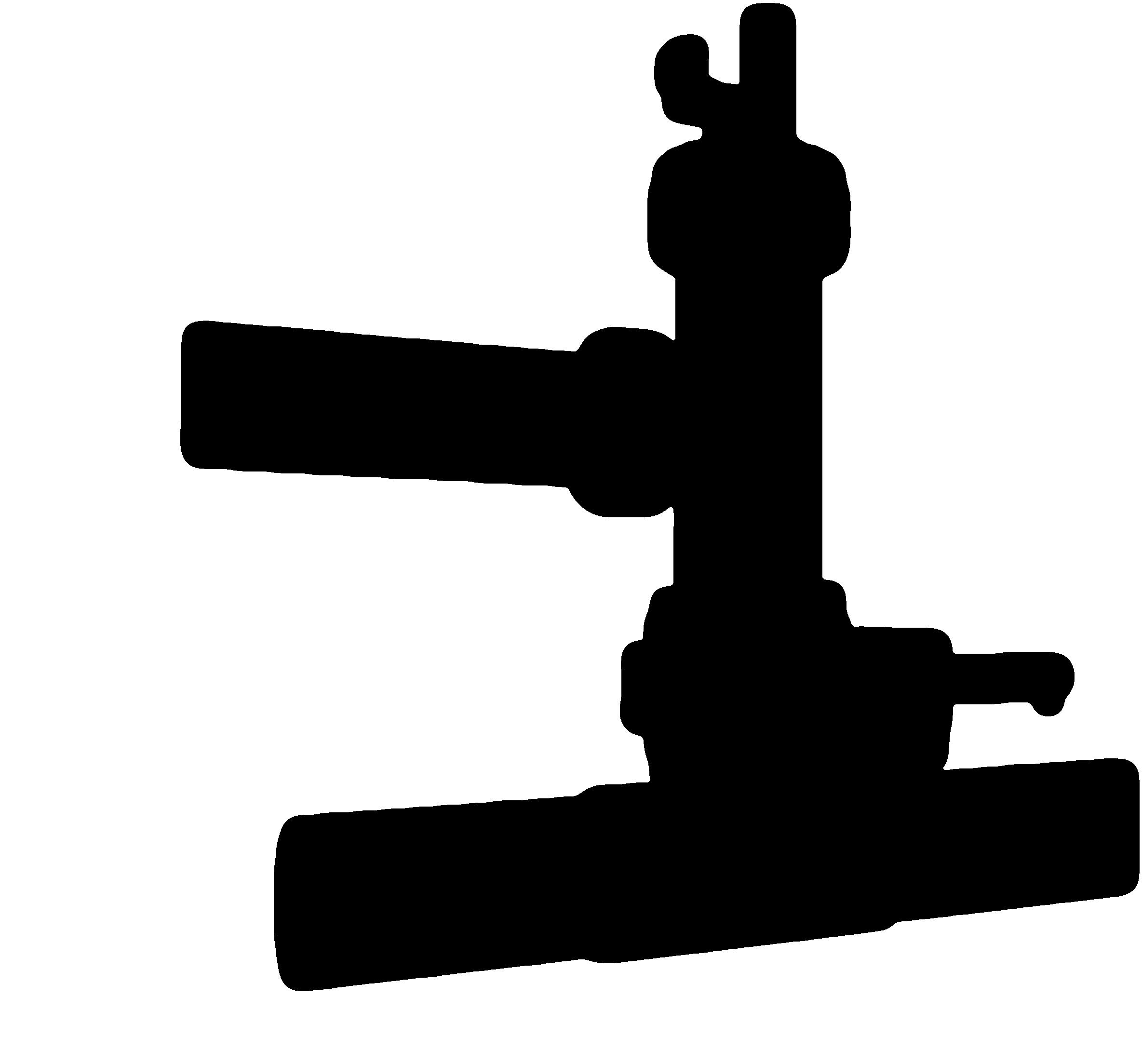
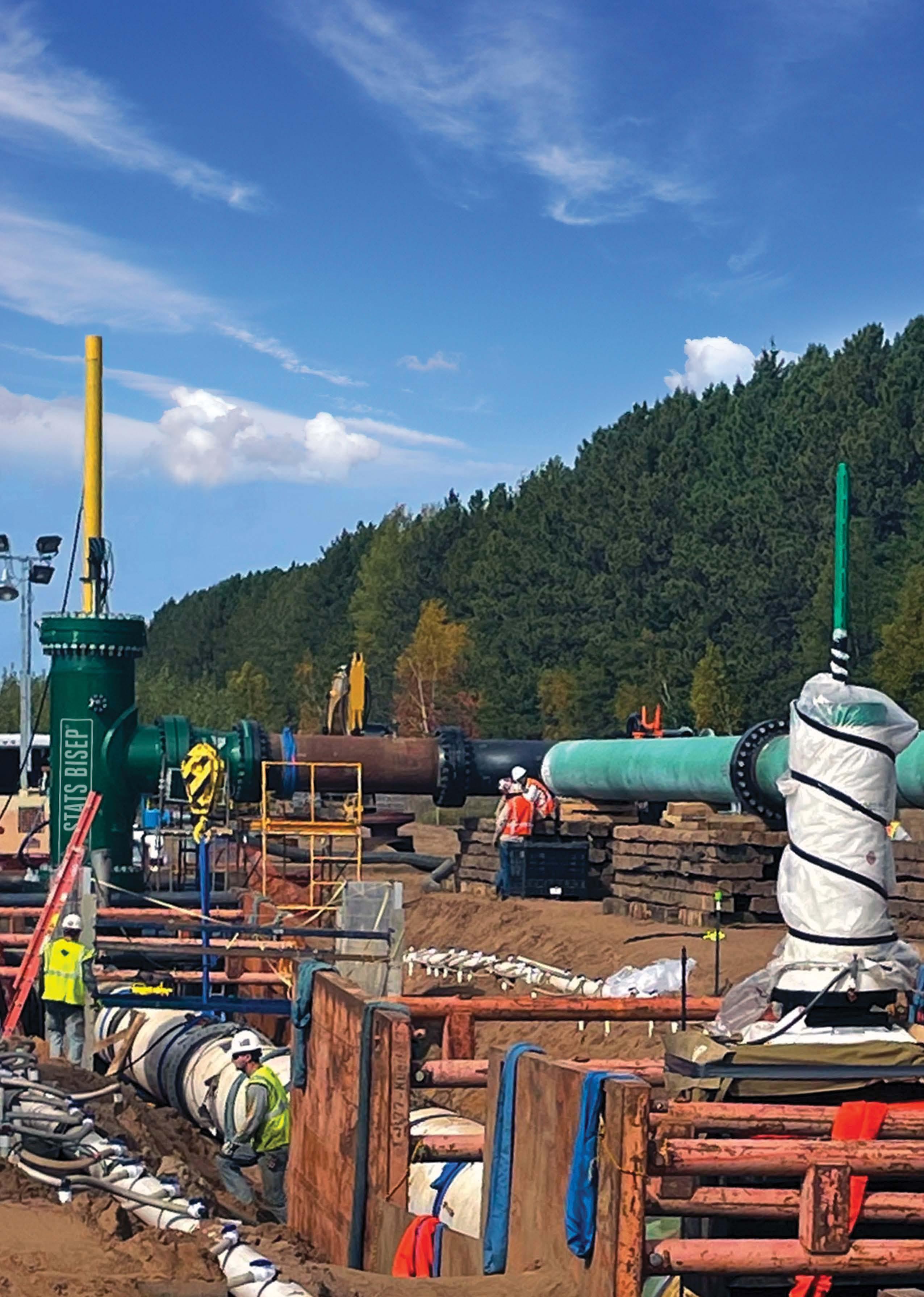
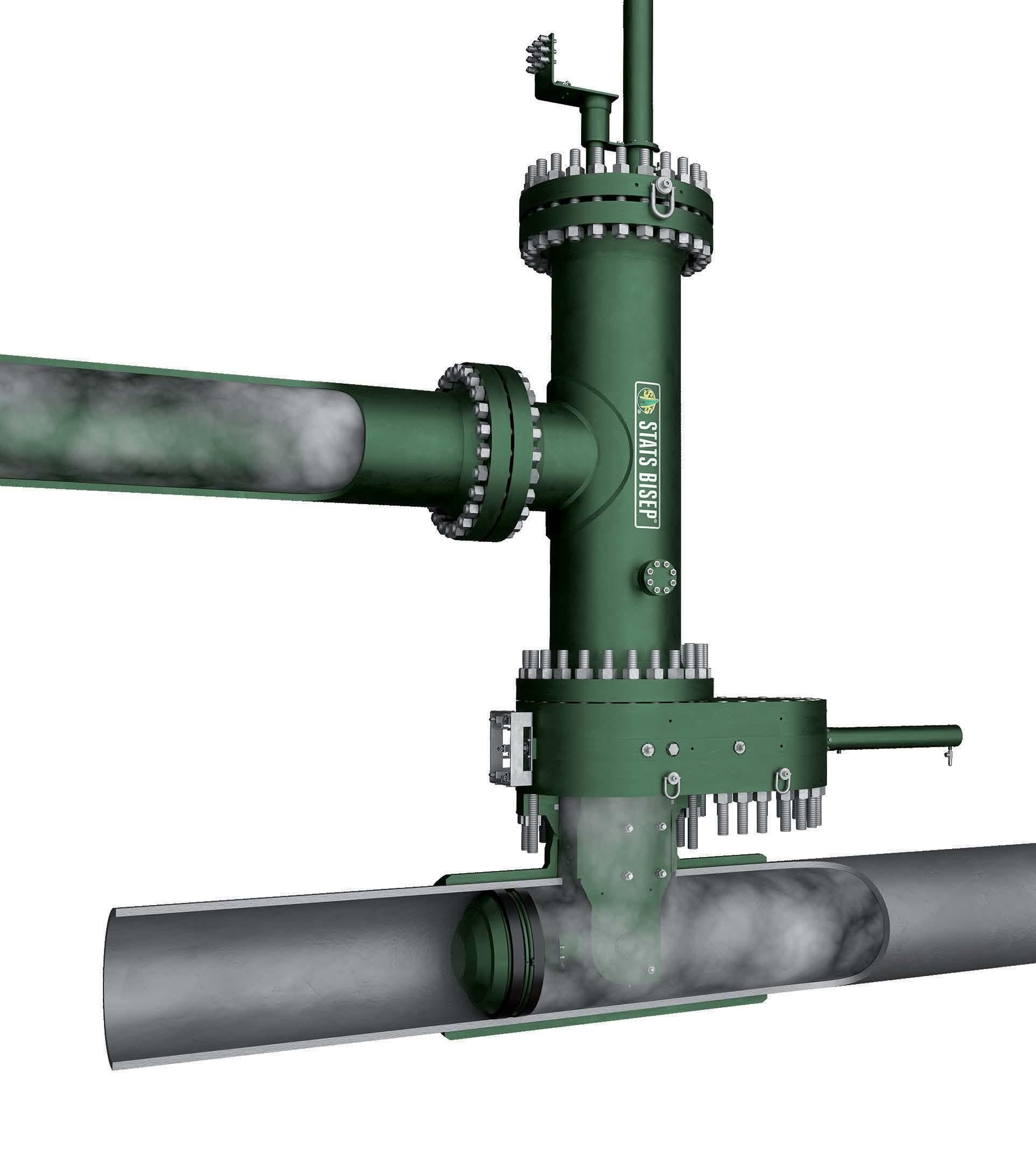


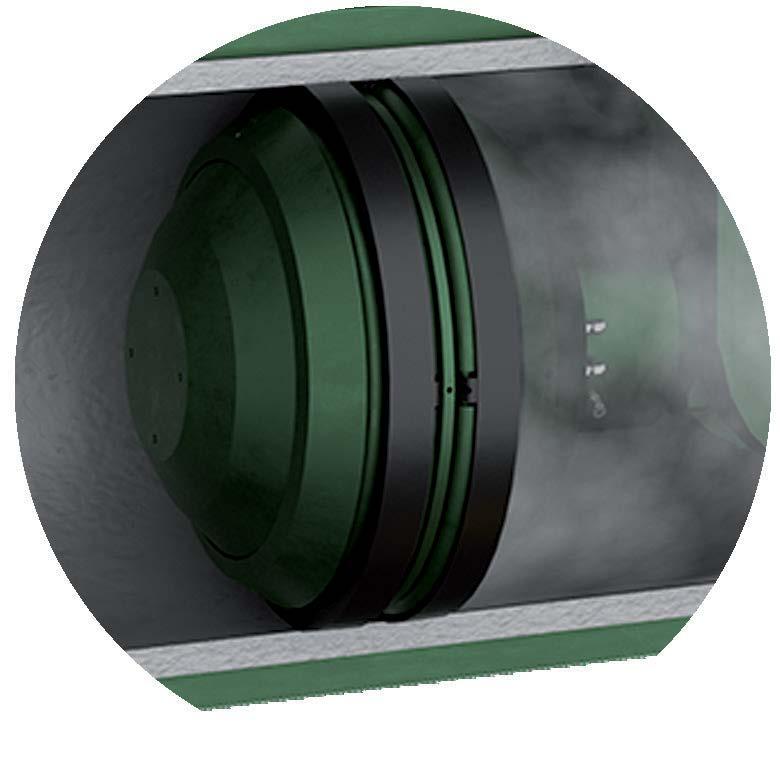

Monitored Zero-Energy Zone
The BISEP® has an ex tensive track record and provides pioneering double block and bleed isolation while
dual seals provide tested, proven and fully monitored leak-tight isolation, ever y time, any pressure.



















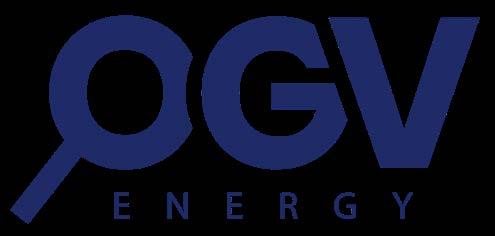
Editorial newsdesk@ogvenergy.co.uk
+44 (0) 1224
Advertising office@ogvenergy.co.uk
+44 (0) 1224 084


Design
Editorial





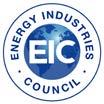











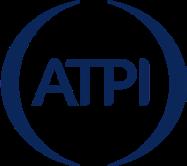
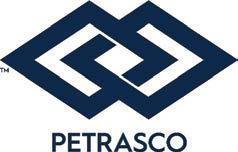


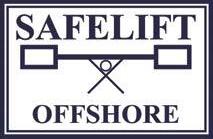


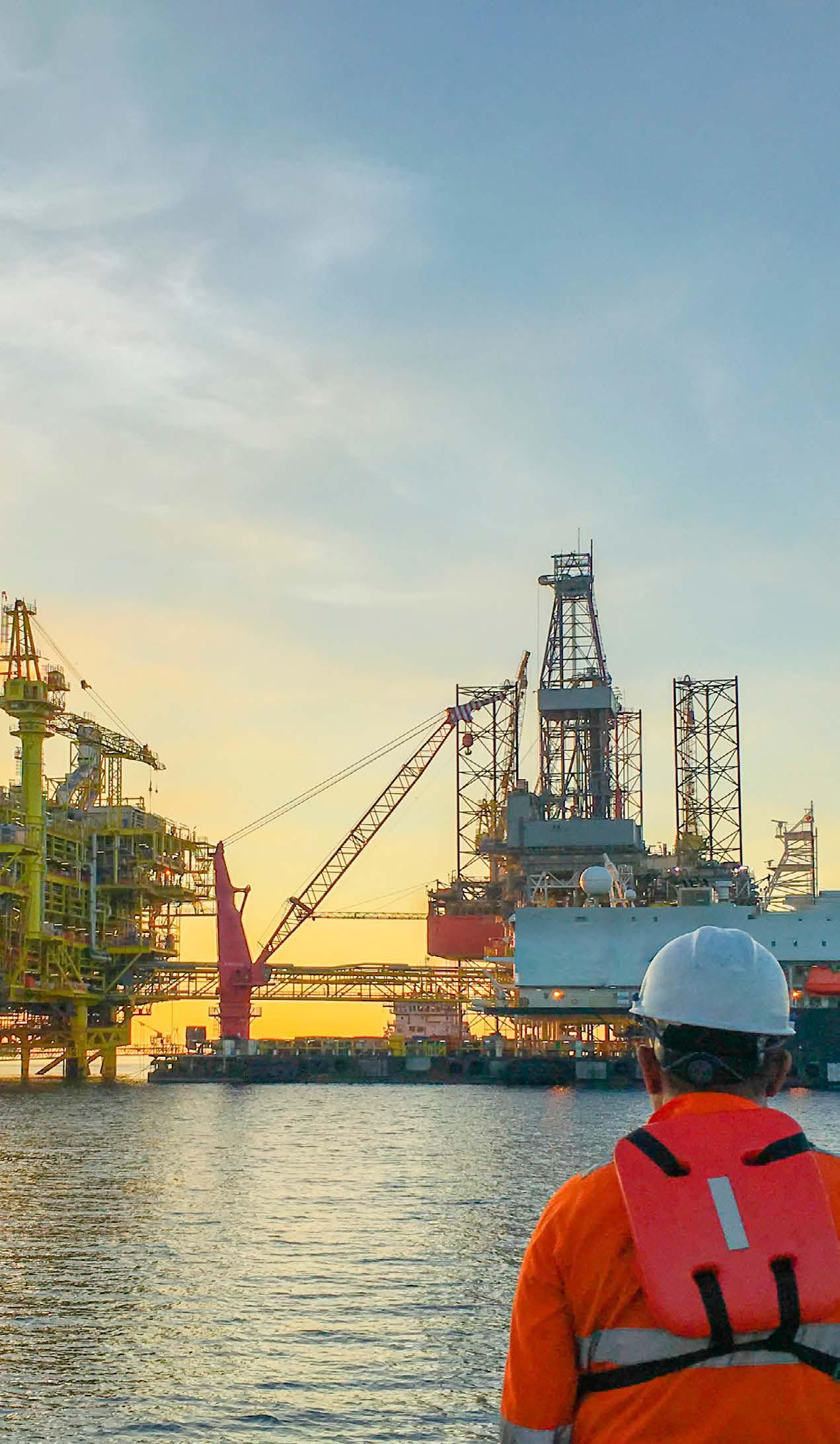






7 HEADER www.quanta-epc.co.uk YOUR ASSET IN SAFE HANDS Safe, efficient and low-cost delivery of Asset Management projects, ensuring best value every time. Operations Maintenance Repair orders Technical support
The views and opinions published within editorials and advertisements in this OGV Energy Publication are not those of our editor or company. Whilst we have made every effort to ensure the legitimacy of the content, OGV Energy cannot accept any responsibility for errors and mistakes. OUR PARTNERS FEATURING TRAVEL MANAGEMENT PARTNER LOGISTICS PARTNER
provider of logistics services to this industry, offering its customers airfreight, road freight, sea freight, project forwarding, customs compliance, training and consultancy, packing, crating, lashing & securing services warehousing, distribution, freight management, rig relocation and mobilisation services and offshore logistics. The ATPI Group delivers world-leading corporate travel and events solutions to organisations operating in a variety of specialist sectors around the world.
Disclaimer:
Leading
114
084
114
Jen McAdam
Gallow Ben Mckay
Cali
Paraskova VIEW our media pack at www.ogv.energy/advertise-with-us or scan the QR code ADVERTISE WITH OGV
Tsvetana


COMMUNITY news

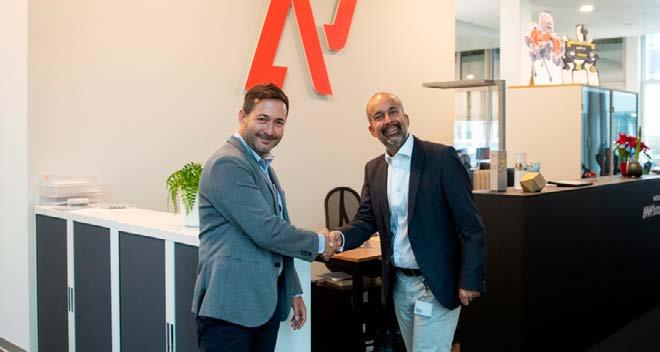
ANYbotics and Rever
Announce Partnership in Chile
Scaling autonomous inspection for large facility operations in Chile in the mining, metals, and minerals sectors.
ANYbotics and Rever have joined forces in Chile to transform industrial inspection. This partnership introduces the ANYbotics advanced robotic solution ANYmal, engineered to meet the inspection needs of Chilean mining, metals, and minerals operations. Rever's local expertise and experience in inspection solutions ensure successful deployment and support, representing a step change in the regional inspection ecosystem.
Chile is a world leader in important minerals such as copper, molybdenum, silver, and gold. The partnership between Rever and ANYbotics underlines the growing demand for automated, robotic inspection in the mining, metals, and minerals sectors.
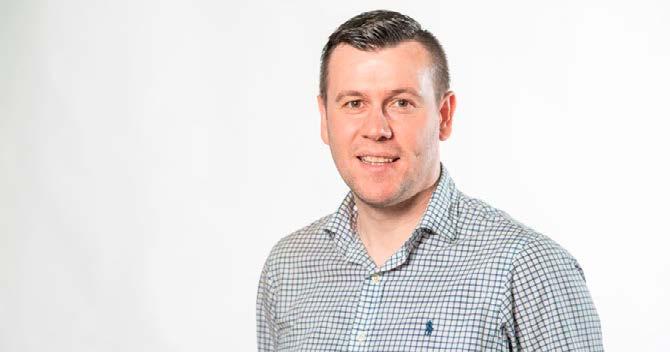
Aberdeen based OSSO completes significant decommissioning project, preventing 4,340m3 of crude oil sludge being sent to incineration
OSSO, specialists in fluid temperature control and separation solutions, announce the successful completion of a significant decommissioning project at a Scottish oil terminal for a multinational energy company. OSSO worked in partnership with another contractor to mitigate the need for 4,340 cubic metres of crude oil sludge to be tankered to incineration, achieve a cost saving exceeding seven figures and recover 1,280 cubic metres of usable oil. The project centred on the full decommissioning of an oil tank at the terminal, necessitating the complete removal of all hydrocarbons. OSSO’s separation capabilities allowed water to be introduced to the tank, enabling efficient pumping and significantly expediting the process by eliminating the need for manual waste removal.

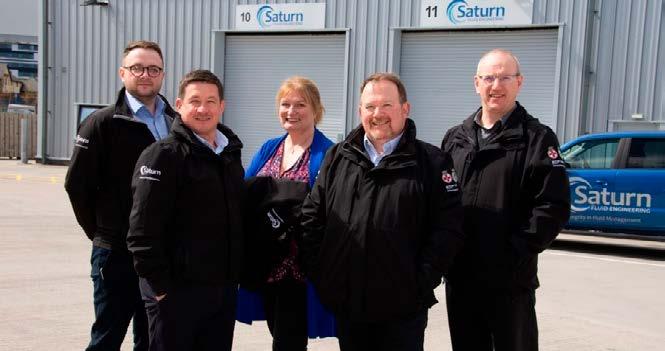
Hydraulics Specialist Announces Key Appointments in Aberdeen & Dundee
A leading hydraulics specialist has unveiled key appointments at its recently launched integrity division in Aberdeen, and at its Dundee headquarters.
Saturn Fluid Engineering recently announced plans to invest more than £500,000 in the creation of its new integrity division, Saturn Integrity Management Ltd which is based in 2000 sq. ft of warehouse and office space at Dyce Farm on the outskirts of Aberdeen.
Newly appointed Technical Manager Gerald Forbes has been involved with hydraulic and industrial hose and fittings since leaving college over 35 years ago while General Manager Les Brown brings 25 years of experience in hydraulic hose manufacturing and inspections services to his new role with the company.
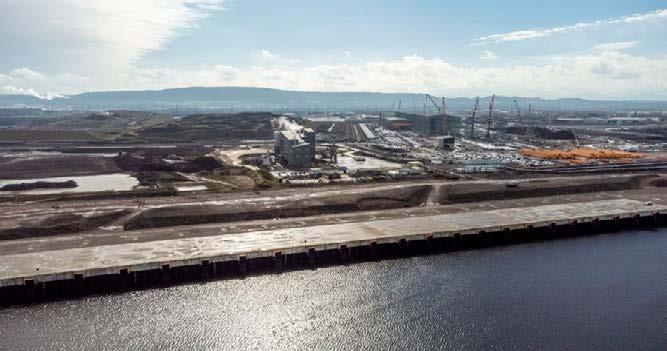
ASCO wins major contract to provide services to the UK’s biggest freeport
Global integrated logistics and materials management specialist, ASCO, has been awarded a major contract to provide a range of services at Teesworks in North East England, the UK’s largest freeport.
The contract, which will run for an initial term of three years, represents a significant move forward for the company, which is building on its existing oil and gas and wider energy expertise to grow its footprint in new energy markets around the world.
The work, which will include quayside planning and scheduling, operations coordination, vessel scheduling, stevedoring and internal distribution services, will focus on Teesworks’ South Bank Heavy Lift Quay, which incorporates a new 450-metre quay to service the offshore energy sector.
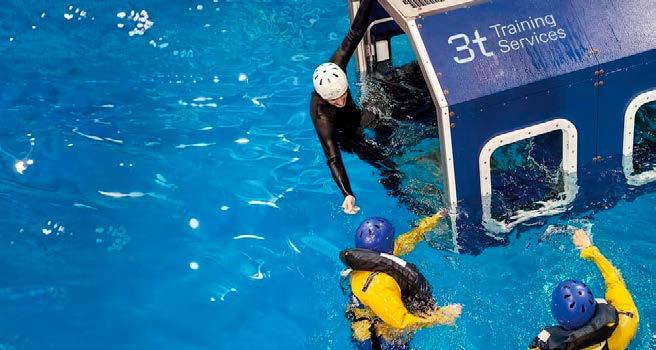
3t secures $100 million of financing to drive ambitious growth trajectory
• 3t, the market-leading provider of safetycritical sector training, learning technology, and simulation solutions, achieves a significant milestone by raising USD $100mn through a successful bond issuance.
• The new funding will enable 3t to pursue planned strategic acquisitions designed to boost its growth trajectory, competitiveness and its continuing commitment to innovation.
• "Our successful bond issuance marks a pivotal moment for 3t as we continue to pursue our ambitious growth objectives through 2024, and beyond," said Kevin Franklin, CEO of 3t.
3t, a pioneering leader in the provision of training, learning technologies and simulation solutions for safety-critical industries, has achieved a significant milestone in its growth trajectory by successfully issuing bonds on the Norwegian Stock Market, raising USD $100mn in financing to aid planned strategic acquisitions.
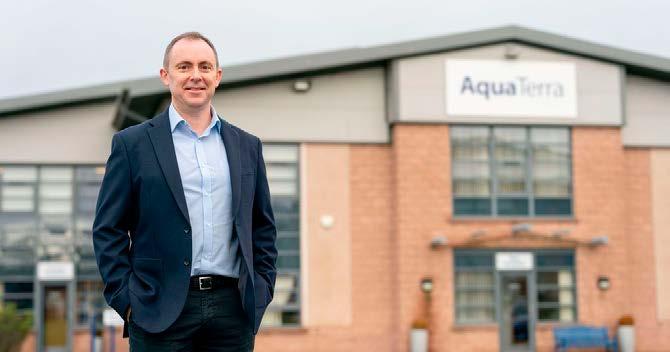
AquaTerra Group secures decommissioning projects worth seven figures
Aberdeenshire headquartered integrated services provider, AquaTerra Group, has announced four significant decommissioning contract wins totalling a seven-figure sum. These latest projects represent a notable increase in AquaTerra’s roster of decommissioning projects between 2023 and 2025.
While late life and decommissioning services are not new areas of work for AquaTerra, the past year has marked several firsts including the first time that the company has been subcontracted by Dutch offshore contractor, Allseas.
Allseas has entrusted AquaTerra with a contract on Enquest’s Heather Alpha platform supporting the EPRD project through the provision of engineering, fabrication, access, and construction teams to complete underdeck preparation scopes for topside removal.
www.ogv.energy I June 2024 COMMUNITY NEWS
FIND ALL THE FULL COMMUNITY NEWS ARTICLES ON THE OGV ENERGY WEBSITE DO YOU WANT YOUR NEWS FEATURED ON OUR MAGAZINE, WEBSITE & DIGITAL PLATFORMS? JOIN THE OGV COMMUNITY TODAY!
8


Sonihull: The world’s leading ultrasonic antifouling specialist KAE-Logo-Colour-1700x1700
Wherever there is unwanted marine biofouling. From tugboats to oil tankers, wind farms to fish farms, Sonihull is working with industry leaders to create cost-effective ultrasonic antifouling solutions that reduce drag, cut fuel consumption, increase service intervals and leave no poisonous environmental legacy.
www.sonihull.com

As a trusted global partner with 26 years of experience, we have worked on more than 700 assets globally. With a focus on Health, Safety, Environment and Quality (HSEQ), we are dedicated to helping our clients achieve their goals of maximum production uptime, zero harm and operational efficiency.
www.axessgroup.com/
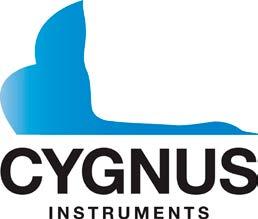
Cygnus Instruments Ltd is the leading manufacturer of multiple-echo ultrasonic thickness gauges used for measuring remaining metal thickness without the need to remove protective coatings.
www.cygnus-instruments.com

Field Engineering Services LTD Value and supply to meet customers’ requirements. From Hire, Sales Service along with all works designed and supplied, through to Installation and commissioning of complete turnkey generator packages from 5kVA till 2000kVA packaged projects by our team.
www.field-engineering-services.co.uk

Rampart Products was born from a desire to provide great customer service with a reasonable delivery time to those in need of HPHT electrical connectors. Rampart Products’ team is comprised of individuals who offer decades of engineering experience in the oil and gas industry. Skill sets range from designing complete downhole tool systems to creating efficient manufacturing processes, along with in-depth knowledge of engineering design and manufacturing of HPHT electrical connectors.
www.rampartproducts.com

Our customers are facing a challenging future. They want a flexible and viable partner to support them in a world of changing expectations. EthosEnergy turns on potential to deliver services and solutions globally for rotating equipment to make energy affordable, available and sustainable.
www.ethosenergy.com

We are an Aberdeen-based valve maintenance and testing facility, providing the highest levels of expertise and service to ensure your probes are repaired and returned with minimum disruption to your operations. We have the facility to carry out a thorough test and inspection of your probes and have access to a robust supply chain should any replacement parts be required.
www.valvetec-services.com

Ampelmann is the leading offshore access provider that delivers safe and efficient access solutions to the global offshore energy sector. Its innovative approach to offshore access has propelled the company forwards as a key global player with strong local presences in Europe, Africa, Asia Pacific, Middle East and the Americas.
www.ampelmann.nl

KYSTDESIGN delivers a wide range of products for various industries as oil & gas, survey, fish farming, ocean research, search/rescue and navy.
Our strength is multidisciplinary knowledge of technical issues at every level, from system level down to component level, from definition and design to prototyping and qualification.
www.kystdesign.no

LATEST OGV COMMUNITY SIGN-UPS
North Sea Energy Review UK
By Tsvetana Paraskova
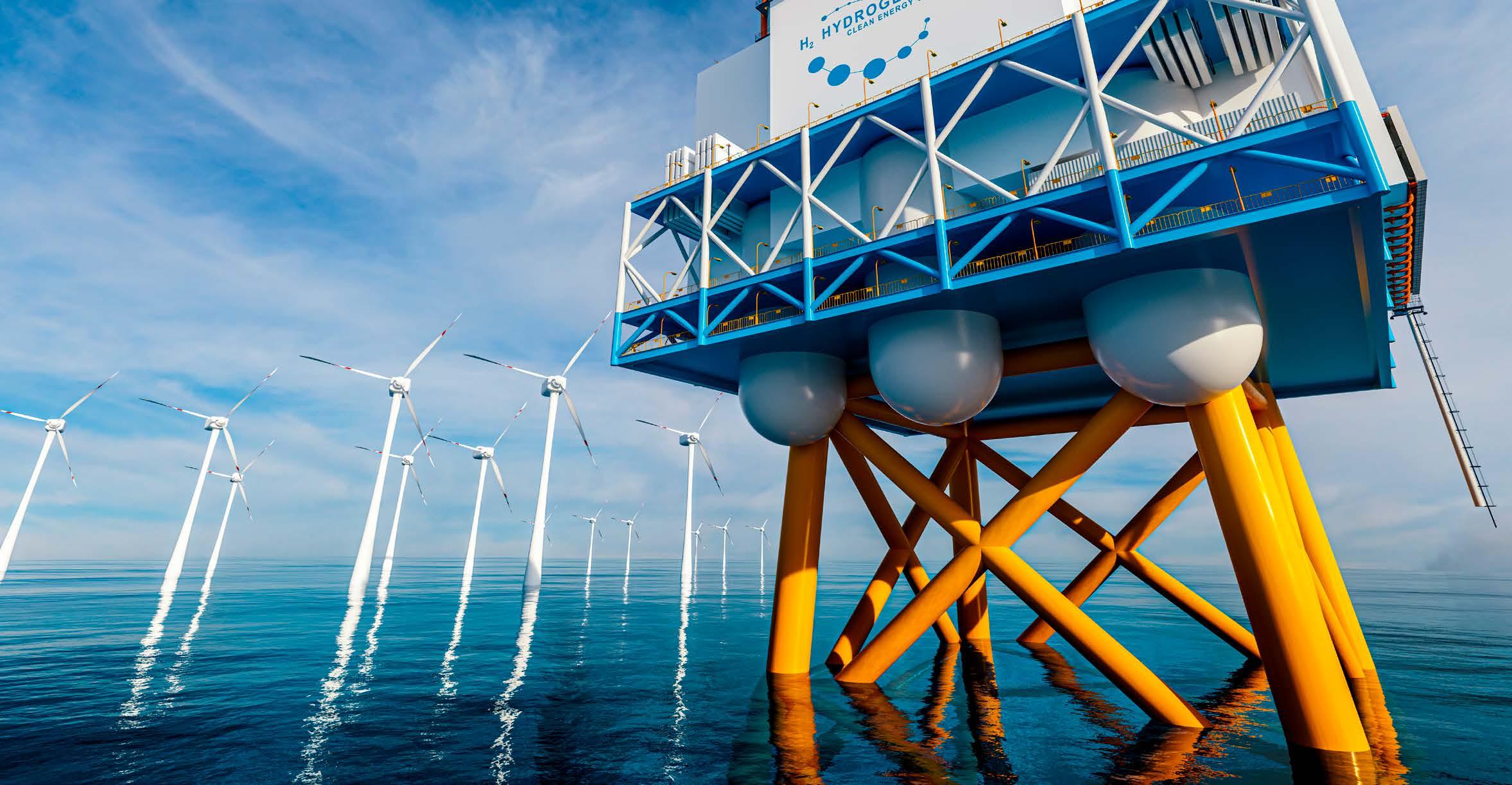
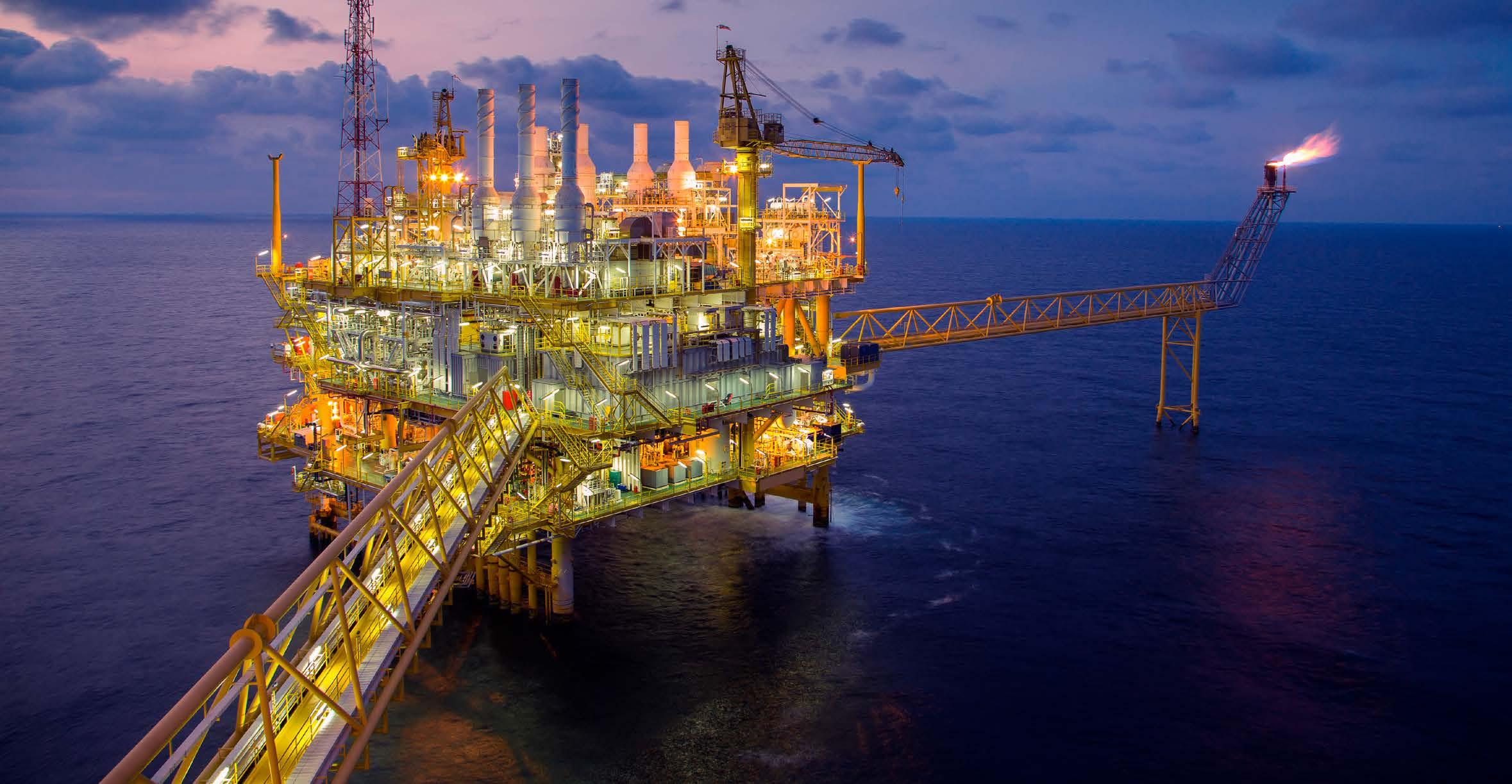
The latest offshore licence awards, the potential of the energy supply chain, a major acquisition, and field development updates featured in the UK North Sea oil and gas sector in the past month.
The North Sea Transition Authority (NSTA) offered in early May a further 31 licences in the latest and final phase of the 33rd oil and gas licensing round.
A total of 82 offers to 50 companies have now been made in the round which attracted 115 bids from 76 companies across 257 blocks and part-blocks.
The licences offered in the round would be expected to add an estimated 600 mmboe up to 2060, or 545 mmboe by 2050. The first tranche offered 27 licences in October 2023, with the second offering 24 licences in January 2024.
“The North Sea is an important resource for energy security and net zero delivery, so it’s vital that sectors collaborate to ensure those systems can co-exist,” NSTA said.

“Following discussions with our partners in The Crown Estate and Crown Estate Scotland, we have introduced a new clause for overlapping oil and gas licences and wind leases for the first time. This will be the main commercial mechanism for these licences to resolve spatial overlaps and to support co-existence of these important industries,” it added.
NSTA is currently giving further consideration to a small number of remaining applications and a few more licences may be offered at a later date.
The licences awarded in the final phase of the 33rd round are chiefly for gas extraction from the southern North Sea, with the potential to come on stream to power and heat the UK’s businesses and homes within the next five years, Offshore Energies UK noted.
The licence offer “strengthens energy security and business confidence across all sectors as the expansion into wind, hydrogen and carbon capture and storage accelerates,” the main UK offshore industry body said.
RenewableUK, however, believes that the UK should prioritise offshore wind farms over oil and gas projects in the overlapping areas.
“Whilst we welcome the efforts of the North Sea Transition Authority, The Crown Estate and Crown Estate Scotland to work together on reforming the rules governing oil and gas co-location with offshore wind farms, we need much greater prioritisation of renewables over oil and gas in spatial planning. Offshore wind is going to be the backbone of our future system, not fossil fuels,” said RenewableUK's Chief Executive Dan McGrail.
“Prioritising offshore wind over oil and gas isn’t just the right choice for the planet, but given renewables are the lowest cost means of generating power, we should be doing this for billpayers.”
NSTA said in a separate report in May that North Sea oil and gas operators could invest up to £3 billion in 14 major projects capable of cutting up to 32 million tonnes of lifetime CO2e emissions from their production activities, a quantity greater than London’s estimated annual emissions in 2021. NSTA analysed the annual performance review of the UK’s top 20 operators and found that their
projects involve using low-carbon power on platforms, installing technologies designed to eliminate routine flaring and venting, and hydrogen. They could potentially go live between 2024 and 2030 on new and existing projects, making a significant contribution to achieving the sector’s emissions reduction targets.
However, final investment decisions have been secured for fewer than half of these projects to date, highlighting that there is still work to do, the industry regulator said.
The UK’s oil and gas sector supply chain possesses between 60 percent and 80 percent of the capabilities required to develop the UK’s low carbon energies, but targeted investment is vital to capture the potential of an estimated £150 billion opportunity, independent research and business intelligence company Rystad Energy said in a new report commissioned by OEUK.
New data reveals the urgent need for strategic action to help supply chain companies seize the potential of a projected 4-percent yearly increase in spending in real terms across offshore and onshore activity. Forecasts indicate this major growth phase will occur across the UK’s floating wind farms, new hydrogen schemes, and carbon capture and storage projects from 2023 to 2040. The successful delivery of these emerging low carbon energies will hinge on the existing oil and gas supply chain delivering into them, Rystad Energy’s analysis found.
“We are in a global race for energy investment and the jobs this represents so we need long-term policies and a globally competitive tax system to make this happen,” said Katy Heidenreich, OEUK’s Supply Chain and People Director.
“That means wider recognition of our supply chain’s strategic strengths and of the capital expenditure required for companies to scale up capabilities to secure this huge opportunity.”
According to OEUK, strategic investment now will prevent erosion of the UK’s worldclass capabilities, which have a pivotal role in supporting the build-out of low carbon energies.


www.ogv.energy I June 2024
UK NORTH SEA REVIEW SPONSORED BY
Data science company Empirisys and member-led safety organisation Step Change in Safety (SCIS) have launched their Process Safety Workforce Survey, which showed a confident and reflective industry. And “among a series of well-performing themes, competency is an industry-wide strong point with some of the highest scores in the survey,” according to responses from more than 450 senior leaders from 73 companies.
In company news, Italy’s Eni SpA announced at the end of April it had reached an agreement on the combination of substantially all of its upstream assets in the UK, excluding East Irish Sea assets and CCUS activities, with Ithaca Energy, marking a strategic move to significantly strengthen its presence on the UK Continental Shelf. Under the terms of the agreement, Eni and Ithaca will combine the Eni UK Business with the existing Ithaca business. The economic effective date for the combination will be 30 June 2024, while completion of the deal is expected in Q3 2024, subject to the satisfaction of certain regulatory and other customary conditions, Eni said.
Hartshead Resources has announced that the P2607 Joint Venture (JV) is continuing work on the Phase 1 Gas Field Development of the Anning and Somerville Gas Fields, assuming various possible fiscal scenarios. The JV is committed to progressing the project, subject to receiving certainty regarding future fiscal policy and confirms that the current 2024 JV budget remains in place.
Gas producer Kistos has become the sole owner of two fast-cycle gas storage sites in the UK, after it paid EdF £25 million for the assets, one of which is inactive. The transaction marks Kistos’ entry into the gas storage sector providing business diversity to its upstream portfolio. The deal also provides business diversity and would be valuable as the UK relies more on intermittent renewable energy. One of the assets, Hill Top, has a working gas capacity of 17.8 million therms, with an ongoing programme to increase this volume to 21.2 million therms in the short term. Hill Top currently accounts for 3.1 percent of the UK's total available onshore gas storage capacity and, due to the fast cycle nature of the facility, can deliver up to 11 percent of the UK's flexible daily gas capacity if called upon, Kistos said.
The other facility, Hole House, at which operations have been suspended since 2018, provides an option to increase the Kistos’ proportion of the UK's total onshore gas storage materially with reactivation. Delivering a plan to get these facilities back online is a priority, the company said.
Petrofac said in the middle of April that it had been awarded a contract extension by bp, continuing support across its North Sea portfolio. Under the terms of the three-year, multi-million-dollar contract, Petrofac will provide maintenance and engineering services for bp.
Two weeks later, Petrofac announced a delay to its audited full year 2023 results which it expects to publish by 31 May 2024. The company also reported the progress made with creditors on its financial restructuring.
As part of the group’s ongoing financial restructuring, an ad-hoc group of senior secured noteholders have made a non-binding proposal to provide further credit to the business of up to US$300 million, comprising US$200 million of new funds and US$100 million of credit support to help secure performance guarantees for certain of its existing contracts.
Petrofac is in active discussions with credit providers to obtain the required guarantees, which would also release more than US$200 million of collateral and retentions.
Balmoral Comtec, a Balmoral Group company and a major provider of buoyancy, protection, and insulation services to the global offshore energy market, has secured a multi-million-pound contract from TechnipFMC to supply more than 600 buoyancy modules for Equinor’s Rosebank project. The company will provide engineering, design, and manufacture of buoyancy modules from its base in Aberdeen and the modules will be installed on flexible risers and umbilicals.
Deltic Energy Plc said at the end of April that following commitment to the appraisal well in December 2023, operational planning for the Pensacola appraisal well has continued to progress according to plan. In anticipation of drilling the Pensacola appraisal well, long lead items have been ordered, the geophysical site survey over the proposed well location has been completed and the final geotechnical site survey is scheduled to take place in May/June 2024, the company said.
PBS has secured an extension to the General Maintenance and Operations Contract (GMOC) awarded by TotalEnergies in 2020 to cover its North Sea assets. With over a year still to serve on the existing five-year contract, PBS were already making plans for continued safe and efficient delivery into mid-2025. After 2023 concluded with a positive performance outcome for PBS across the range of services covered under the contract, PBS are pleased to announce that TotalEnergies has chosen to initiate this extension of the original contract, extending the GMOC services through to May 2026.
Shelf Drilling has announced that a subsidiary of Shelf Drilling (North Sea), Ltd secured a contract for the Shelf Drilling Fortress jack-up rig with a North Sea operator for operations in the UK Continental Shelf. The estimated duration of the contract is 400 days with contract value of approximately US$54 million. The planned start-up of operations is August 2024 in direct continuation of the rig’s current contract.
Wood has been awarded a new decarbonisation contract by TotalEnergies (TEPUK) to support flare gas recovery in the North Sea. The 23-month contract, part of the Elgin-Franklin Flare Gas Recovery System Project, follows Wood’s successful completion of a field study and frontend engineering design (FEED) and includes the coordination of operations, procurement and design aspects for the Elgin asset. Led by Wood’s team in Aberdeen, this contract will see the company create 40 new positions on and offshore.

11 UK ENERGY REVIEW
Europe Energy Review
By Tsvetana Paraskova
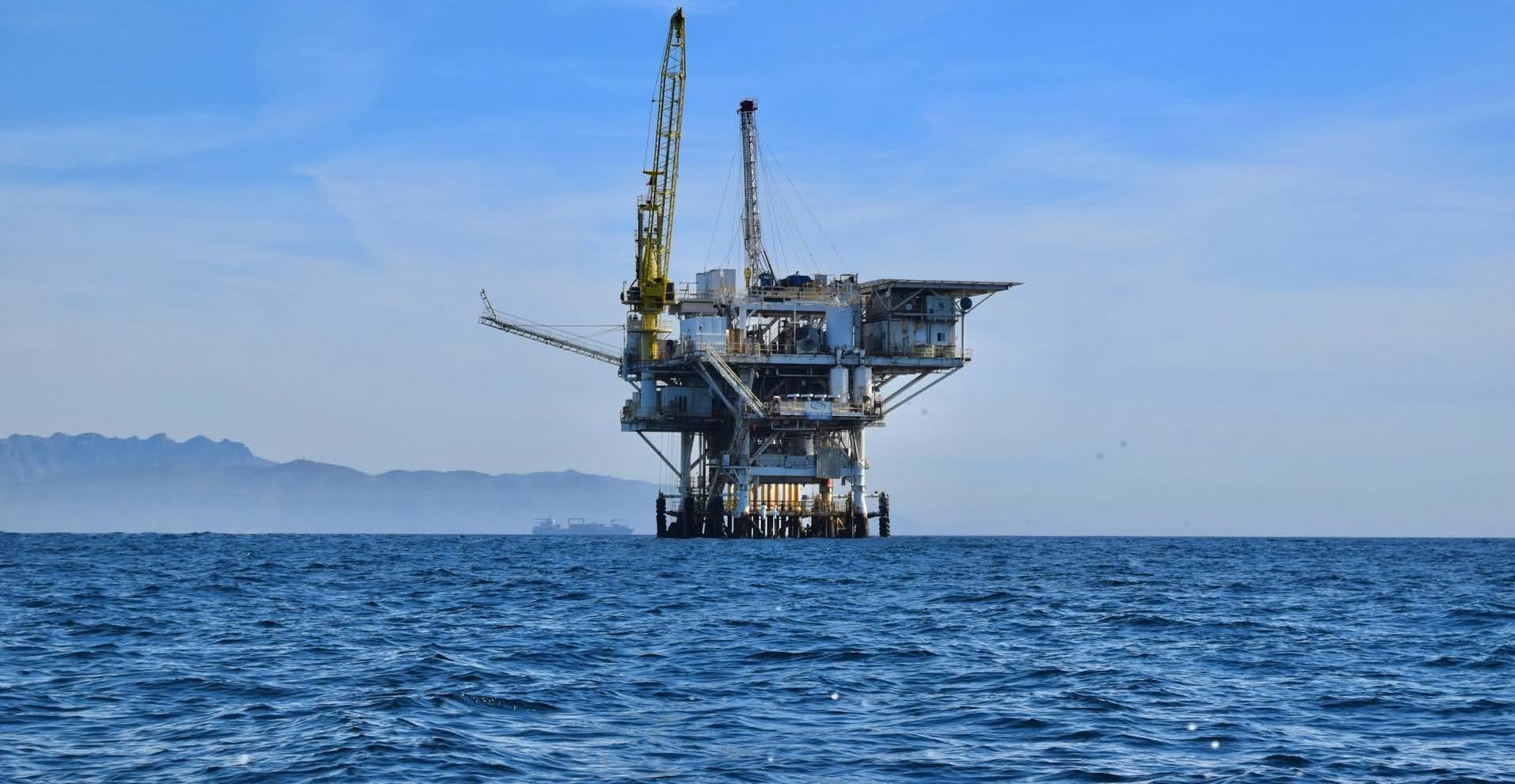
Production starts, new field development plans, and discoveries offshore Norway, Scotland’s emissions targets, and a growth plan for a strong UK offshore wind supply chain were some of the major headlines in the European energy sector in the past month.
Oil & Gas
At the end of April, Norwegian Energy Minister Terje Aasland received the field development plan for a new North Sea oil and gas field that will be tied back to an existing platform and is expected to cost 6.3 billion Norwegian crowns, or around $576 million.
The field operator, OKEA, has submitted the plan for development and operation (PDO) of the oil and gas field Bestla, to be tied back to the Brage platform, which would extend the life of the Brage field, the Norwegian Energy Ministry said.
Earlier in April, OKEA and its partners in the Brasse field renamed it Bestla and took the final investment decision to proceed with the Bestla development in a tie-back to the nearby production facilities of the Brage field. Bestla’s was the first field development plan submitted to the minister this year.
Aker BP announced that production had started from the Hanz field in the North Sea. Hanz, operated by Aker BP, with Equinor and Sval Energy as partners, is a subsea field development tied into the Ivar Aasen platform about fifteen kilometres further south.
Total investments are estimated at close to NOK 5 billion (around $457 million) and total reserves are around 20 million barrels of oil equivalent.
In another first production, the licensees of the Eldfisk Field, operated by ConocoPhillips Skandinavia AS, announced in early May successful first oil production on the Eldfisk North Project in the Greater Ekofisk Area in the
North Sea. The project comprises three 6-well subsea templates located approximately seven kilometers from the Eldfisk Complex and will use available capacity at Eldfisk 2/7 S for processing and transportation, utilizing existing infrastructure in the Greater Ekofisk Area. Eldfisk North has a total resource potential in the range of 50-90 million barrels of oil equivalent.
Vår Energi has confirmed the discovery of oil in the Balder area in the Central North Sea. The latest Ringhorne North exploration well in production license (PL 956) was successful with estimated recoverable resources of between 13 and 23 million barrels of oil. Vår Energi, as operator, considers the discovery a potential commercial candidate to be tied into nearby existing infrastructure in the Balder area.
Low Carbon Energy
The Scottish Government in April abandoned its key interim target on its road to 2045 net zero by scrapping a goal to reduce emissions by 75 percent by 2030.
The UK’s Climate Change Committee said in March that “Scotland’s 2030 climate goals are no longer credible.”
The committee no longer believes that the Scottish Government will meet its statutory 2030 goal to reduce emissions by 75%, it said in March, citing continued delays to the updated climate change plan and further slippage in promised climate policies.
Now the Scottish government announced new legislation would be brought forward


www.ogv.energy I June 2024
Credit: Zachary Theodore on Unsplash
to introduce multi-year ‘Carbon budgets’ replacing the current, annual targets. In light of the UK-wide Climate Change Committee’s recent rearticulation that the 2030 target for emissions reduction is not achievable, this will no longer be a statutory target, the government said.
In April, RenewableUK, the Offshore Wind Industry Council, The Crown Estate, and Crown Estate Scotland published a detailed Industrial Growth Plan, setting out how to triple offshore wind manufacturing capacity over the next ten years that would help firmly establish the UK as a leader in a surging global market.
“The measures set out in the Industrial Growth Plan (IGP) would support an additional 10,000 jobs a year and boost the UK’s economy by a further £25 billion between now and 2035, if we accelerate offshore wind deployment in line with our net zero targets to 5-6 gigawatts a year,” the industry associations said.
The report found that co-locating solar projects with battery storage could reduce the cost of building and running battery projects by 50 percent.
RenewableUK’s EnergyPulse database shows that at present only 12 percent of wind and solar farms in the UK are co-located with batteries or hydrogen electrolysers, but the report states that has the potential to surge in the years ahead to meet the expected increase in electricity demand if the right policy framework is put in place.
“The UK has the second largest global pipeline of offshore wind projects at all stages of development at nearly 100GW - more than six times our current capacity.”
“The UK has the second largest global pipeline of offshore wind projects at all stages of development at nearly 100GW - more than six times our current capacity.”
The plan has identified five key technology areas in which the UK should prioritise investment to secure value for UK industry. These include the design and manufacture of offshore wind blades and turbine towers, foundations, cables and other key components and services for projects here and abroad.
National Grid is inviting communities in East Lindsey, Boston and South Holland in Lincolnshire, and King’s Lynn and West Norfolk, to view proposals for two new primarily offshore electricity infrastructure projects. Eastern Green Link 3 (EGL 3) and Eastern Green Link 4 (EGL 4) will be able to transport enough clean energy generated in Scotland to power up to four million homes in the Midlands and South of England, according to National Grid.
The projects form part of The Great Grid Upgrade, the largest overhaul of the grid in generations, with new infrastructure across England and Wales helping the UK to meet its net zero ambitions, reduce its reliance on fossil fuels, and contribute to lower energy bills over the long-term.
Building more energy storage projects alongside onshore wind and solar farms reduces electricity system costs, benefitting billpayers in the long term, a new report by RenewableUK showed in April.
The report also sets out the case for reforming the planning system and introducing financial support mechanisms to encourage more battery storage and green hydrogen projects to “co-locate” at sites where clean electricity is generated throughout the UK.
In another report, RenewableUK said that the UK pipeline of battery projects has grown by two-thirds in capacity over the last year. The organisation’s latest EnergyPulse Energy Storage report showed that the total pipeline of battery projects –including operational, under construction, consented or being planned – has increased from 57.1 gigawatts (GW) a year ago to 95.6 GW, which is enough to fully charge more than 2.6 million electric vehicles. Operational battery storage capacity has grown to 4.4 GW, and the capacity of projects under construction has reached 4.3 GW. A further 30.4 GW has been consented, 26 GW has been submitted in the planning system, and 30.4 GW is at an early stage of development but yet to be submitted, RenewableUK said.
The European Commission is awarding nearly 720 million euros to seven renewable hydrogen projects in Europe, selected through the first competitive bidding process under the European Hydrogen Bank.
The winning bidders will produce renewable hydrogen in Europe and will receive a subsidy to bridge the price difference between their production costs and the market price for hydrogen, which is currently driven by non-renewable producers. The renewable hydrogen they produce will be used in sectors such as steel, chemicals, maritime transport, and fertilisers.
Denmark has announced the largest procurement procedure for offshore wind power, aiming to enable the establishment of at least 6 GW offshore wind power, to be completed in 2030. The tenders will be held for six sites in the areas North Sea I, the Kattegat, Kriegers Flak II, and Hesselø.
In Germany, the federal network agency Bundesnetzagentur announced at the end of April the successful bids in the auction that ended on 1 March 2024 for groundmounted solar photovoltaic (PV) installations. The auction round was “very significantly oversubscribed,” the agency said.
The statutory expansion targets meant that the auction volume had increased from 1,611 megawatts (MW) in the previous round to 2,231 MW. There were 569 bids with a combined volume of 4,100 MW. A total of 326 bids with a combined volume of 2,234 MW were successful, Bundesnetzagentur said.
In company news, Octopus Energy has invested in Ocergy, which is disrupting the floating offshore wind market with an innovative approach to designing and manufacturing floating foundations, drastically reducing the time and cost of building them.
Ocergy, headquartered in the US and with operations in France, is pioneering a hyperlocal supply chain approach, working with local manufacturers and creating green jobs in the areas where the turbines are installed, Octopus Energy said.
Flotation Energy and Vårgrønn, a joint venture between Plenitude (Eni) and HitecVision, have announced that their pioneering floating offshore wind project, Green Volt, has been granted offshore planning approval. When completed, Green Volt will include up to 35 floating wind turbines, providing up to 560 MW of renewable energy capacity. As part of Crown Estate Scotland’s Innovation and Targeted Oil & Gas (INTOG) leasing round, the project will deliver renewable electricity to oil and gas platforms, replacing existing natural gas and diesel power generation.
The Port of Blyth has announced record financial performance for the third consecutive year as it continued to excel as a leading offshore energy support base, mobilising two of the world’s largest offshore windfarms and providing significant vessel and onshore handling activity.
Drax has said it would invest £80 million in a major refurbishment of its ‘Hollow Mountain’ Cruachan pumped storage hydro power station in Scotland, increasing its capacity and supporting UK energy security. The project will see the generating capacity of two of the plant’s four units increased by a combined 40 MWs to raise the facility’s total generating capacity to 480 MWs.
BW Ideol, a floating offshore wind firm, and Holcim, a provider of innovative and sustainable building solutions, have signed a Memorandum of Understanding (MoU) for a feasibility study on supplying beneficial lowcarbon concrete for the floating offshore wind industry, with particular reference to Scotland. The collaboration includes developing specific durable maritime low-carbon concrete mixes with enhanced mechanical performance perfectly suited to slipform application.
RWE is progressing proposals to develop a green hydrogen production facility on its land adjacent to Pembroke Power Station in South Wales. RWE’s plans include a circa 110Mwe electrolysis green hydrogen production facility and a 1.5-km pipeline running west to connect to nearby industry. Once operational, the site will be capable of producing two metric tonnes of hydrogen every hour with oxygen as the only significant by-product from the plant.

13 EUROPEAN ENERGY REVIEW EUROPE NEWS SPONSORED BY
Energy Review USA
By Tsvetana Paraskova
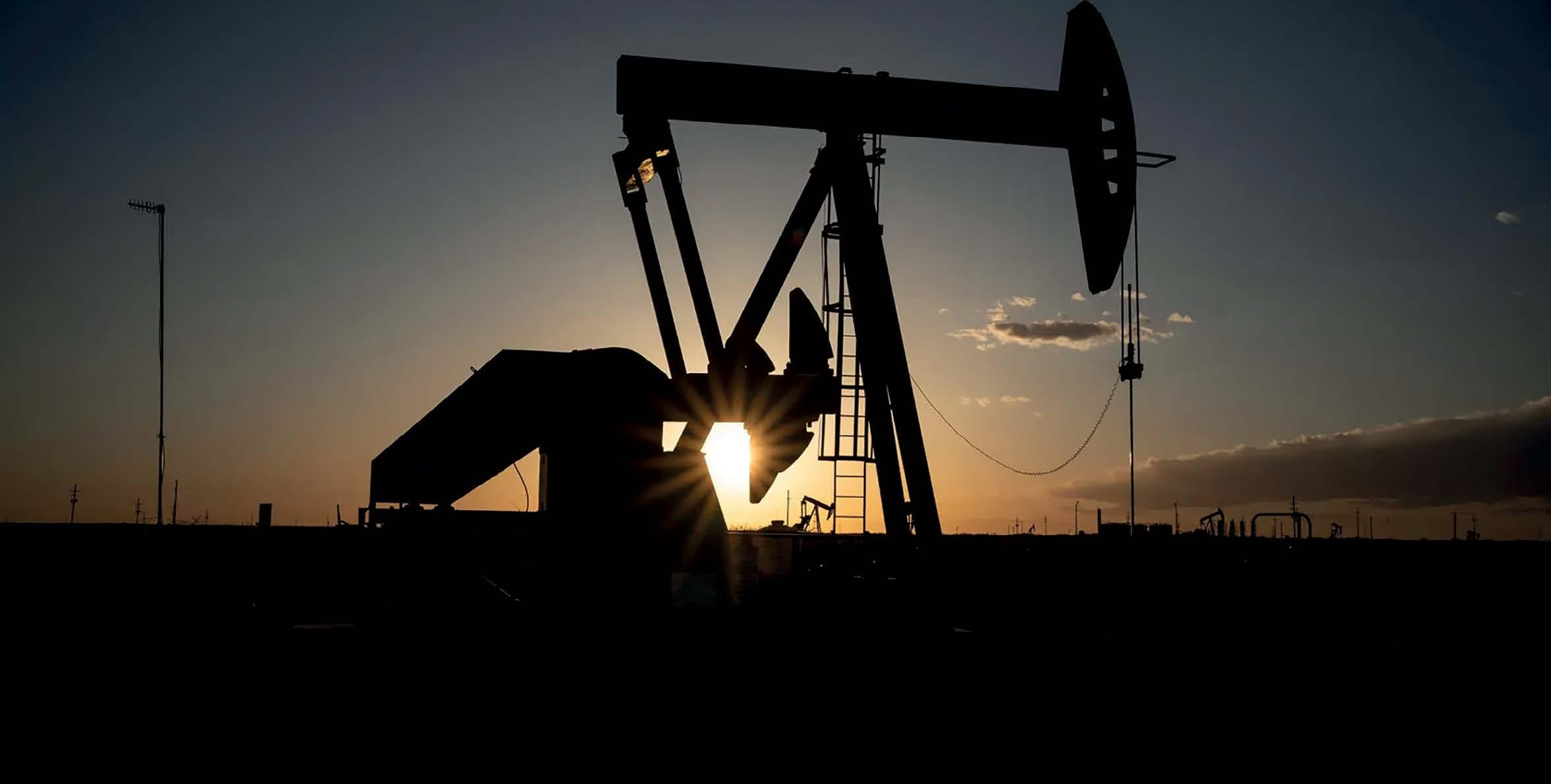
While the US upstream oil and gas sector saw a record start to a year for mergers and acquisitions, the industry criticized, again, new rules and regulations of the Biden Administration to limit access to federal drilling and impose strict environmental rules on coal and new natural gas-fired power plants.
mergers and acquisitions (M&As) in the US upstream sector, with a total of $51 billion in announced deals in the first quarter, Enverus Intelligence Research (EIR) said in a report at the end of April.
The Permian Basin drove most of the dealmaking in Q1 2024, but the pace slowed in March and the second-quarter appears to have lost momentum, according to EIR.
Consolidation in Q1 was mostly driven by the sale of privately held Endeavor Energy Resources to publicly held Diamondback Energy in a $26 billion buyout sale, which was the biggest sale of a private company Enverus has tracked.
The acquisition of Endeavor puts Diamondback in the front row among Permian-centric exploration and production companies, giving it a scale comparable to Pioneer Natural Resources prior to its sale to ExxonMobil, Enverus noted.
APA also expanded in the Permian, through a public merger with its purchase of smaller company Callon Petroleum for $4.5 billion.
Those two deals, plus a few smaller bolt-on acquisitions, gave the Permian a 60-percent share of total transacted upstream value in the first quarter, EIR’s analysis showed.
“Deals at the start of 2024 were driven by the same factors that led to last year’s marathon
available,” said Andrew Dittmar, principal analyst at EIR.
“Most of that inventory is going to be found in the Permian, so it is unsurprising the prolific basin was yet again the primary driver for M&A within oil and gas,” Dittmar added.
With high Permian values and increased regulatory scrutiny after the megadeals announced at the end of 2023, companies could start looking for acquisition targets beyond the Permian because of both higher fragmentation in other plays and lower prices, EIR reckons.
The evolving M&A landscape could include private companies taking the opportunity to reload portfolios after heavy selling to public exploration and production firms, the Enverus analysts say.
“Opportunities are still there for private equity, but they may need to get more creative,” Dittmar said.
“That could include exploring more secondary targets like deep intervals in the Permian or pushing into areas like the Central Basin Platform.”
European Majors Expand Exposure to US LNG
European majors have also made deals in the US oil and gas sector, particularly in natural gas, and the market could see further



www.ogv.energy I June 2024 Your Global Procurement Partner - Procurement Services - Spend Analysis - Cost + - Vendor Consolidation - Specification Sourcing - E-procurement ESWL Ltd, 4 Prospect Place, Westhill, Aberdeenshire, AB32 6SY ESWL Americas Inc, 1010 Goodnight Trail, Houston, TX 77060 sales@eswl-ltd.com | houston@eswl-ltd.com www.eswl-ltd.com SPONSORED BY
Getty IMages
Photo:
acquisitions of US assets by European companies, as they position themselves for long-term demand for oil and gas, Ed Crooks, Vice-Chair, Americas, at Wood Mackenzie commented on two recent transactions.
One of these was France’s TotalEnergies buying the 20-percent interest held by Lewis Energy Group in the Dorado leases operated by EOG Resources (80 percent) in the Eagle Ford shale gas play.
“This acquisition strengthens our production of natural gas in the United States, contributing to reinforce TotalEnergies' LNG integration with a low cost and low emission upstream gas feed,” said Nicolas Terraz, President, Exploration & Production at TotalEnergies.
Norway’s Equinor, for its part, agreed with US natural gas giant EQT Corporation to swap Equinor’s operated position in the Marcellus and Utica shale formations in Ohio for a stake in EQT’s non-operated interest in the Northern Marcellus formation. Under the agreement, Equinor will sell 100 percent interest in and operatorship of its onshore asset in the Appalachian Basin in southeastern Ohio, in exchange for 40 percent of EQT’s nonoperated working interest in the Northern Marcellus shale formation in Pennsylvania.
“While the deals are relatively small in terms of the assets changing hands, they point to an important trend: European companies want more upstream US gas production, in part, to support their LNG export positions,” WoodMac’s Crooks said.
Additionally, TotalEnergies and Vanguard Renewables, a organics-to-renewable natural gas production and a portfolio company of a fund managed by BlackRock’s Diversified Infrastructure business, have signed an agreement to create an equally owned joint venture to develop, build, and operate farm-powered renewable natural gas (RNG) projects in the United States.
New Biden Regulations Anger US Oil and Gas Industry
The US Administration finalised in April a strategy to help protect federal lands, including restricting access to drilling and mining in a large part of the National Petroleum Reserve in Alaska (NPR-A).
The Bureau of Land Management updated its regulations for the management and protection of the NPR-A for the first time in over 40 years to balance development of oil and gas with protection of the other natural resources in the Reserve. BLM published a final rule to maximise protections for more than 13 million acres in the western Arctic.
The rule does not apply to existing developments and projects, including the Willow oil project led by ConocoPhillips, which the Biden Administration approved last year, angering environmentalists and some of the Democrat base.
US Senators Lisa Murkowski and Dan Sullivan (both R-Alaska) and Representative Mary Sattler Peltola (D-Alaska) slammed President Joe Biden and his administration for making two more major adversarial decisions that will prevent responsible resource development in Alaska.
“Shutting down two of the world's most important energy and critical mineral developments in our country sends this message to the dictators in Iran, China and Russia: We won't use our resources to strengthen America, but we’ll become more dependent on yours,” Senator Sullivan said.
“Closing off NPR-A is a huge step back for Alaska, failing to strike a balance between the need for gap oil and natural gas and legitimate environmental concerns, and steamrolling the voices of many Alaska Natives in the decisionmaking process,” said Representative Peltola.
The American Petroleum Institute (API) said, via Senior Vice President of Policy, Economics and Regulatory Affairs Dustin Meyer, “At a time when the world is looking for American energy leadership, this is yet another step in the wrong direction.”
In another regulation, the US Environmental Protection Agency (EPA) announced at the end of April final rules on emissions reductions of power plants which would force coal-fired power plants that plan to run in the long-term and all new gas-fired plants to capture most of their carbon emissions.
“We remain concerned that EPA’s final rule fails to properly consider grid reliability and the need for new natural gas plants to maintain that reliability.”
The Administration needs to focus on removing barriers to building new generation capacity and fixing the broken permitting process to allow for the development of critical infrastructure – including carbon capture and hydrogen technologies, according to the API.
The Biden Administration also finalised in April a rule to reform the federal environmental review process under the National Environmental Policy Act (NEPA), which, the White House says, would pave the way for more efficient and effective federal permitting processes for clean energy and infrastructure.
The White House Council on Environmental Quality (CEQ) finalised a Bipartisan Permitting Reform Implementation Rule that includes setting clear deadlines for agencies to complete environmental reviews, requiring a lead agency and setting specific expectations for lead and cooperating agencies, and creating a unified and coordinated federal review process.
At a time when the world is looking for American energy leadership, this is yet another step in the wrong direction.”
While existing natural gas-fired plants will be exempted from the final rules, new gas plants, as well as coal-fired power plants that would run in the long term, need to control 90 percent of their carbon pollution, EPA’s rule says.
API’s Meyer commented,
The administration of former president Donald Trump reversed in 2020 some NEPA provisions for the first time in decades.
API criticised the new Biden Administration rule on some NEPA provisions, too.
“This final rulemaking is the opposite of what is needed to create a durable and predictable permitting review process to unleash energy investment in America,” Dustin Meyer said.
“NEPA will continue to be the most litigated environmental statute, resulting in more uncertainty, more stalled projects, and more taxpayer dollars drained from agencies and the courts.”
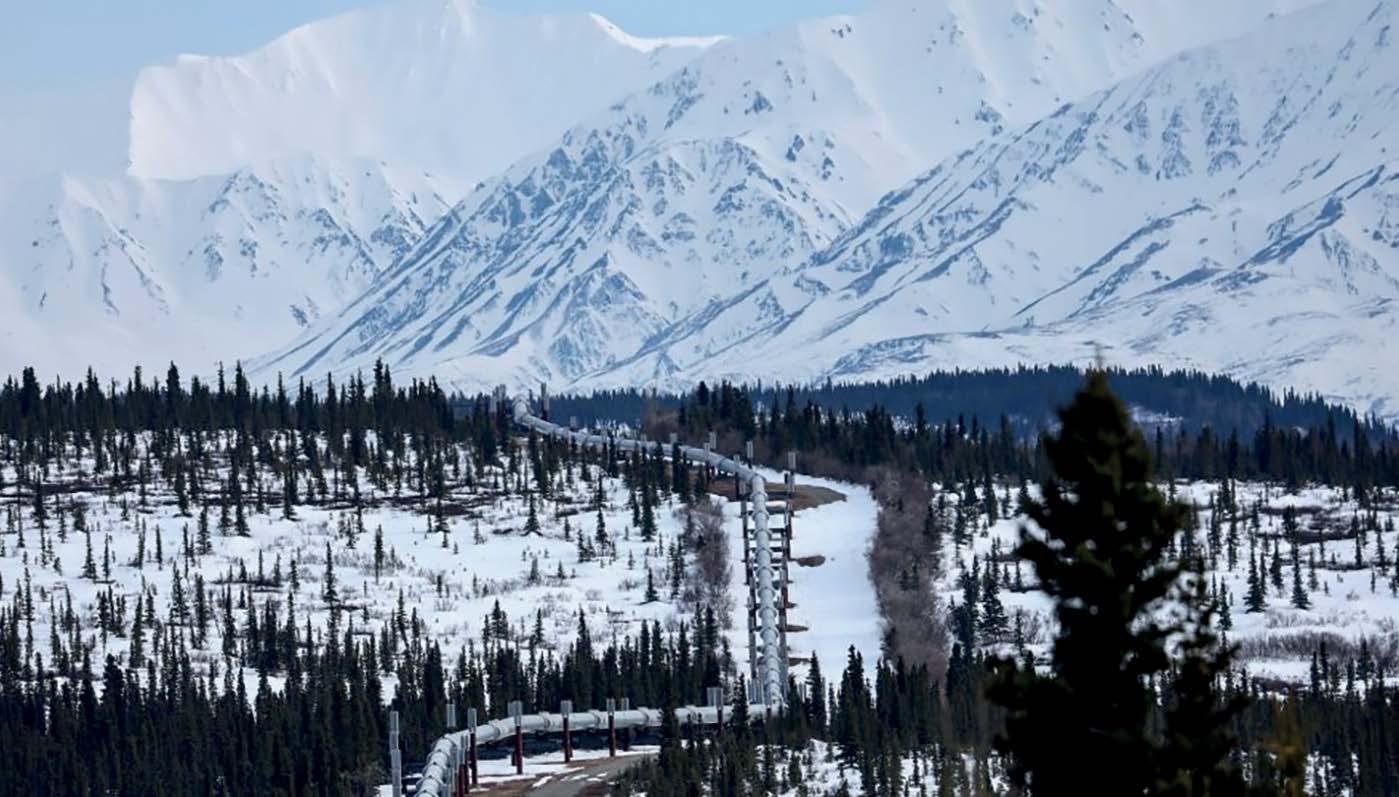
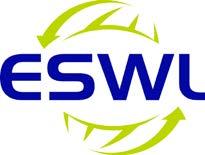

15 USA ENERGY REVIEW
USA NEWS Sponsored by:
MIDDLE EAST Energy Review
By Tsvetana Paraskova
Tensions in the Middle East Ebb and Flow

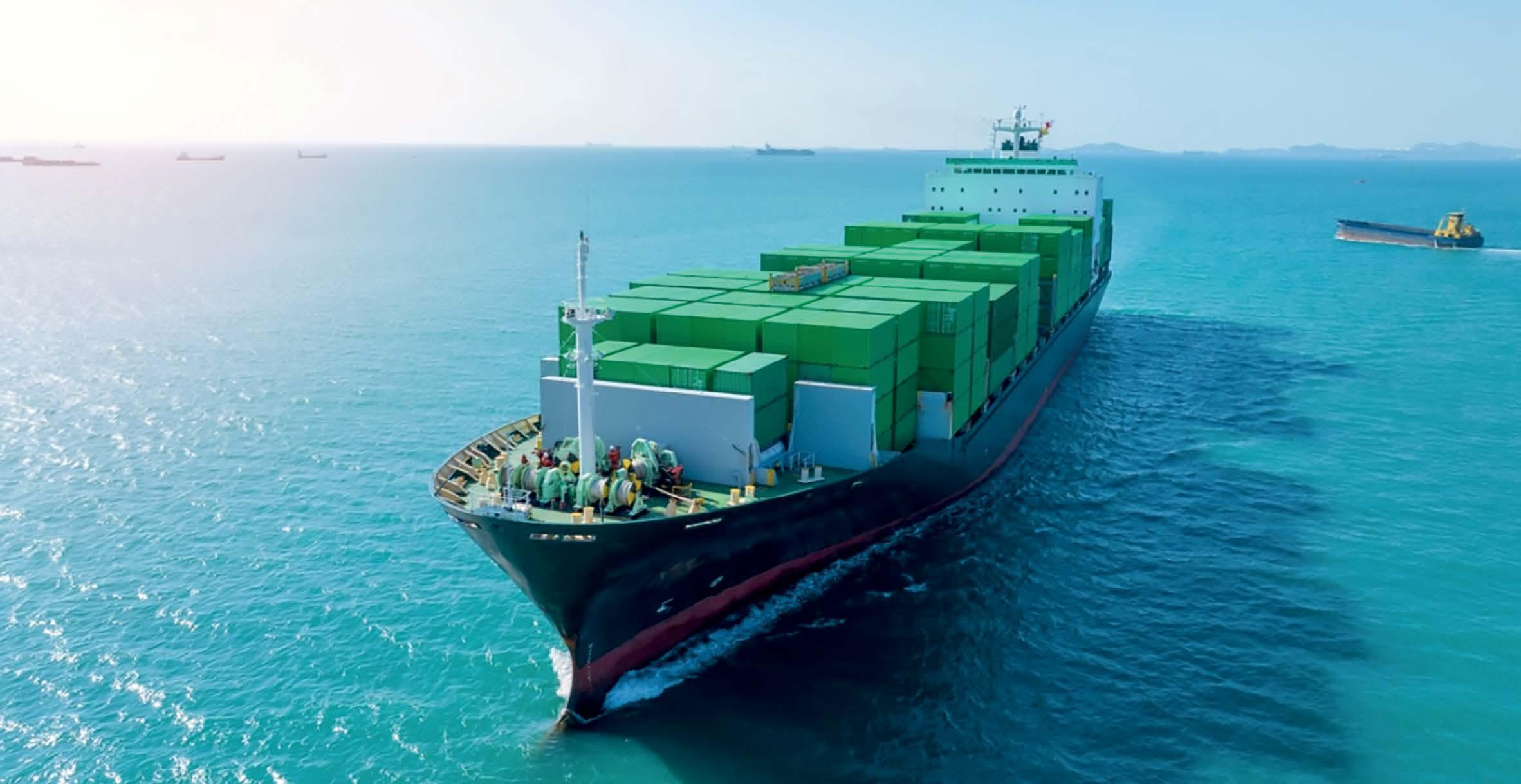
The headlines in the Middle East oil and gas industry in recent weeks included a standoff between Iran and Israel that led to a brief oil price spike, OPEC expecting strong summer oil demand, the OPEC+ group continuing work with Iraq and Kazakhstan on their plans to compensate for overproduction in the OPEC+ deal, and Saudi Aramco reporting first-quarter profits and being named a disruptor in the AI field.
The geopolitical premium in oil and commodity prices jumped in early April, only to subside by the end of the month after Israel and Iran backed off from a major escalation in tensions. The market continues to be on edge as the risk premium, although faded, has not entirely vanished. Brent oil prices reached their highest level so far this year, at just above $90 per barrel, prompting some analysts to forecast $100 a barrel oil in the summer. The eased tensions in the Middle East, however, led to a drop in prices in early May, with traders and speculators shifting their attention back to fundamentals and the next moves from the OPEC+ group led by the Middle Eastern producers and the Fed and other central banks. The prospect of OPEC+ continuing its cuts into the second half of the year and the Fed holding the key interest rates higher for longer capped oil price gains after the tensions in the Middle East eased.
OPEC Sees Robust Summer Oil Demand
OPEC expects global oil demand in the summer to be strong as consumption of transportation fuels is set to increase across the board and across regions with summer travel picking up, the organization said in its April Monthly Oil Market Report (MOMR). The group holds a “robust oil demand outlook for the summer months.”
OPEC continues to expect global oil demand growth of 2.2 million barrels per day (bpd) for 2024, broadly unchanged from the previous month’s assessment. The organization still sees “robust growth” of 1.8 million bpd in 2025 compared to 2024.
“Despite some downside risks, the continuation of the momentum seen in the beginning of the year could result in further upside potential for global economic growth in 2024,” OPEC said in its report.
“In the OECD, the US continues with steady momentum that may outperform the current annual growth forecast.”

The group held in early May a workshop between Iraq, Kazakhstan, and secondary sources on compensation plans for the two OPEC+ members that have been producing oil above their respective quotas in the OPEC+ deal.
The constructive exchange aimed to share compensation plans for Iraq and Kazakhstan for their outstanding overproduced volumes for the months of January, February, and March 2024, which totaled about 602,000 bpd for Iraq and for 389,000 bpd for Kazakhstan. The plans shared by both countries suggest that the entire over-produced volumes will be fully compensated for by the end of this year. Moreover, any overproduction that may arise in the month of April 2024 for these countries will be accommodated in the respective compensation plans over the remaining months in 2024, OPEC said.
Saudi Aramco Keeps Dividend despite Lower Earnings
Aramco, the state oil giant of Saudi Arabia and the world’s largest oil company, booked a net income of $27.3 billion for the first quarter of 2024, down from $31.9 billion for the same period of 2023, amid lower crude volumes sold and lower production royalties. Free cash flow dropped to 22.8 billion from $30.9 billion in Q1 2023.
The company expects total dividends of $124.3 billion to be declared in 2024, including base dividend of $81.2 billion and performance-linked dividend of $43.1 billion.
Aramco “made significant progress on expanding our gas business and growing our globally-integrated downstream value chain, while maintaining our focus on consistently delivering value for our shareholders,” the company’s President and CEO, Amin H. Nasser, said in a statement.
“Looking ahead, I expect our portfolio to continue to evolve as we aim to contribute to an energy transition that offers solutions to climate challenges, but at the same time recognizes the need for affordable, reliable, and flexible energy supplies,” Nasser added.
www.ogv.energy I June 2024
Separately, Aramco raised its official selling prices (OSPs) of all its crude grades loading for Asia in June, in a move that was widely expected by the market as Middle Eastern crude benchmarks strengthened in April and early May. The higher selling prices could also suggest Saudi Arabia’s view that demand will strengthen in the summer, but they would reduce refining margins for Chinese producers, analysts say.
Saudi Aramco Leads in AI Innovation
Saudi Aramco is leading innovation in the energy industry by embracing cutting-edge technologies like artificial intelligence (AI), both within its core operations and beyond, which places the company ahead of the curve, GlobalData said in a recent report.
The Saudi oil giant has significantly invested in research and development (R&D) compared to its industry peers. Aramco allocated about $3.5 billion on R&D in 2023, representing a 15-percent annual increase despite global challenges. This investment is reflected in its innovative efforts, which extend beyond its primary operations, GlobalData added.
“Aramco is also betting on futuristic technologies. The company is closely monitoring the startup ecosystem and has in the recent past invested in several companies such as Pragmatic, which develops flexible semiconductor chips, and Sunrate, a fintech company,” Sourabh Nyalkalkar, Practice Head of Innovation Products at GlobalData, commented on the report.
“From the perspective of industry watchers and stakeholders, Saudi Aramco’s initiatives in adopting cutting-edge technologies, particularly AI, provide valuable insights into strategic navigation within a disruptive environment,” Nyalkalkar added.
“For startups and other vendors developing industry-specific solutions, the insights gained from the in-depth innovation analysis of Aramco and its peers can assist in prioritizing areas that can enhance the value proposition.”
Also in the AI field in the Middle East, ADNOC, the state energy company of the United Arab Emirates (UAE), announced with G42 and Presight AI Holding PLC new shareholding structure for AIQ. Under the agreement, Artificial Intelligence (AI) and Big Data Analytics leader Presight will acquire a 51 percent stake in AIQ with ADNOC retaining a 49-percent shareholding. Previously, G42 held 40 percent and ADNOC 60 percent in AIQ.
“The UAE has embraced AI to drive productivity, economic growth and social advancement, with ADNOC laser-focused to become the world’s most AI-enabled energy company, delivering smarter, cleaner and safer energy to the world”
AIQ will continue as a standalone company, leveraging data to deliver transformational AI-powered solutions to the energy sector. The transaction is subject to Presight’s shareholder and regulatory approval, ADNOC said.
“The UAE has embraced AI to drive productivity, economic growth and social advancement, with ADNOC laser-focused to become the world’s most AI-enabled energy company, delivering smarter, cleaner and safer energy to the world,” said Sultan Ahmed Al Jaber, Minister of Industry and Advanced Technology and ADNOC Managing Director and Group CEO.
In Oman, TotalEnergies has launched the Marsa LNG project and deployed its multienergy strategy in the Sultanate. TotalEnergies chairman and CEO Patrick Pouyanné met with His Majesty Sultan Haitham bin Tariq Al Said and Salim bin Nasser Al Aufi, Minister of Energy & Minerals, to reaffirm the long-term partnership between TotalEnergies and the Sultanate of Oman.
Pouyanné and Mulham Basheer Al Jarf, Chairman of OQ, the Oman National Oil Company, announced the Final Investment Decision (FID) of the Marsa LNG project. TotalEnergies had signed a Sale and Purchase , Agreement (SPA) with Oman LNG to offtake 0.8 Mtpa of LNG for ten years from 2025, making the Company one of the main offtaker of Oman LNG's production.
In addition, TotalEnergies and OQ Alternative Energy, the national renewable energy firm, have confirmed they were at an advanced stage of discussions to jointly develop a portfolio of up to 800 MW of renewables, including the 300 MWp solar project that will supply Marsa LNG.


Wellpro Group & Omega Well Intervention provide a complete Thru Tubing, Inflatable Packer & Well Intervention portfolio including operational design, project management, service, rental & sales.


17 MIDDLE EAST ENERGY REVIEW 17 Middle East Review SPONSORED BY
The AI Hub at Aramco
RCP-EDR
ELECTRONIC DRILLING RECORDER




The new RMS is designed to give operators a clear, unambiguous overview of critical drilling and mud data processes. The system has been developed by RCP to greatly improve how information is presented using the latest industrial technologies and user-friendly interfaces
The RCP EDR offers a quick and cost-effective solution for clients considering a new installation or a partial upgrade to their existing drilling instrumentation systems Our highly experienced engineers and software developers allows us to tailor each new system to meet your exact needs meaning that you do not pay for functionality you will never use
The RCP EDR utilizes a variety of sensing technologies to monitor the drilling processes, (typically: Level, Pressure, Height, Temperature and Flow). Sensor output signals are received by the distributed I/O racks and are then processed by the EDR.
Processed information is then transmitted through network communication modules to each of the user interfaces including remotely networked PC’s and local HMI’s System and operator interface communications may utilize either: Fibre-Optic, Profinet, Profibus or Industrial Ethernet connection
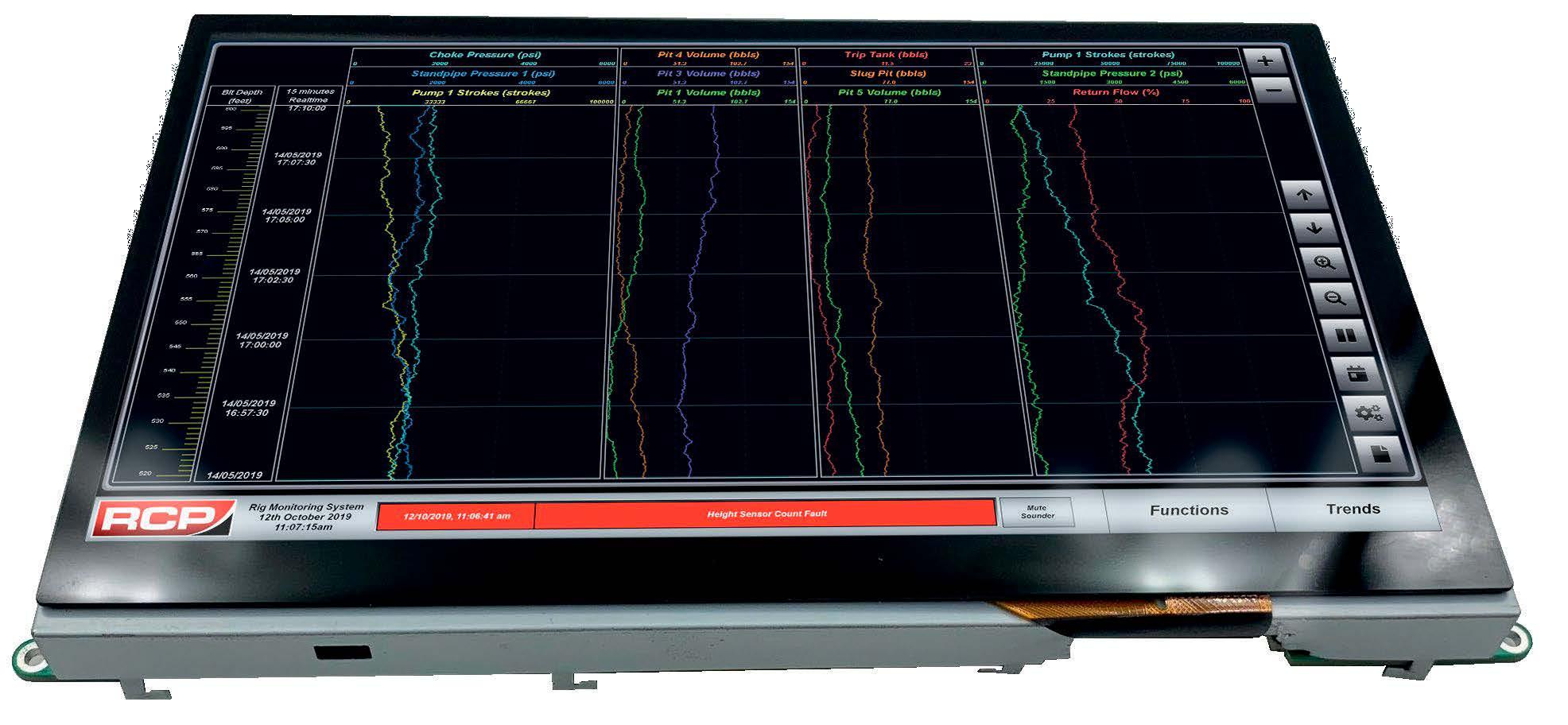
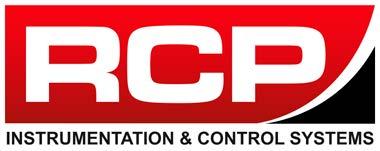
w w w. r c p a t . c o m + 4 4 ( 0 ) 1 2 2 4 7 9 8 3 1 2 s a l e s @ r c p a t . c o m
PRODUCT INFORMATION SHEET


Brent Oil Column June 2024 Today's Price $82.40

1 YEAR AGO
1 year ago - $76.76
The price of Brent crude rose after Saudi Arabia agreed to cut its output to firm up oil prices following a weekend of tense talks. Saudi ministers agreed to cut 1 million barrels per day from its output at a seven hour meeting of the OPEC group of oil-producing nations.

5 YEARS AGO
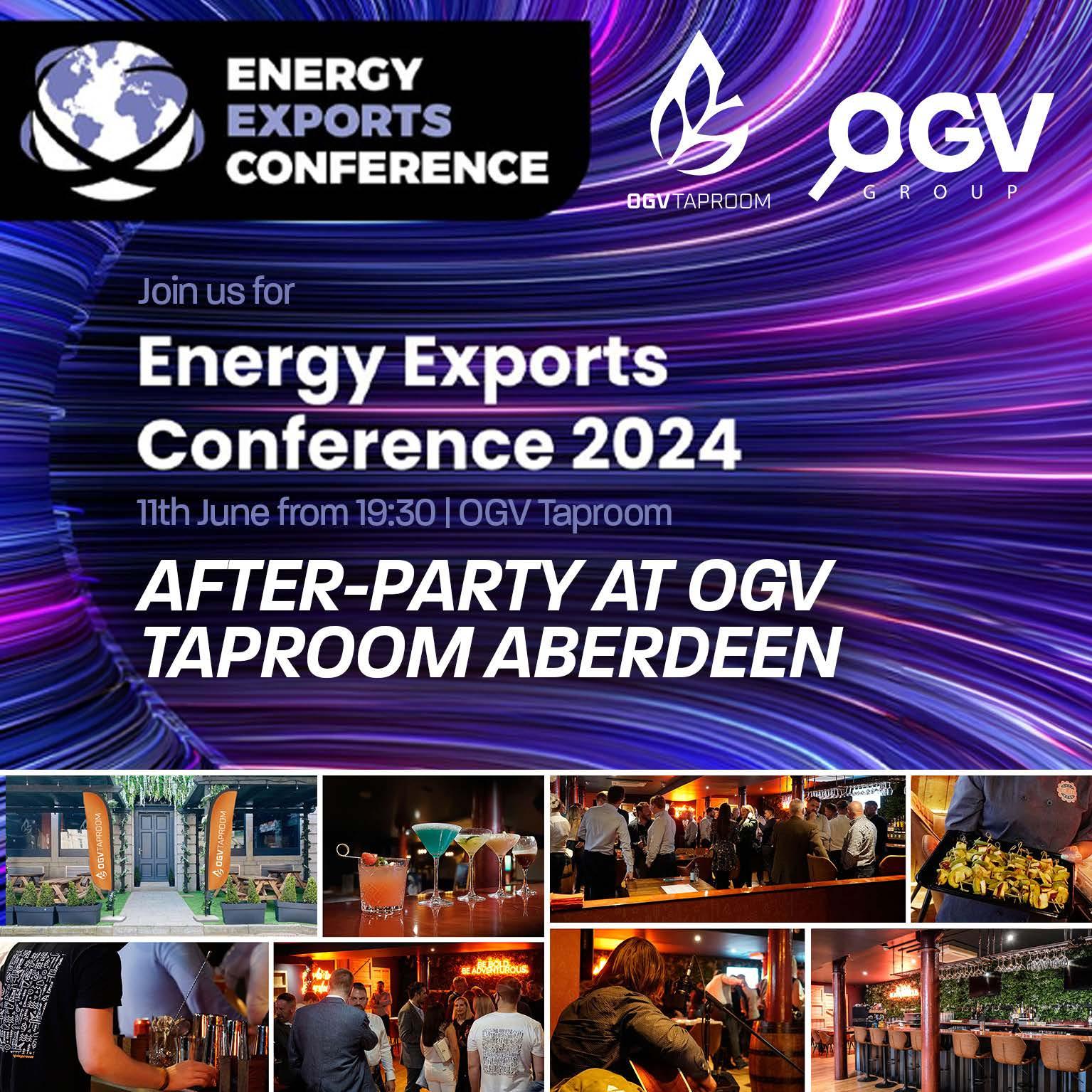
5 years ago - $63.35
Shell removed a second platform from its iconic Brent field in the North Sea. Brent Bravo produced its first oil in 1976 and at its peak in 1982, the four platforms in the field were producing more than half a million barrels of oil a day.

10 YEARS AGO
10 years ago - $114.02
The price of Brent crude rose to $114 a barrel as Sunni militants pushed forward in northern Iraq, striking the country’s biggest refinery and creating worries about oil exports as some firms pulled foreign workers out of the country. Iraq’s oil output target of 4 million barrels per day looked increasingly at risk.

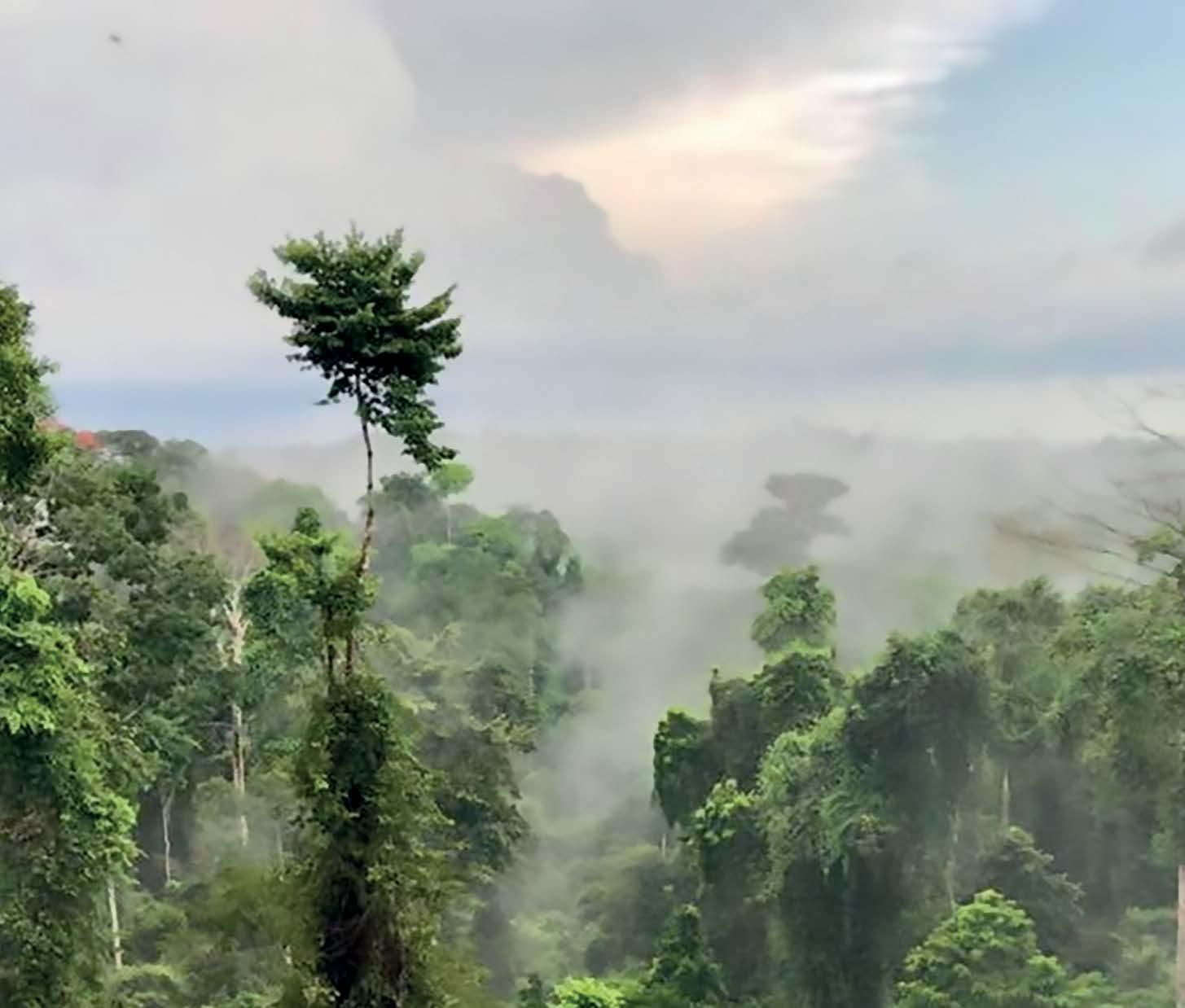





BRENT OIL PRICES OVER THE YEARS
WEST AFRICAN ENERGY SUMMIT E A S #WAES2024 3rd - 5th September 2024 Accra International Conference Centre, Accra Contact: daniel.hyland@ogvenergy.co.uk kwasi.senya@petrocom.gov.gh www.waesummit.com SIGN UP TODAY!

SPONSORED BY

www.eicdatastream.the-eic.com
Energy projects and business intelligence in the energy sector
The EIC delivers high-value market intelligence through its online energy project database, and via a global network of staff to provide qualified regional insight. Along with practical assistance and facilitation services, the EIC’s access to information keeps members one step ahead of the competition in a demanding global marketplace.
The EIC is the leading Trade Association providing dedicated services to help members understand, identify and pursue business opportunities globally.
It is renowned for excellence in the provision of services that unlock opportunities for its members, helping the supply chain to win business across the globe.
The EIC provides one of the most comprehensive sources of energy projects and business intelligence in the energy sector today.

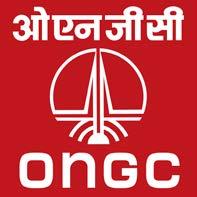
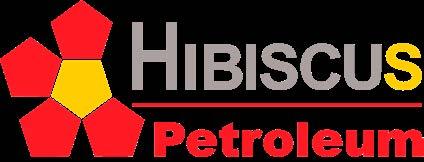


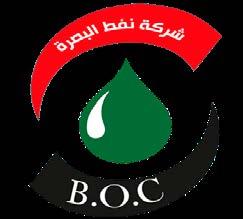

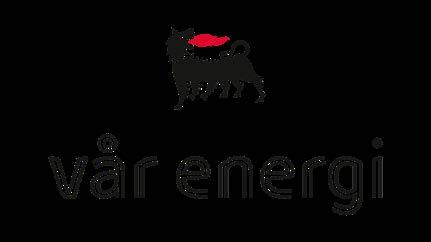


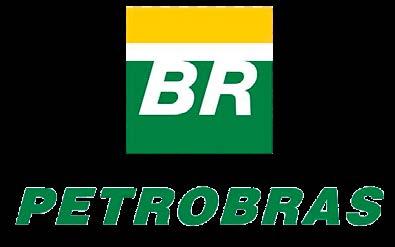
20 ENERGY PROJECTS MAP
2 11 12 5 7 1 9 World Projects Map 4 6 3 www.ogv.energy I June 2024 8 10
GUYANA
$12.7

WHIPTAIL OIL FIELD
A final investment decision was reached on the project in April 2024. A number of contracts were subsequently confirmed including: Saipem for the SURF work; SBM Offshore for the FPSO; TechnipFMC for the subsea trees and manifolds; Vallourec for line pipe; and Strohm for supply of jumpers.
INDIA
$665 million

KG-D5 – CLUSTER I
The operator has awarded a contract to Nauvata Energy Transition (NET Enterprise) and PERC Engineering for the pre-FEED/FEED of Cluster-1 Development. This contract includes concept studies, preparation of tender bid packages, and project management consultancy (PMC) services for two developments in the KG Basin.
AUSTRALIA
$5 billion Woodside Energy

GREATER SUNRISE GAS AND CONDENSATE FIELD
Wood Australia has been awarded the concept study on the project. The study will examine requirements for developing, processing, and marketing gas and condensate from the fields. Its scope will include engineering, financial assessment and financing aspects, local content, strategy and security, HSE, and socioeconomic analysis to determine the optimum benefit for the population of Timor-Leste.
USA
$200 million Talos Energy 4 SUNSPEAR SUBSEA TIE-BACK

Subsea7 has been awarded a SURF EPCI contract, valued between US$50mn and US$150mn, related to the Sunspear project. The company will install the flowline and related subsea equipment in a water depth of around 500 metres. The contractor will oversee the progress of the initiative through its Houston office, and offshore work is expected to begin later in 2024.
8
$2.6

NAHR BIN UMAR FIELD
Baker Hughes has signed an MoU with Halfaya Gas Company (HGC) to collaborate for a gas flaring reduction project at the Bin Umar gas processing plant. This involves supplying critical turbomachinery and process equipment, conducting a pre-FEED study of modular gas processing skids, and aiding the project’s selected FEED contractor in developing the plant design.

BUNGA ASTER OIL DISCOVERY
The operator announced a new discovery through the drilling of the Bunga Aster-1 well. The well encountered 17.5 metres of oil bearing sandstone, and marks the second discovery within a 12-month period in the PM3 CAA PSC. The well was drilled form the existing Bunga Orkid-D platform and is set to brought into production in May 2024.

RINGHORNE NORTH OIL DISCOVERY
A new oil discovery was made in April 2024 by the Ringhorne North wildcat and two additional sidetrack/appraisal wells in PL856, 8 kilometres north of the Ringhorne field in the Balder area. Estimated recoverable resources range from 13 to 23 MMbbl. The discovery is being considered as a potential candidate for integration with nearby infrastructure serving the Balder area.

WEST DELTA DEEP MARINE (WDDM)PHASE 10 & 11
The operators JV partners have signed an agreement to begin the development of Phase 11 in Egypt's WDDM concession. The project involves drilling three development wells using the Scarabeo 9 offshore drilling rig. The drilling rig has commenced operations on three wells within the Phase 10 development project, which received sanction from the WDDM partners in 2023.

BP and Woodside have issued an FID on the project. The project will comprise of a two-well tieback to the Atlantis platform via the existing DC1 manifold over the southwestern part of the field.
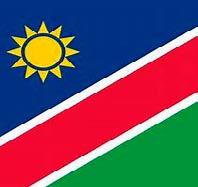
MOPANE-1X OIL DISCOVERY
Phase one of the exploration campaign has been completed by Galp and the company is now evaluating the commerciality of the discovery. The operator confirms that Mopane has the potential to hold hydrocarbonin-place resources of 10 billion barrels of oil equivalent.

DUYUNG PSC
The operator announced that the procurement for major contracts and services is ongoing and expected to finish in Q2 2024, with some tender closing dates extended at the request of bidders. Cost estimates will be updated once procurement is done. An independent review of costs and schedules is planned for Q2 2024 to support the FID.

(PHASE 6, 7 AND 8)
SLB has been awarded three contracts by Petrobras for completion equipment and services for up to 35 wells at the Búzios field. The contract scope includes the supply of full bore electric interval control valves and electric subsurface safety valves. A significant portion of the technology employed was developed at SLB's Taubaté Engineering Center in Brazil, in cooperation with Petrobras' CENPES R&D centre.


21 ENERGY PROJECTS MAP WORLD PROJECTS SPONSORED BY
billion ExxonMobil 1
ONGC
2
3
IRAQ
billion Basra Oil Company 5
6
7
MALAYSIA $50 million Hibiscus Petroleum NORWAY $150 million Vår Energi AS INDONESIA $325 million Conrad Petroleum 12
BUZIOS OIL FIELD
9
10 ATLANTIS DRILL CENTER
EXPANSION
1
11
EGYPT $277 million Burullus Gas Company USA $250 million BP NAMIBIA $2 billion Galp Energia BRAZIL $15 billion Petrobras
OFFSHORE WIND LOOKS TO SHAKE OFF PAST WOES
By Tsvetana Paraskova
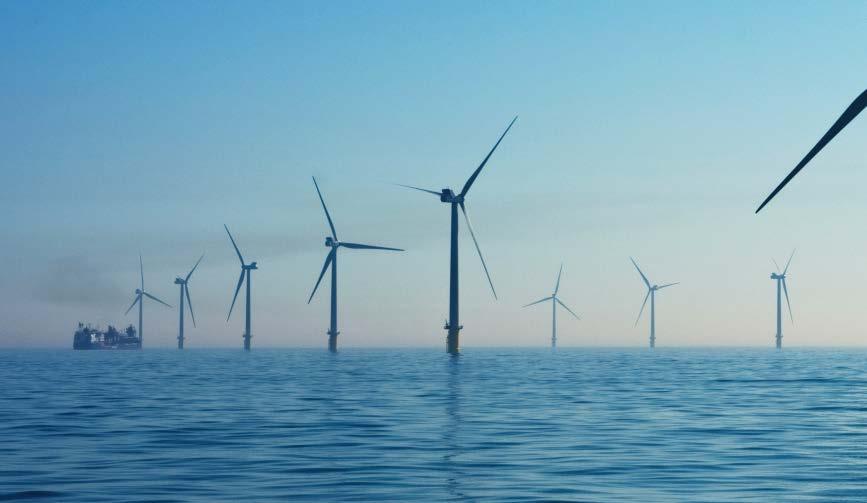
The offshore wind industry is looking to put a difficult year behind and regain momentum after several months of heightened uncertainty amid rising interest rates, soaring project costs, and cancellation of developments.
Analysts and industry officials are hopeful that recent policy changes and higher maximum prices in the upcoming auctions would attract bidders to accelerate the build-out of offshore wind farms that would further help raise the share of renewables in the electricity mix as developed nations look to become net-zero economies by 2050.
Capacity Installations Set To Jump in 2024
World Forum Offshore Wind (WFO) published at the end of April the Global Offshore Wind Report 2023, which showed that 25 new offshore wind farms with a total capacity of 9.8 gigawatts (GW) were taken into operation in 2023, increasing the global offshore wind capacity to a total of 67.4 GW.
Worldwide, 282 offshore wind farms are currently in operation, 158 of which are in Asia, 122 in Europe, and 2 in the USA.
The average size of a newly added offshore wind farm in 2023 was 392 MW, up from 225 MW in 2022.
Last year, China added nearly 5 GW of newly installed capacity, increasing its total installed capacity to 31.5 GW. The Netherlands completed two offshore wind farms, Hollandse Kust Noord, of 759 MW, and Hollandse Kust Zuid, 1.5 GW. Floating offshore wind turbines were also successfully installed in Norway (88 MW), China (7.5 MW), and Spain (2 MW), according to the report.
“Yet, 2023 was not an easy year for the industry: increased costs, supply chain struggles, delayed or even cancelled projects –we all remember the headlines,” said Managing Director Gunnar Herzig.

“However, scaling up offshore wind is not optional; it is crucial to decarbonize our economies,” Herzig added.
Governments awarded a total of 42 GW of offshore wind lease capacity in 2023, while 2024 awards are expected to exceed 70 GW, according to the report prepared in collaboration with Westwood Global Energy Group.
Westwood expects more than 70 GW of lease capacity to be awarded in 2024, which would be a 67-percent annual rise. This year’s capacity is expected to come from a mixture of incumbent as well as new markets such as Australia (at least 9.2 GW), India (4.6 GW), and Portugal (3.5 GW). The US is also anticipated to award at least 16.8 GW of capacity, with nearly 2.7 GW of this coming from floating wind sites located offshore Oregon.
“Westwood estimates over half of 2024’s lease capacity will include some form of project benefit criteria alongside a price element, or they will just be selected via non-price criteria,” the report said.
In the offshore wind turbine market, a total of 22.9 GW worth of turbine contracts were awarded in 2023, of which Siemens Gamesa won 33 percent of the total.
This year’s Global Wind Report from the Global Wind Energy Council (GWEC) showed that total wind power installations, including onshore and offshore wind, rose by 50 percent year-on-year to a record 117 GW in 2023.
GWEC has revised its 2024-2030 growth forecast upwards by 10 percent, “in response to the establishment of national industrial policies in major economies, gathering momentum in offshore wind and promising growth among emerging markets and developing economies,” the council said.
Despite the record wind energy additions last year, the wind industry must roughly triple its annual growth from a level of 117 GW in 2023 to at least 320 GW by 2030 to meet the COP28 and 1.5C degree pathway targets, GWEC said.
“Geopolitical instability may continue for some time. But as a key energy transition technology, the wind industry needs policymakers to be laser-focused on addressing growth challenges such as planning bottlenecks, grid queues and poorly designed auctions,” Ben Backwell, CEO of GWEC, said.
“Enhanced global collaboration is essential to fostering the conducive business environments and efficient supply chains required to accelerate wind and renewable energy growth in line with a 1.5C pathway.”
UK Looks to Boost Offshore Wind Development
The UK aims to accelerate offshore wind development with policy changes and a higher maximum price in this year’s sixth Contracts for Difference (CfD) Allocation Round, which opened at the end of March.
At the end of 2023, the UK government increased the maximum price for offshore wind projects in its flagship renewables scheme, CfD, for 2024.
“The CfD scheme ensures renewable energy projects receive a guaranteed price from the government for the electricity they generate, encouraging continued investment in the UKwhich is already home to the world’s 5 largest operational offshore wind farm projects,” the government said in November.
The maximum strike price has been increased by 66 percent for offshore wind projects, from £44/MWh to £73/MWh, and by 52 percent for
www.ogv.energy I June 2024
22 OFFSHORE WIND

floating offshore wind projects, from £116/ MWh to £176/MWh ahead of Allocation Round 6 (AR6).
According to the government, “This will help ensure projects are sustainably priced and economically viable to compete in AR6, building on the success of previous CfD auctions. These have so far awarded contracts totalling around 30GW of new renewable capacity across all technologies since 2014.”
In AR6, offshore wind will also be given a separate funding pot in recognition of the high number of projects ready to participate, ensuring competition among a strong pipeline of projects.
The entire CfD scheme received in March 2024 its biggest ever funding boost from the government, with more than £1 billion for its upcoming auction, including a record £800 million for offshore wind. The increased funding makes this the largest round yet, with 4 times more budget available to offshore wind than in the previous round.
Dan McGrail, Chief Executive of RenewableUK, commented,
“We welcome this budget increase, as it recognises that global economic conditions have changed, and it will secure a significant amount of new offshore wind capacity and private investment, as well as creating thousands of new jobs.”
The higher maximum price in the CfD auction has the potential to restore confidence in the UK’s offshore wind sector, and “the UK now looks like it will remain Europe’s largest offshore wind market,” the WindEurope association said earlier this year.
“Things are looking up again on offshore wind in the UK. The Government have fully corrected
the mistake not to index their auctions prices properly,” WindEurope CEO Giles Dickson said.
is set to rise to over 100,000 by 2030 and investment in new offshore wind projects will create an economic opportunity worth up to £92 billion for the UK by 2040, the industry organisations said in the plan.
The measures set out in the Industrial Growth Plan would support an additional 10,000 jobs a year and boost the UK’s economy by a further £25 billion between now and 2035, if the UK accelerates offshore wind deployment in line with the net zero targets to 5-6 GW a year.
“The plan charts a clear course for us to ensure that we seize that massive economic opportunity and maximise our opportunities to manufacture those towers here, along with more blades, cables, foundations and a whole range of other products,” RenewableUK’s Chief Executive Dan McGrail said.
Sian Wilson, Director of Marine (interim), Crown Estate Scotland, commented,
“Things are looking up again on offshore wind in the UK. The Government have fully corrected the mistake not to index their auctions prices properly”
“Stalled projects are now going ahead. And we can look forward to a bumper auction this year. The UK should be congratulated also for the good progress they’re making on interconnectors to their neighbours in the North Seas.”
UK Offshore Wind Supply Chain Aims to Triple Manufacturing Capacity
RenewableUK, the Offshore Wind Industry Council, The Crown Estate, and Crown Estate Scotland published in April 2024 a detailed Industrial Growth Plan, setting out how to triple offshore wind manufacturing capacity over the next ten years, to establish the UK as a leader in the surging global market.
The Plan identifies strategic new factories and manufacturing capabilities which the UK should build up to protect against supply chain risks and boost economic growth. The Industrial Growth Plan also highlights five key technology areas in which the UK should prioritise investment to secure value for UK industry. These include the design and manufacture of offshore wind blades and turbine towers, foundations, cables and other key components, and services for projects in the UK and abroad.
The plan envisages mobilising nearly £3 billion of funding nationwide, with private finance doing the heavy lifting. This will bring a return to the UK economy of just under £9 for every £1 invested.
The UK offshore wind industry already employs 32,000 people, while employment
“This Industrial Growth Plan is central to coordinating effective collaboration of innovation and investment effort, all of which are important for successfully developing and delivering a supply chain system which can fulfil the needs of ScotWind and other offshore leasing programmes, which are essential to achieve a green energy future.”
As part of a scheme to support the floating offshore wind supply chain, the UK government advanced in March 2024 two ports in the UK – Port Talbot in Wales and the Port of Cromarty Firth in Scotland – to the Primary List phase of the Floating Offshore Wind Manufacturing Investment Scheme (FLOWMIS).
“The FLOWMIS award, alongside significant ABP investment of more than £500 million, will begin to unlock a projected £1 billion of investment in Port Talbot and the surrounding area,” said Henrik L. Pedersen, CEO of Port Talbot operator Associated British Ports (ABP).
ABP’s Future Port Talbot project would see the port transformed into a major hub for the manufacturing, assembly, and integration of Floating Offshore Wind (FLOW) components for projects in the Celtic Sea.
“We already have one of the biggest pipelines of floating wind projects in the world - now we need to ensure we take advantage of this global leadership position by building a flourishing supply chain for the sector in the UK,” said RenewableUK’s Chief Executive and Co-Chair of the Floating Offshore Wind Taskforce Dan McGrail.
“We need to upgrade and upscale our ports so that they’re able to manufacture and assemble the large components of floating offshore wind turbines which will be over 250 meters tall on platforms the size of football pitches”.
23 OFFSHORE WIND

Cetegra Virtual Data Rooms
Smart and secure virtual data rooms to support the full spectrum of M&A activities across the Energy sector.

Global reach
Significantly reduce decision making time and environmental footprint by promoting assets to a global audience.
Secure and robust access control
Keep user permissions, access and privileges under control. Increase efficiency and security by streamlining account and group management.
Petrotechnical data and software support
Gain access to multiple petrotechnical platforms from anywhere and benefit from Cegal’s unique knowhow during the duration of your data room.
Keep your deals under control.
Administration Dashboard
Manage permissions for users, groups and documents in real-time.
Multi-access
Unlimited number of users and companies.
Flexible invoicing
Pay-as-you-use model, invoiced on a weekly or monthly basis.

Scan the QR code to learn more.
Quick deployment
Configure and provision data rooms in minimum time, from anywhere in the world.
Confidentiality and security
Protect confidential data against unsolicited viewing. Secure access through multi-factor authentication.
Customization
Configure and customize to fit your needs. Create a familiar collaborative workspace for all users.
cegal.com
Flare’s award winning services support the UK Energy Transition.
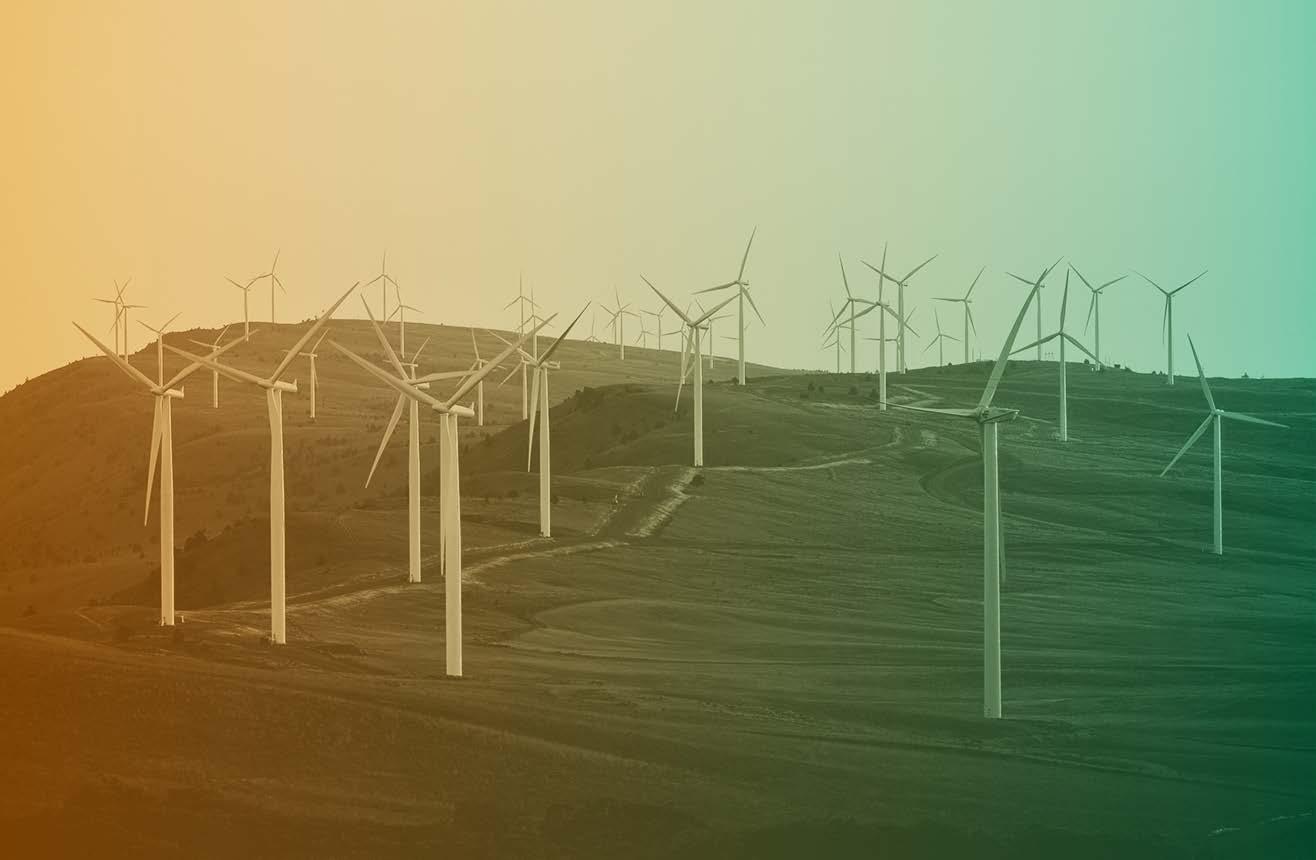
Focused on delivering outstanding customer service and unrivalled technical expertise, Flare continue to expand into evolving global markets and have established a recognised track record in the Offshore Wind sector.
When the UK announced its’ ambitious Net Zero target by 2050, Flare proactively reviewed their commercial portfolio and identified key service, hire and product deliverables that would support the UK’s energy transition strategy and directly migrate their current offerings to the Renewables Industry. With wind farms rapidly developing across the nation and worldwide, Flare have emphasized the importance of providing job security to their workforce with diversification initiatives, reinvestment and involvement in the local communities to help empower the future of clean energy. Flare continuously review their business infrastructures to explore new and innovative practices demonstrating commercial conviction, agility and ambition. They now offer a variety of sustainable project packages with reduced man hours, remote service optimisation and digitisation to help support the growth of this vital sector.
“As members of the OEUK, we agree it is critical to prioritise a homegrown energy transition in the UK first. This will help provide a boost to local businesses and communities across the region as well as support opportunities to upskill our teams and foster transitional talent wherever possible to safeguard careers in the industry. With Offshore Wind, Carbon Capture & Storage and Decarbonisation projects well underway, organisations must continue to collaborate to unlock key
opportunities and resources with added backing and support from the government and stakeholders in the UK offshore sector to facilitate data-sharing and breakdown existing barriers to market.”
Flare have successfully partnered with industry leading Wind Farm operators and with safety at the forefront of everything they do, they hope to inspire like-minded businesses to look at ways they can transition into clean energy and optimise their own service offerings to support this shared objective.
“Our core service & maintenance projects not only support 360 degrees of safety onboard Windfarm substations but also the safety of marine & sea-going vessels that are critical to the supply, transport and maintenance of optimal operational capacity for wind farms.”
Flare provide an extensive range of specialist services to this sector ranging from DIFFS/FIFI testing, Inergen & Argonite system testing, Helideck foam system testing and verification, fire detection system testing and lifesaving equipment inspections and recertification with preventative maintenance & design packages tailored to meet specific requirements.
“We are looking to the UK leaders to help provide inroads for supply chain companies like Flare, who are eager and ready to support a safe and realistic energy transition.”
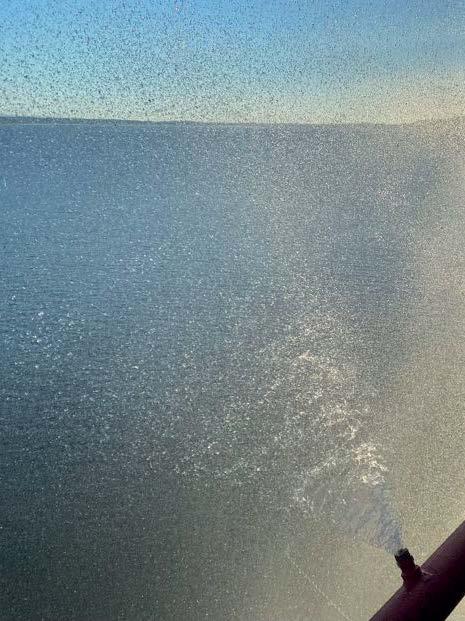
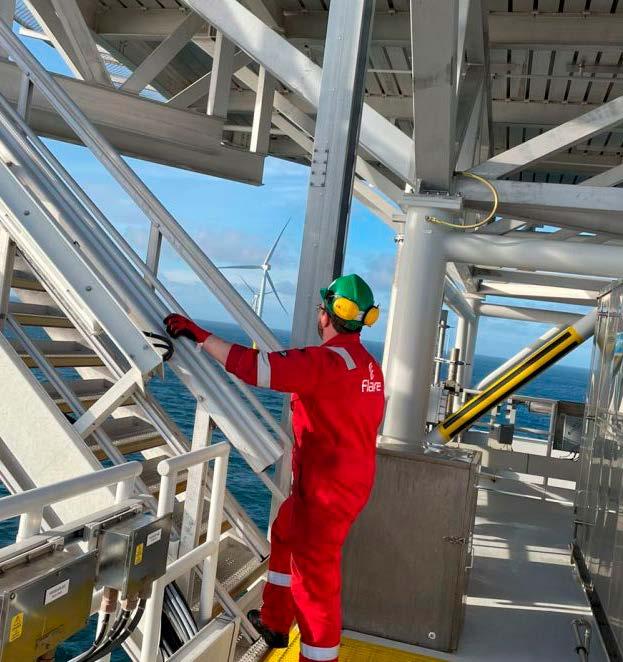
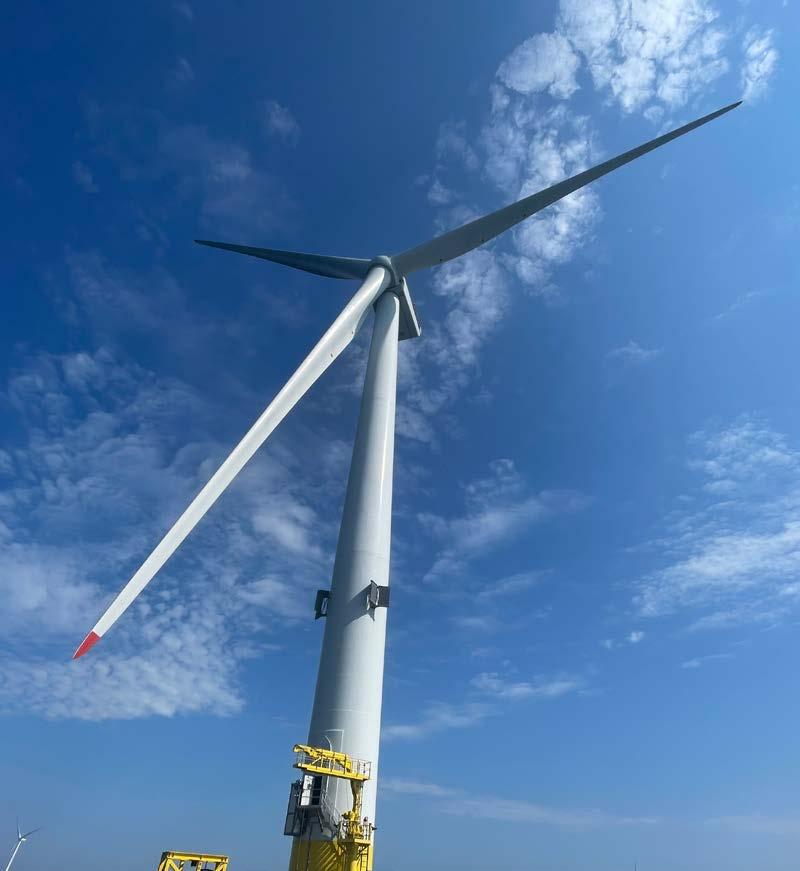

OFFSHORE WIND
Flare is a trusted global partner delivering critical safety services: www.flarefse.com 25
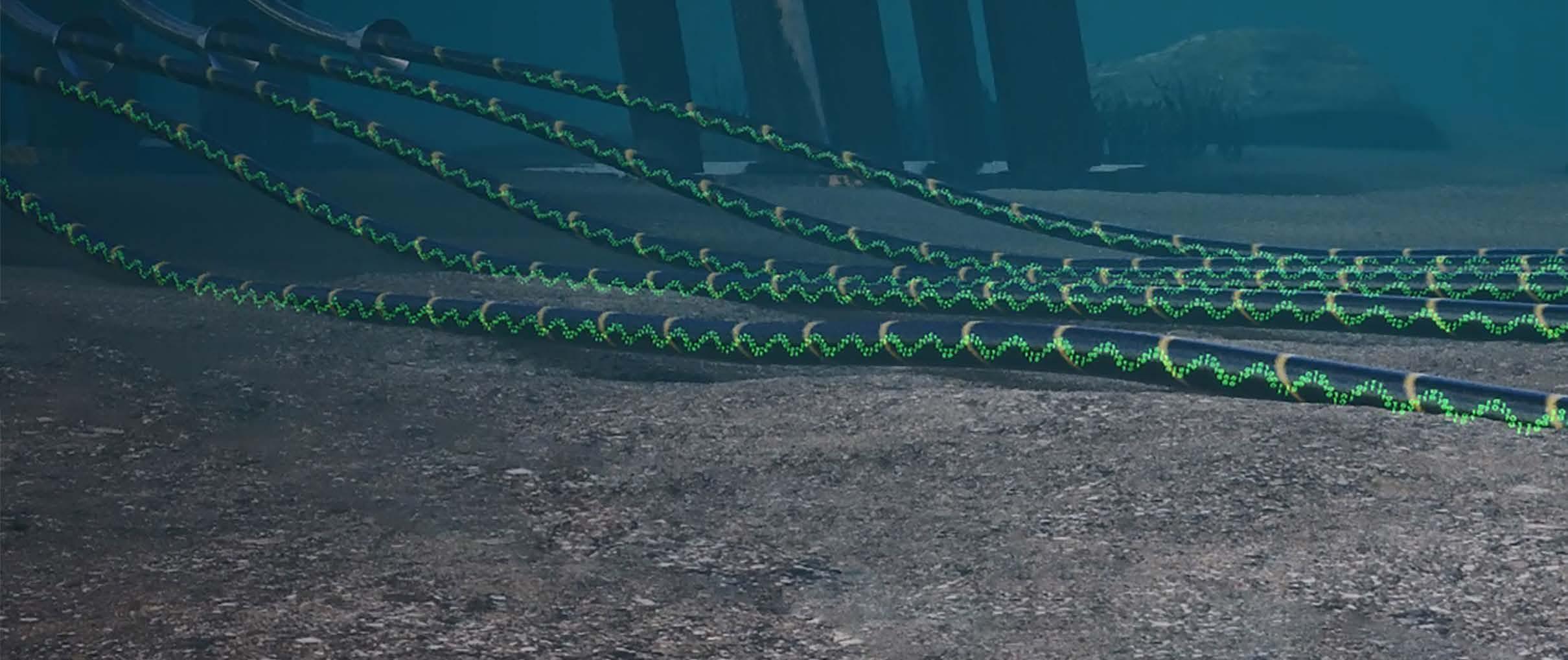
INTRODUCING THE CABLE GUYS
Proserv’s Callum Maxwell and Jeff Williamson talk offshore wind technologies and cable management strategies.
Offshore wind hit some choppy waters in 2023 with inflation and supply chain constraints cooling the engines of an industry that nevertheless needs to make some serious strides in the coming five or six years so that emissions reduction targets and a net zero future become increasingly attainable.
Big ticket leasing rounds are still fresh in the memory and industry analysts have forecast that global capital expenditure on offshore wind should more than double by 2030 as the UK and Europe seek to bring significant capacity on-stream.
Proserv positioned itself within this expected acceleration several years ago when its much-acclaimed holistic subsea cable monitoring system, ECG™, developed alongside technology partners Synaptec and BPP Cable Solutions, was rolled out. Its immediate successful contract win on the vast Dogger Bank Wind Farm has filled these pages before, alongside its deployment on Equinor’s Hywind Scotland floating wind farm.
Considering Proserv’s decades-long reputation in the subsea segment, broadening its end use application into offshore wind was a natural evolution. Callum Maxwell and Jeff Williamson are at the sharp end of its mission to push the methodology, value proposition and pick-up of


ECG™, with Maxwell based in central Scotland and Williamson in North Carolina, primed for US east and west coast openings.
Until the wider reality check of last year, Proserv was among a few lone voices warning that offshore wind faced hurdles before its growth could genuinely snowball. Port expansion, new designs for installation vessels, power grid upgrades – and of course cable failures.
Reliability is paramount
Up to 80% of all insurance claims in offshore wind relate to cable failures – their repair costs millions to fix, with multiple weeks or months out of action. Last autumn, Neil Gordon, the CEO of trade body Global Underwater Hub, went public with a warning that subsea cable reliability was “paramount” to offshore wind’s future success.
But just how severe an issue can cables pose?
Maxwell immediately points to the bigger picture: “Cable and termination faults and failures are a recurring problem for wind farms. We talk to numerous operators who have suffered them. And the stats are out there as to what the average costs can be – for instance,
an export cable failure will cost eight figures to fix and will take months to sort out.
“But beyond that, as new assets roll out and if these pain points continue, wider trust in offshore wind as a secure and reliable source of power will be undermined. That could impact investment, slow the transition and jeopardise net zero targets.”
It seems almost counter-intuitive that such an evolving industry as offshore wind, with a palette of monitoring technologies at its disposal, isn’t picking up these impending problems early. Williamson paints a realistic picture.
“Control rooms may be increasingly futuristic places, with lots of screens monitoring many different metrics, but if an asset’s cables aren’t adequately integrated within that, then there’s obviously a blind spot. At Proserv, we are believers in capturing live data and scrutinising it. Sensors contextualise what is going on –they might tell you nothing is wrong, and all is fine, but that in itself is just as insightful.”
Maxwell and Williamson explain that the holistic monitoring offered by ECG™ delivers “peace of mind” so that if a fault occurs then there are multiple reference points that can be explored to enable a proactive and informed response. Maxwell adds:

26 OFFSHORE WIND
Callum Maxwell
Callum Maxwell (left) and Jeff Williamson (right) with colleague Tom Simpson at an industry event in the US
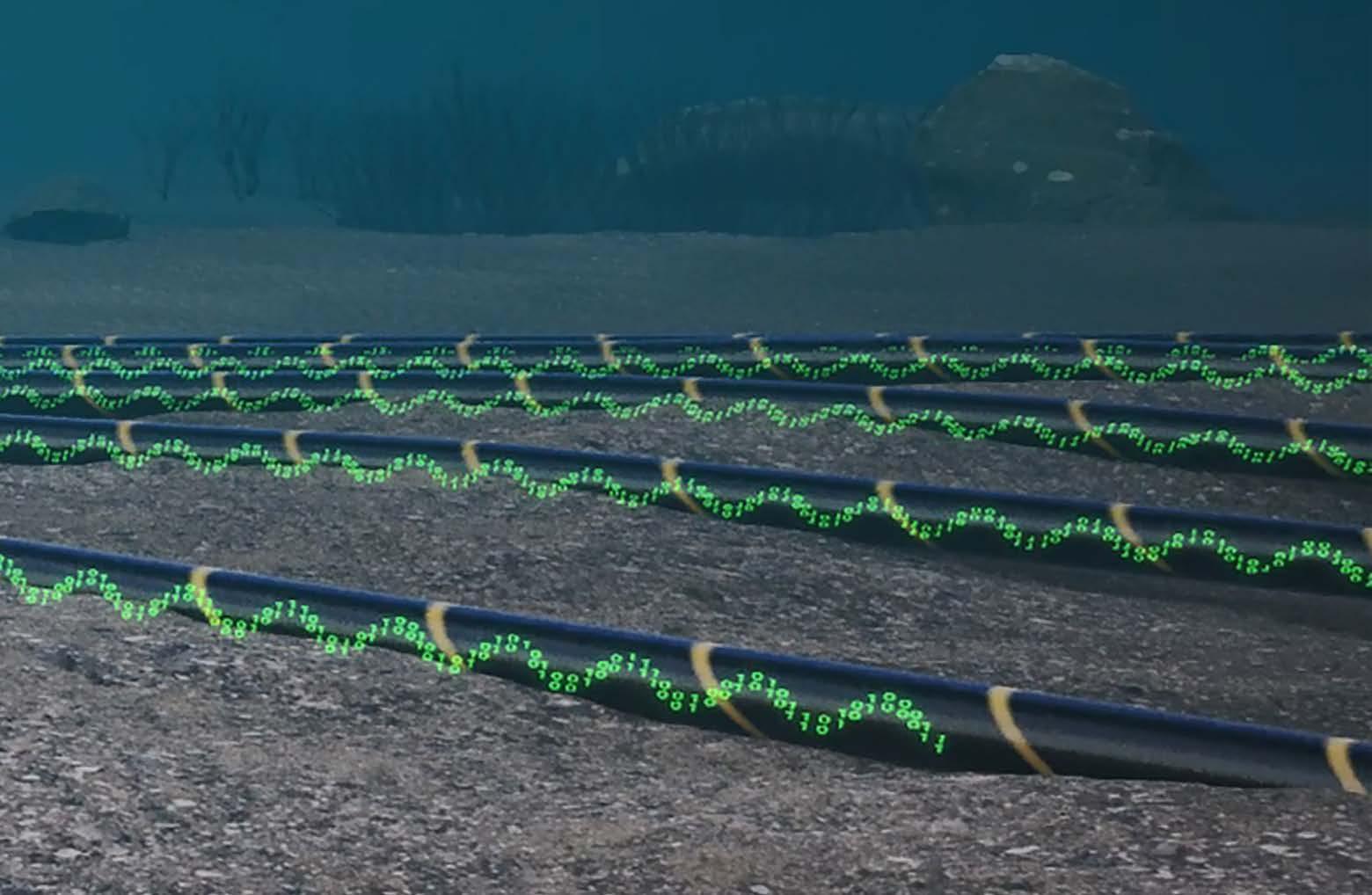
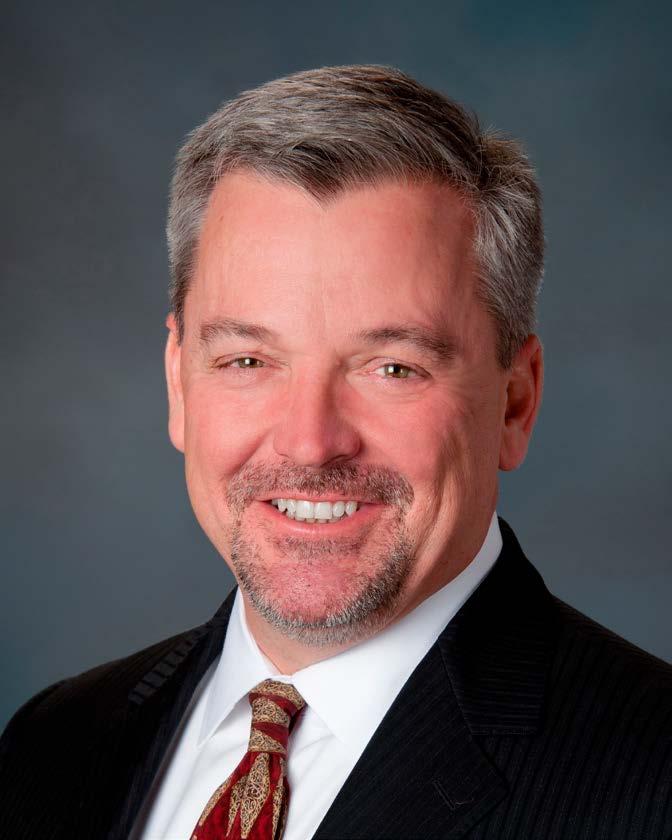
“If operators don’t have systems like ECG™ analysing various metrics, then they are just waiting on triggers, like an alert saying that a turbine isn’t performing within its regular parameters. Then what do they do? They don’t have enough information to hand and they are partly in the dark. Their only recourse might be to take that turbine offline while they carry out manual root cause analysis.”
He reveals that taking an average 10MW turbine out of operation can cost well over £30,000 a week in lost revenue, even if operating at 50% of capacity. This soon adds up to a significant sum as the operator scrambles to find out what has occurred and tries to remedy it.
Williamson suggests that some operators resort to binary decisions around monitoring their subsea cables via one single data point.
“In times of inflated costs, it can be tempting for operators to try and save OPEX by resorting to a basic distributed temperature sensing (DTS) solution. If an issue arises, and it will sooner or later, then they are pretty much faced with the diagnostic assessment of ‘is it hot or not?’
But despite the clear power of the argument, people can be creatures of habit and pushing into new methodologies requires creative thinking. Jeff Williamson describes the challenge.
“Knowledge is power. That is what ECG™ delivers in a nutshell.”
“But what if there's no indication of a change in temperature yet something's happened? Then what? The operator may need to hunt through the data in the SCADA system, some of which might only be recorded every 60 seconds and unpick that. This is far from ideal, and all the while time equals money.”
ECG™ not only delivers DTS sensing but distributed acoustic sensing (DAS) and, uniquely, Synaptec’s distributed electromechanical sensing (DES), via its passive electrical and mechanical sensor systems. The hardware is complemented by the intuitive human-machine interface, utilising Proserv’s TIACS software suite. Critically, Proserv’s ECG™ can also monitor the condition and performance of cable terminations, a notorious place for faults to occur.
Knowledge is power
Maxwell puts forward the elevator pitch on why ECG™ is so essential for wind farm owners.
“Knowledge is power. That is what ECG™ delivers in a nutshell. For instance, it can flag up that a problem has emerged in a termination and right away an operator’s analysis has been accelerated. It knows where the issue exists, and it can then decide if and how it needs to act.
“A genuine risk for asset owners who are flailing in the dark without the full data is that as every week passes, and revenue is lost, the pressure mounts to re-energise and get the turbine back on-stream. ‘Thinking’ a fault has been rectified, only for it to reappear, would be a nightmare and then the costs begin to haemorrhage.”
Williamson stresses how impactful the joined-up insights from ECG™ can be:
“Asset owners are dictated to in their decisionmaking, and operational strategy, by what options they have available at the end of their fingertips. With ECG™ they can choose to manage a problem due to the live visibility on cable condition and integrity. It might be that it doesn't need to be sorted for months or could be dealt with at the next scheduled maintenance trip. ECG™ gives you the what and the when.”
“How do you quantify the true value of having a system like ECG™ where we talk about improving productivity and availability? It's difficult to put a dollar figure on how much you can improve something. Some customers, who by sheer luck, haven’t encountered a cable failure as yet are more casual about the need for a more dynamic monitoring system – but those who have endured issues are very keen to learn about technologies they can integrate to stop them happening again. That is a real lever.”
Optimising performance
Callum Maxwell refers to one of Proserv’s core strategic pillars around delivering solutions that help its customers to optimise their performance and processes. He believes forward-thinking owners and operations managers are asking the right questions.
“Supply chain costs have been higher than expected and so, as wind parks enter the operational phase, they are starting to ask the question ‘how do we maximise productivity to try and claw back some of that larger than expected capital investment? Maybe we can turn up the dial a bit’.
“But to understand how the asset performs under increased loads, you need the termination monitoring of ECG™ and the full data to make those key strategic calls. Again, knowledge is power. But a small percentage increase in output could mean millions in extra ROI over decades. That’s huge.”
Maxwell says ECG™ is equally valuable when it comes to life extension and delaying decommissioning for more mature wind farms.
“This is all about optimising strategy and utilisation of core infrastructure. After ten years or so, an asset owner could reasonably think about implementing technologies that look to extend life by managing generation and capacity. By evaluating the data from ECG™, assessing the condition of the cables over time, and adopting an appropriate output capacity, there’s no reason to think decommissioning couldn’t be delayed a decade or more. It’s about harnessing live data, evaluating it and making it work. We can help these operators on that journey.”


27 OFFSHORE WIND
Providing leading controls technologies to enhance performance, optimise assets and extend life right across the energy sector. For more information, see our website: proserv.com
Jeff Williamson


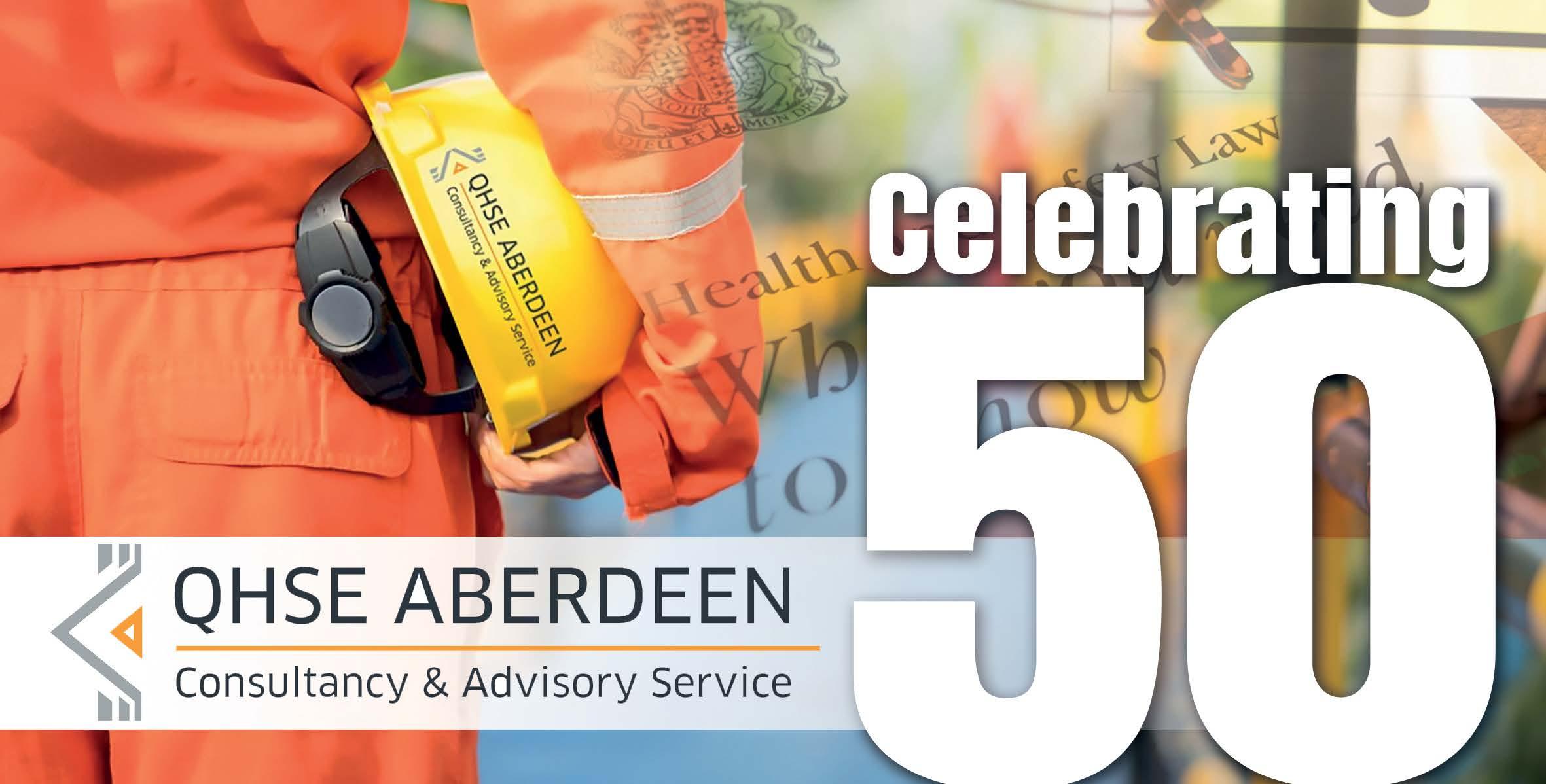
of The Health and Safety at Work etc Act 1974 –A Milestone for Safe and Healthy Workplaces Years!
This month is a significant milestone in the realm of occupational health and safety, we are thrilled to celebrate the 50th anniversary of The Health and Safety at Work etc Act 1974 (HASAWA).
This landmark legislation, enacted on July 1, 1974, has played a pivotal role in shaping the safety landscape for organisations and workers across the United Kingdom.
The HASAWA, often regarded as the cornerstone of health and safety regulations, was introduced with the primary aim of ensuring the protection of workers and the prevention of workplace accidents. Over the past five decades, this act has not only stood the test of time but has also evolved to meet the dynamic challenges of modern workplaces.
Let's delve into some key aspects of the impact the HASAWA has had on organisations and staff in the UK:
Reducing Workplace Accidents
The HASAWA has contributed significantly to a decline in workplace accidents. By establishing a legal framework for health and safety responsibilities, organisations have been prompted to implement robust safety measures, leading to a safer working environment.
Promoting a Safety Culture
The legislation has fostered a culture of safety within organisations. Employers are now more conscious of the need to create a workplace where employees feel secure, thereby enhancing overall productivity and well-being.
Legal Compliance
The HASAWA has set clear guidelines and standards, making it obligatory for organisations to comply with health and safety regulations. By following the requirements of the Act, businesses can avoid costly fines and legal penalties.
Worker Empowerment
Employees now have the right to be informed and involved in matters concerning their health and safety. This empowerment has led to increased awareness and proactive participation in creating safer work environments.
Continuous Improvement
The act has encouraged a continuous improvement mindset. Organisations are now more inclined to assess and refine their health and safety policies regularly, adapting to new technologies and best practices.
Statistics at a Glance
According to the Health and Safety Executive (HSE), there has been a substantial reduction in workplace fatalities over the last 50 years since the Robens report was introduced.
The number of non-fatal injuries reported has also witnessed a consistent decline, reflecting the positive impact of health and safety regulations.
See the HSE stats here https://www.hse.gov. uk/statistics/assets/docs/hssh2223.pdf
In 1974, there were 651 fatal injuries and 336,722 non-fatal injuries reported. In 2022/23 there were 135 fatal injuries and 60,645 nonfatal injuries representing a significant fall but still not enough unfortunately.
Occupational Health and Safety in 2024 –a focus
While HASAWA is unlikely to change in 2024, the HSE regularly highlights areas of concern within the industry. With the publication of its 2022/2023, statistics some of these focus areas are likely to be
• Mental health – the role of employers in supporting mental health in the workplace (Working Minds and Stress) with stress, anxiety, and depression becoming increasingly common work-related health issues
• Lung disease – heightening awareness of lung disease through campaigns such as Dust Kills, Lung Disease, and Asbestos and You
• Manual handling and MSD – the growing importance and challenges of monitoring and measuring ergonomics with almost half a million workers suffering from a work-related Musculoskeletal Disorders (Musculoskeletal Disorders and Work Right Construction)
As we commemorate the 50th anniversary of The Health and Safety at Work Act 1974, let us not only reflect on its achievements but also look ahead to the future. Here at QHSE ABERDEEN, we remain committed to promoting a culture of safety and well-being, ensuring that the next 50 years are marked by even greater strides in occupational health and safety.
ISO 45001:2018 is an International Standard which provides a framework, regardless of size, activity and geographical location, to manage and continuously improve Occupational Health and Safety (OH&S) within the organisation.
With or without a formal OH&S management system, organizations have a moral and legal duty to protect workers from accidents and ill health.
If you are looking for assistance with any aspect of Health & Safety, QHSE ABERDEEN can help.


29 Thank you for being an integral part of our commitment to safety. Contact us now to discuss your requirements. www.qhseaberdeen.com or contact info@qhseaberdeen.com.
THE FLEXIBLE PIPE EXPERTS
The Impulse Group are specialists in flexible pipe and flowline integrity management. With over 260 years’ combined experience in the industry, our subsea engineering team operate worldwide and are ISO accredited.
We provide products, training and ongoing support to ensure flexible pipe integrity can be better understood, and risks managed for you and your teams.
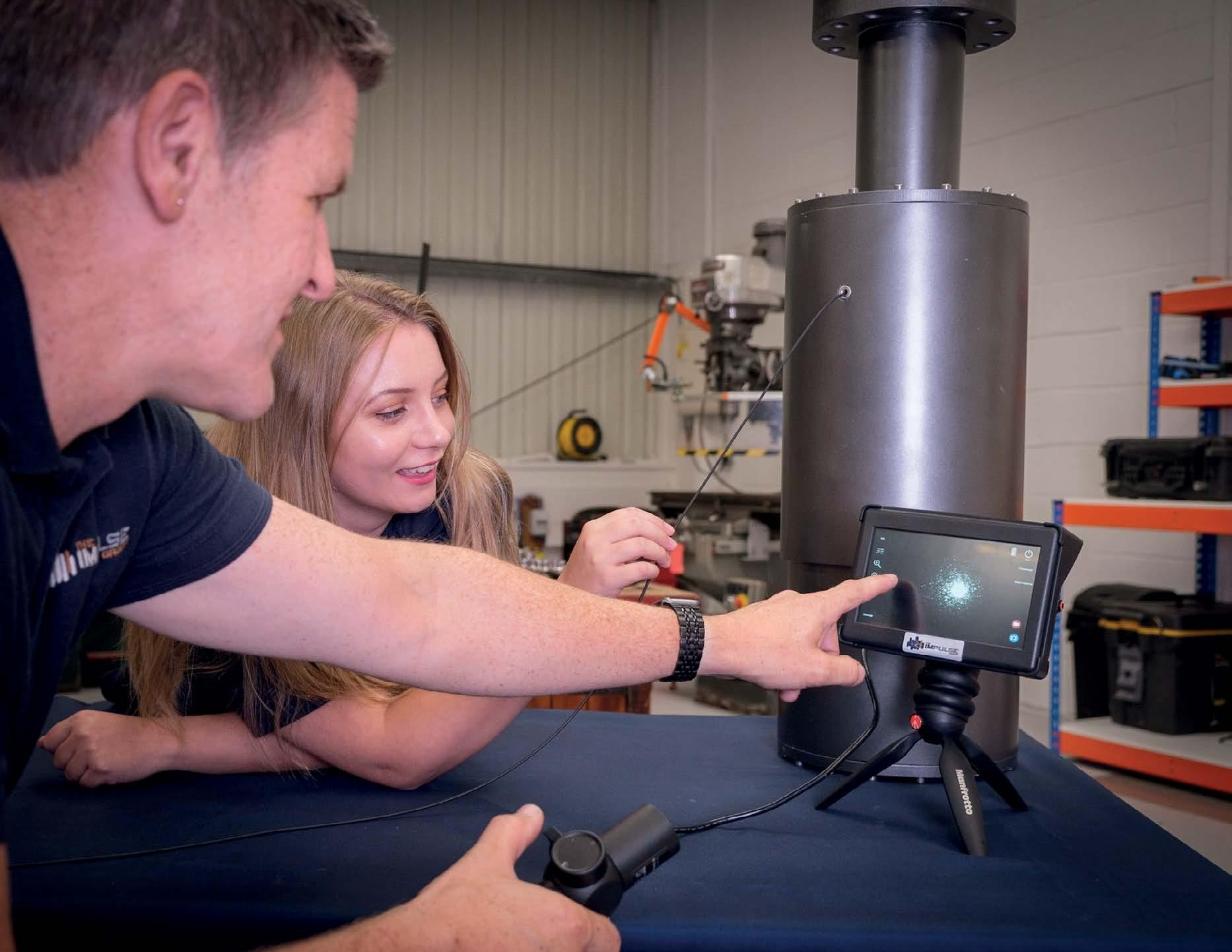
Specialist services
Inspection planning
Remnant life & extension assessments
Intervention repair products
Fitness for service appraisals
Risk management


Worldwide
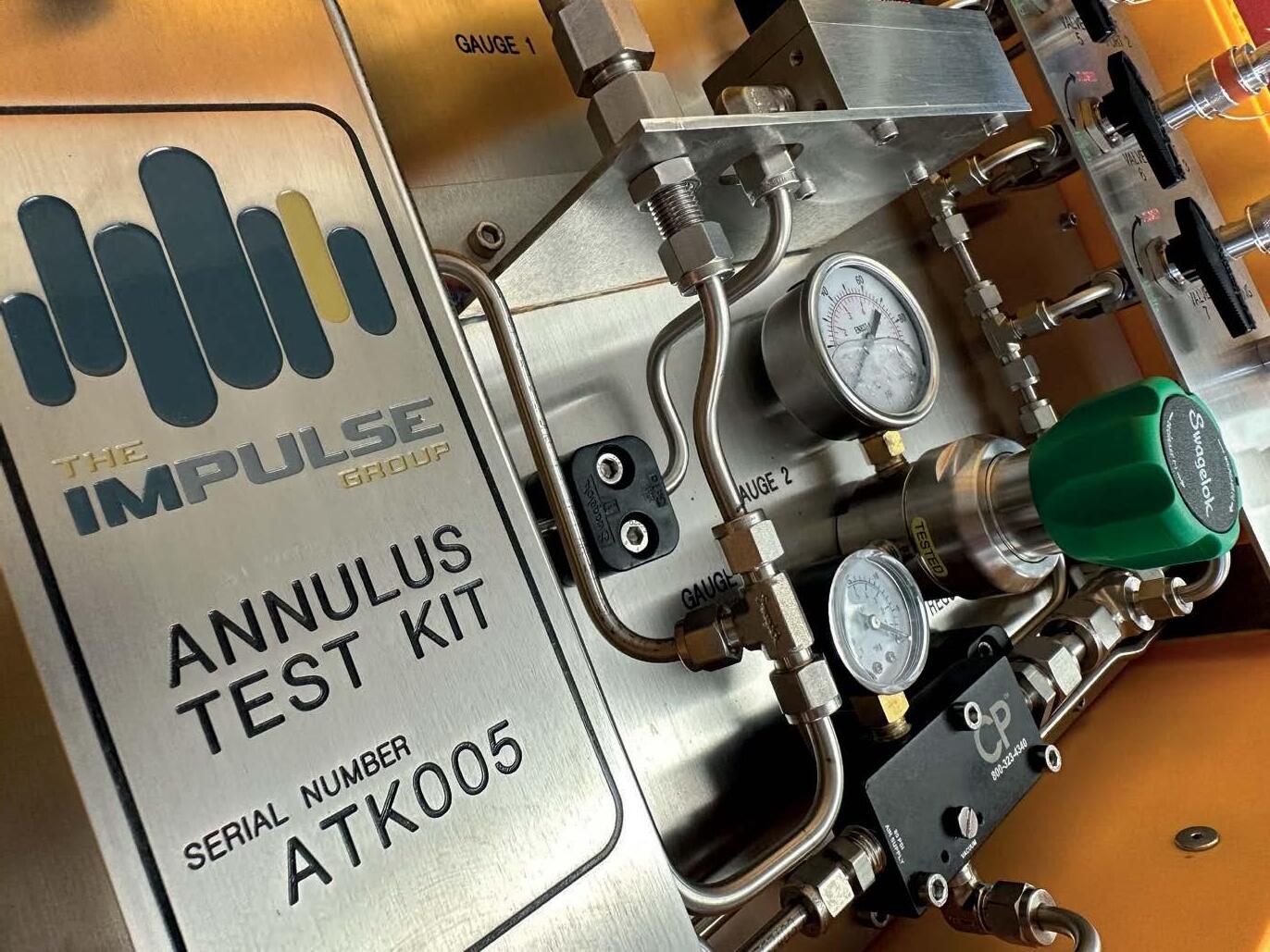
+44 (0)1670 704 718 Call for more details theimpulsegroup.com
ISO accreditation
Subsea engineers
operations
A View from management: Adrian Meehan

A Step Forward in Pressure Testing Safety & Efficiency

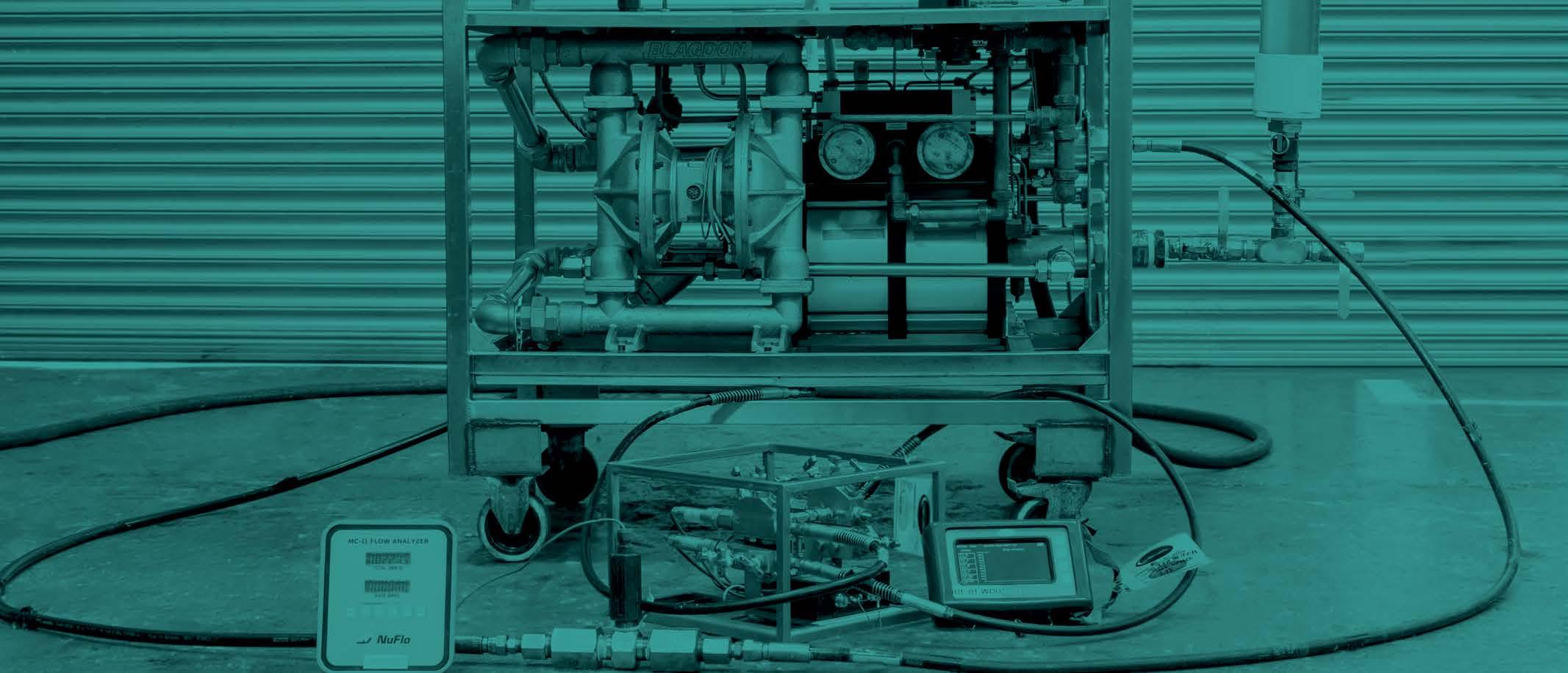
ressure testing is a task we carry out every day in our industry, but it is hard to believe that chart recorders are still used to record many tests in our workshops & offshore, especially when this is a time constraint on operations.
Intervention Rentals have a test set up available for onshore workshops that will improve safety, save time & money and benefit customers who are looking for a digital platform testing tool. This product is called the KRONOS and based on years of dialogue and testing with clients we believe this digital solution will benefit our customers who are looking to become more efficient and accurate when pressure testing.

The question this product should bring to your attention as you read this is:
How many people are standing looking at a test chart very close to the line of fire today and more importantly, how can we remove this requirement and improve efficiencies?
At Intervention Rentals, we have been successfully using our own digital testing platform for over 5 years offshore and from this, we have decided to introduce this software into onshore workshops.
We focussed on 3 main aspects: Safety; Efficiency and Time. By removing the operator from the pressure-based risk area we have taken a leap forward in removing potentially serious consequences of an unplanned incident. Also, by making the process of pressure testing quicker, more definitive and therefore easier, we have saved costs in personnel time and the whole testing process. Additionally, the KRONOS digital platform produces definitive, instant pass/fail announcements that can be immediately stored, sent and analysed anywhere in the world removing the decision-making time, the physical storage requirements and confusion based on pen-on-ink chart recorders.
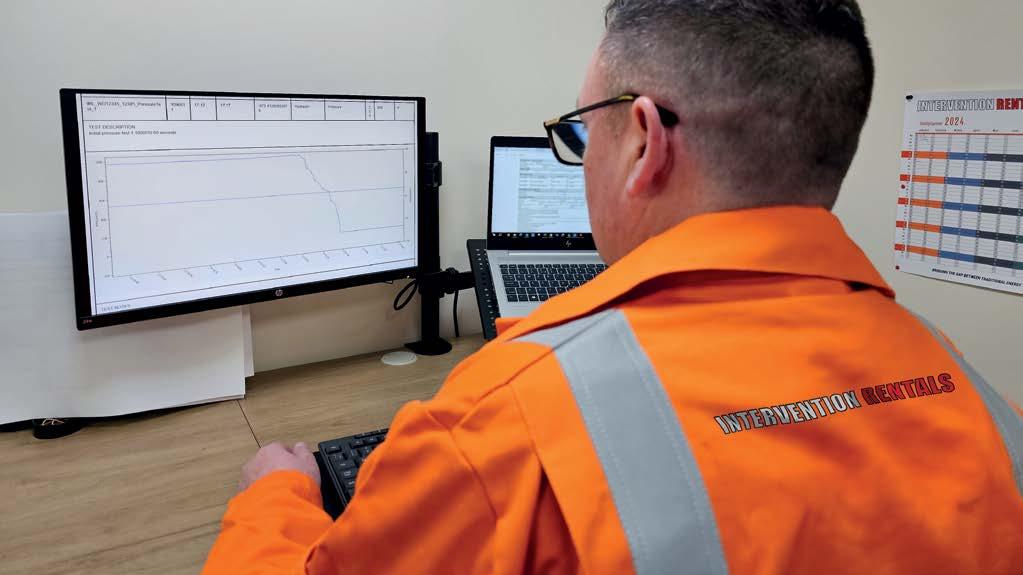
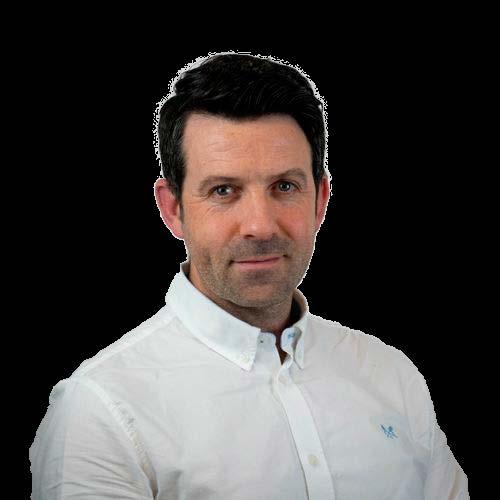
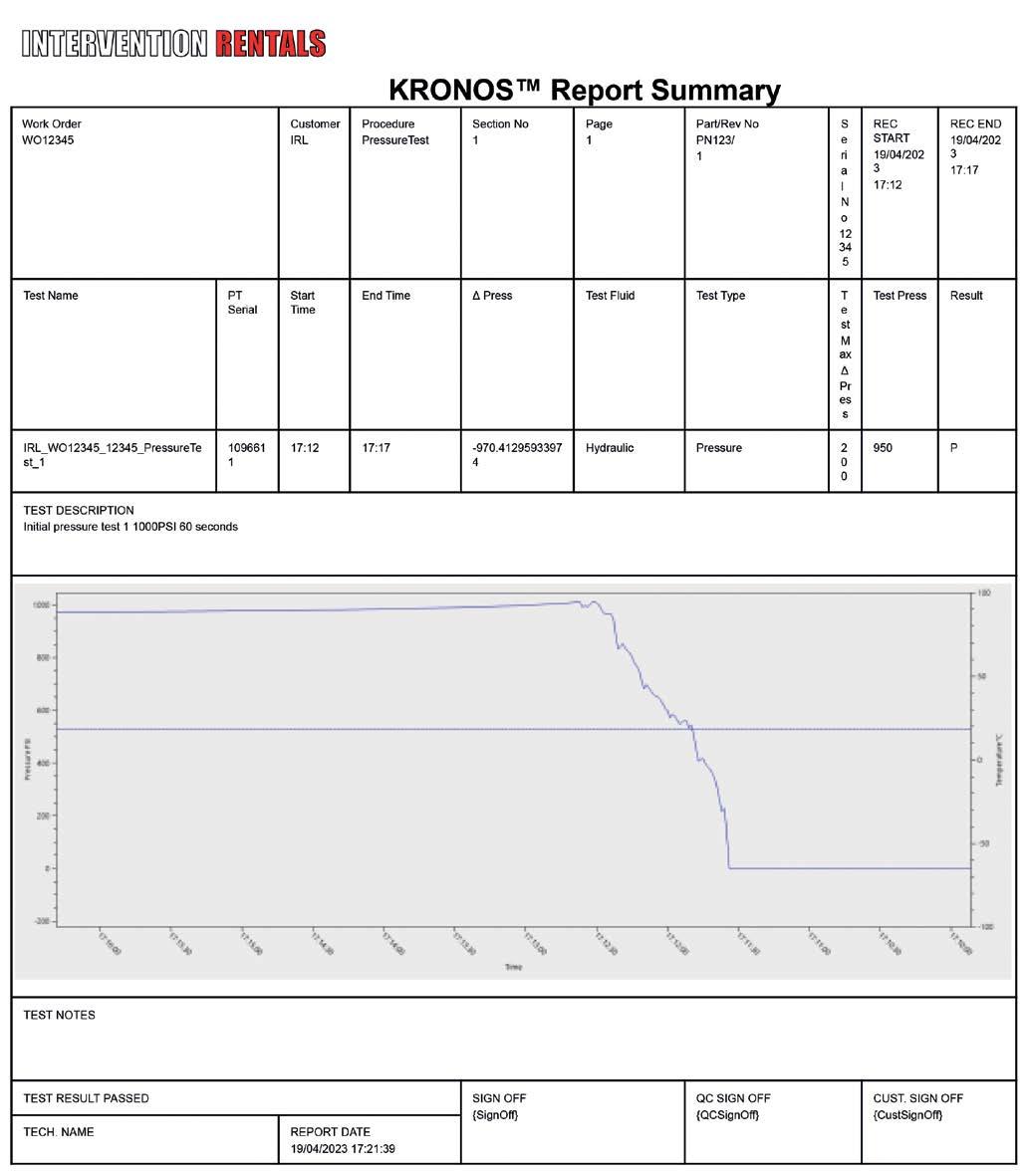
The final area of discussion when defining a digital testing platform onshore, is how can we change the perception of trusting digital testing onshore versus a ‘this is the way we have always done it’ attitude? This can be a challenging topic as change is an emotive issue, specifically when it challenges the ‘norm’. Intervention Rentals believe that change in the workshop must be a step-by-step process where education of the system is important. And based on this, we offer complete training & familiarisation supporting the installation of KRONOS to ensure there are no issues whilst getting used to a new way of working.
Intervention Rentals are excited about what this new onshore workshop pressure testing system can offer their customers to ensure a safer and more efficient environment for their employees. You can read more about KRONOS on our LinkedIn page ‘short read opinion piece’.


31 OFFSHORE WIND
For more information visit www.interventionrentals.com
In the coming months we will see more in the ‘Highlights On’ series from Intervention Rentals, where you will be able to read more about the services on offer from Interventions Rentals and meet some of our team.

Clean energy infrastructure and cutting-edge technology advancements bring hope for the future
In May, it was revealed that renewable energy sources produce more than 30% of the world's electricity; a significant milestone for the energy transition.

Figures were also published recently to show that heat-related deaths have increased by 30% in Europe – a reminder of the immediacy of the ongoing climate change threat. The nature and scale of the challenge is such that we continually need to do more, better, faster; while fearing that it may not be enough.
Part of the picture is the investment in the energy infrastructure that will be required. For example, our firm recently advised Ardersier Port, Haventus and Quantum Capital Group on a £100m joint credit facility to transform the site into a major energy transition facility, to support offshore renewables activity in the years ahead. Given Scotland's capacity for wind and other offshore power generation, we will see a boom in this kind of activity, requiring billions of capital to be deployed. The Ardersier project is the first that the UK Investment Bank and the Scottish National Investment Bank have co-financed, and is aligned with their net zero remits. We will see many more.
The other part of the picture is applying cutting-edge technologies to tackle various implementation challenges. Some of the technologies that we see are futuristic. For example, the recent floods in Dubai were (inaccurately) blamed via some social media sources on "cloudseeding"; a method of dispersing substances into clouds that act as condensation and cause rainfall. More recent developments involve using drones to stimulate rainfall with electrical pulses. These technologies, along with other "geo-engineering" treat the symptoms (such as lack of rainfall), rather than the cause.
Another interesting area of technology which, by contrast, goes to the heart of the cause rather than the symptom - is the direct air capture (DAC) of carbon from the atmosphere. The amount of carbon that humans have released is the primary cause of climate change. If these technologies can help us to "re-capture" (or "sequester") the carbon from the air, this could go a long way to mitigating the problem. There are various technical solutions being proposed, but fundamentally it involves either taking the CO₂ and, for example, housing it within a depleted oil & gas reservoir; or taking the CO₂ and using a process to detach the carbon. In some applications, the carbon can be turned into useful bi-products, such as graphite for pencils.
We have been involved in the full life cycle of these kinds of projects and they demonstrate the breadth of legal expertise that's required. In the early stages, there are often research & development agreements governing the co-operation of scientific researchers, their academic institutions and funders. Identification, protection and licensing of the intellectual property which is the essence of these inventions is a key priority. As the technology moves forward through TRLs (Technology Readiness Levels), it may require (semi-)commercial funding from venture capital and all manner of commercial contracts. For example, contracts for the use of field test facilities, provision of sub-contracted services and purchase of items that are required for the technology (such as component parts or consumables). For any venture to commercialise the technology, there are also other potential legal issues which are all too familiar to the experienced corporate lawyer, such as liaising with investors, employees and co-developers, obtaining funding and supporting the appropriate commercialisation strategy.
There are some sceptical reports about the suitability of Private Equity (PE) as a source of development funding, but PE houses will need to be at least part of the mix, given the scale of capital funding required. There is also some evidence that major companies may invest to support the development of the circular economy (whether as part of their ESG commitments or as justifiable commercial decisions). For example, Nestle invested £7m in a technology company to tackle difficult recycling challenges for its packaging, while Wizz Airlines invested £5m in a company developing sustainable aviation fuel.
One of the most fascinating aspects of working in this sector is that the next piece of cleantech technology that we are dealing with could (literally) change the world and is so cutting-edge that it hasn’t even been thought of, at the time I type these words.

To listen to Brodies' recent series of energy related podcasts, use the QR code or search for 'Podcasts by Brodies' on Apple Podcasts, Spotify or your usual podcast provider.


Brodies LLP is a UK top 50, and leading Scottish, law firm with offices across Scotland, the UK and internationally. For more useful insight and details of our energy expertise visit brodies.com
32 LEGAL
to know more?
Martin Ewan is a corporate partner at Brodies, based in Aberdeen.
Want
www.ogv.energy I June 2024
SPONSORED BY

Leyton is an international consulting firm that helps businesses leverage financial nondilutive incentives to accelerate their growth and achieve long lasting performance.
We simplify your access to these complex incentives. Our combined teams of highly skilled Tax and Technical specialists, enhanced with cutting-edge digital tools developed internally, maximise the financial benefits for any type of businesses.
With compliance always front of mind, we have been delivering optimal services for our clients for over 24 years. This provides peace of mind that you will always receive the maximum benefit, without taking risks. The
Innovating the Future: Technological Advancements in Offshore Wind
The offshore wind industry stands as a beacon of innovation, continuously pushing the boundaries of technology to harness the power of wind energy more efficiently and sustainably.
As demand for renewable energy surges, offshore wind farms have emerged as key players in the global energy transition. Let's delve into the cutting-edge innovations driving this sector forward.
Advanced Floating Platforms:
One of the most exciting developments in offshore wind technology is the advancement of floating platforms. Researchers are pioneering innovative designs that offer enhanced stability in rough waters while accommodating larger turbines. These platforms open up new possibilities for harnessing wind energy in deeper waters where traditional fixed-bottom turbines are not feasible.
Mooring Systems for Deep Waters:
Ensuring the stability of floating turbines in deep waters requires robust and efficient mooring systems. Engineers are developing secure anchoring solutions capable of withstanding strong currents and variable forces. By addressing the unique challenges of deepwater environments, these advancements pave the way for the expansion of offshore wind farms into previously untapped regions.
Next-Generation
Turbine Technology:
In the quest for greater energy output and reliability, turbine technology continues to evolve. The development of larger rotor blades enables turbines to capture more wind energy, while optimizations in blade shape and materials enhance aerodynamics and durability. Additionally, the adoption of direct drive generators eliminates the need for gearboxes, reducing maintenance requirements and improving overall reliability.
Grid Integration and Transmission Efficiency:
Efficient transmission of electricity from offshore wind farms to onshore grids is essential for maximizing energy yield and minimizing losses. Innovations in highvoltage direct current (HVDC) transmission technologies enable efficient long-distance power transmission, facilitating connection to distant grids. Furthermore, advancements in dynamic cable protection systems ensure the integrity of subsea cables, reducing maintenance needs and downtime.
Environmental Impact Solutions:
As offshore wind farms expand, minimizing their environmental footprint becomes increasingly important. Researchers are exploring solutions such as acoustic deterrent devices to reduce underwater noise during construction and operation, mitigating disturbances to marine life. Additionally, fishfriendly turbine and foundation designs are being developed to minimize harm to fish populations and ecosystems.
Remote Monitoring and Maintenance:
Ensuring the reliability and performance of offshore wind turbines requires advanced monitoring and maintenance strategies. Remote sensing technologies, including drones and autonomous underwater vehicles, enable regular inspections and maintenance tasks without the need for human intervention. This proactive approach to maintenance helps minimize downtime and ensures optimal turbine performance.
Subsea Energy Storage:
To address the intermittency of wind energy, researchers are exploring the integration of subsea energy storage systems with offshore
wind farms. These systems store excess energy generated during periods of high wind activity and release it during peak demand, enhancing grid stability and maximizing energy utilization. Developments in subsea battery technology and intelligent energy management systems are key enablers of this innovative approach.
Future Outlook:
As offshore wind technology continues to evolve, the future looks promising for the sector. Innovations in floating platforms, turbine technology, grid integration, and environmental solutions are driving down costs and expanding the reach of offshore wind farms. With ongoing research and development efforts, offshore wind is poised to play a pivotal role in meeting the world's growing energy needs in a sustainable manner.
Importance of Funding Further Innovation:
While technological advancements propel the offshore wind industry forward, funding remains crucial for driving innovation. R&D tax relief schemes, such as SME Tax Credits and R&D Expenditure Credit, provide essential financial support to companies engaged in research and development activities. These incentives not only alleviate tax burdens but also inject much-needed capital into innovation initiatives, enabling companies to explore groundbreaking ideas and technologies.
Evidence Required for Successful Claims:
To qualify for R&D tax relief, companies must demonstrate that their activities meet certain criteria. This includes evidence of innovation, such as project documentation, technical reports, and financial records. Additionally, companies must articulate how their R&D efforts aim to achieve technological advancements or scientific breakthroughs. By providing comprehensive evidence of their research activities, companies can ensure the success of their R&D tax relief claims and secure the funding needed to drive further innovation in the offshore wind sector.
In conclusion, the offshore wind industry is at the forefront of technological innovation, reshaping the global energy landscape one turbine at a time. By harnessing the power of innovation and leveraging R&D tax incentives, companies can accelerate the development of groundbreaking technologies and pave the way for a cleaner, greener future.


33 INNOVATION & TECHNOLOGY For more information visit: leyton.com
largest innovation funding consultancy www.leyton.com
UK’s
Dylan Langford MEng (Associate Director - R&D Tax Incentives

Offshore
wind Your partner in the energy transition
Optimizing the performance of your offshore wind assets to generate and transmit clean power efficiently and sustainably.

THREE60 Energy secures three-year Framework Agreement for EMEC
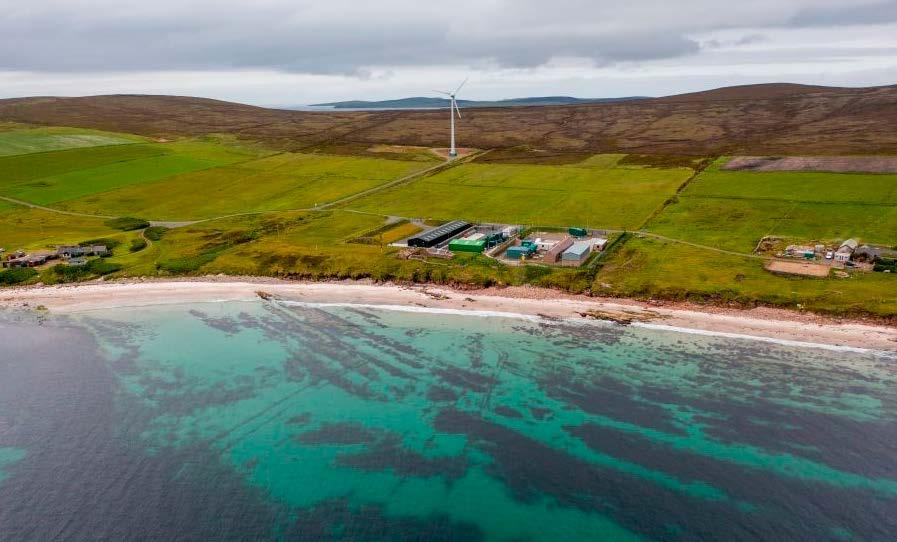
THREE60 Energy, a leading provider of renewable energy solutions including grid connection and operations & maintenance services, proudly announces the successful award of a three-year contract with the European Marine Energy Centre (EMEC).
This contract marks a significant milestone in advancing sustainable energy solutions in Scotland and underscores THREE60's commitment to driving innovation in the renewable energy sector.
THREE60 will collaborate closely with EMEC, delivering electrical services to support the demonstration of cutting-edge renewable energy projects. Leveraging its expertise in electrical engineering in both renewable energy technologies and project management, THREE60 will support EMEC in its mission to accelerate the deployment of marine energy technologies, including wave and tidal energy, in the European market.
"We are thrilled to continue to support our long-standing relationship with EMEC, which
continues to support our local team in Orkney, a team we hope will continue to grow." said Scott Roy, Strategic Development Director at THREE60. "This partnership not only reflects our shared vision for a sustainable future but also highlights the confidence placed in THREE60's capabilities to deliver electrical services to support client connections at EMEC’s test sites and training for EMEC’s personnel. Together with EMEC, we work to drive the adoption of marine energy technologies and pave the way for a cleaner, greener tomorrow."
EMEC, renowned for its expertise in marine energy testing and demonstration, selected THREE60 based on its proven track record of delivering high-quality renewable energy projects.

"We are pleased to contract THREE60 Energy on the provision of essential electrical services at our wave and tidal energy test sites," said Jonathan Lindsay, Operations and Technology Director, at EMEC. "Their deep understanding of our test site infrastructure, including our substations and subsea cables, makes them an ideal partner. By supporting the connection of wave and tidal energy technologies at our sites, THREE60 are supporting the development of the marine energy sector which will ultimately contribute to Europe’s renewable energy targets and help mitigate climate change."
The three-year contract signifies a long-term commitment between THREE60 and EMEC to collaborate on renewable energy initiatives encompassing electrical services.
THREE60 Energy is a leading global provider of innovative engineering, technology and energy transition solutions across the asset life cycle from design to decommissioning. Through a 1,000-strong workforce, THREE60 is a trusted partner for ambitious companies of all sizes. The company combines expert engineering, operations and project management with proprietary technologies and products to unlock value for its customers. With deep expertise in oil and gas, nuclear, onshore and offshore wind, alongside a growing position in carbon capture and storage, hydrogen and geothermal, THREE60 is helping deliver the energy transition.
THREE60 also supports the defence industry across all sub-markets (land, navy, marine, aerospace, etc.) and services the industrial and marine sectors through a complementary group of businesses. By underpinning its services with advanced digital solutions, THREE60 remains committed to offering emissions reducing solutions
About EMEC: The European Marine Energy Centre (EMEC) is the world's leading test facility for wave and tidal energy converters. Based in Orkney, Scotland, EMEC provides unparalleled expertise and resources for testing and demonstrating marine energy technologies, with a mission to accelerate the transition to a low-carbon future.
34 www.ogv.energy I June 2024 RENEWABLES
abb.com
Balmoral Comtec marks renewables milestone with Hornsea 3 contract award
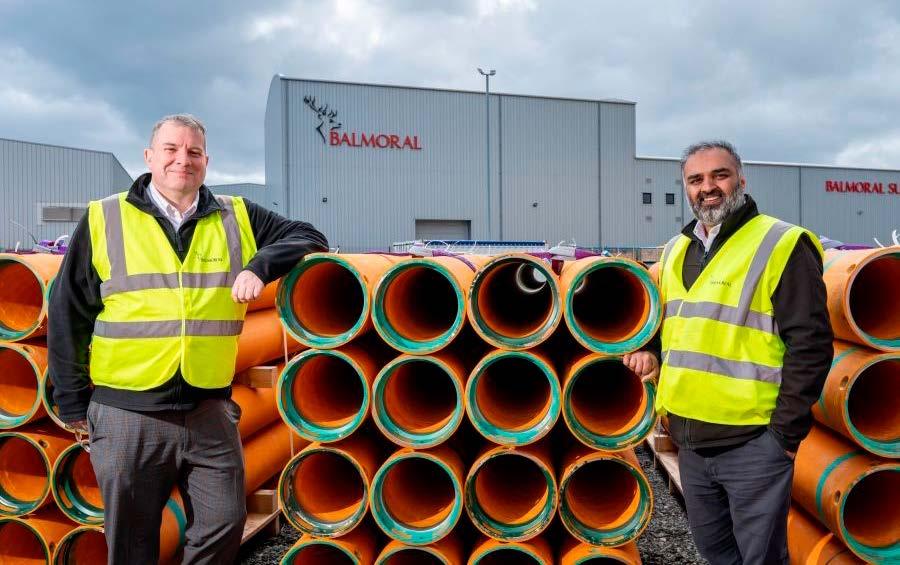
Balmoral Comtec, a Balmoral Group company and a major provider of buoyancy, protection and insulation services to the global offshore energy market, has been awarded a multi-million-pound contract for the supply of 400 cable protection systems (CPS) by Ørsted for its Hornsea 3 project, located 120km off the Norfolk coast in the UK.
The scope of work includes design engineering which will take place at Balmoral Comtec’s Aberdeen facility, supply of 400 cable protection systems, and handling and installation training to the awarded marine contractor.
Managing the challenges of over-bending, abrasion and fatigue of underwater cables can be an ongoing challenge for offshore wind developers. Balmoral Comtec’s patented system utilises validated materials designed to improve operational performance and increase fatigue life. The patented system mechanically locks together removing a reliance on PU bonding, which is notoriously unpredictable and problematic to validate over field design life while providing marketleading strain and stiffness levels that cannot be achieved by traditional CPS designs.
Fraser Milne, Engineering and Projects Director at Balmoral Comtec, said: “Hornsea 3 will be a vital project for the UK’s energy transition - and we’re thrilled to play a role in bringing this project online and protecting it forwell into its operational life. Never has it been more important to increase the role of renewables in our energy mix, to protect both the environment and safeguard energy security in the UK.
“This award is a direct reflection of our ongoing work and commitment to the offshore wind sector. As windfarms and turbines expand in size, scale and complexity, our industry leading expertise, in-house design and engineering experience, and our scalable manufacturing capability will be crucial as offshore wind developers and OEMs navigate these complex challenges.”
Hornsea 3, which will be the world’s largest offshore windfarm, is owned and operated by Ørsted, a global leader in renewable energy, and is expected to be operational by 2027. The project will significantly contribute toward the UK government’s goal of achieving 50GW of offshore wind by 2030.
Luke Bridgman, Hornsea 3 Project Director at Ørsted, said: “Hornsea 3 is a nationallysignificant renewable energy project, providing low-cost, clean energy at scale. To successfully deliver an offshore windfarm of this magnitude, it’s vital that we draw on the extensive knowledge and expertise of our teams, contractors and suppliers. We look forward to working alongside Balmoral Comtec as we progress through the next stages of construction.”
Rovco to Work on Site Characterisation at 1.5 GW Offshore Wind Project in UK
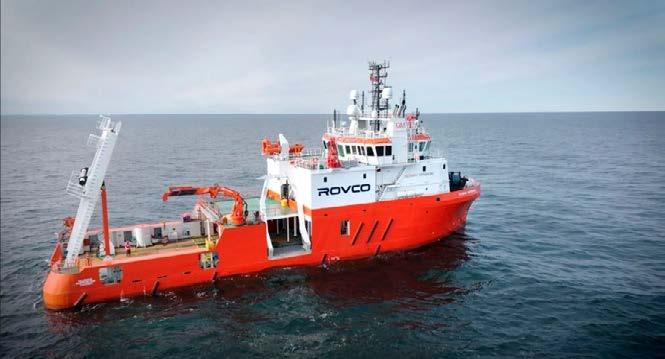
Rovco has been selected for site characterisation work on the 1.5 GW Outer Dowsing Offshore Wind project in the UK.
With the project scheduled to start imminently, the UK-based company will be responsible for carrying out a full geophysical investigation of several key sites at Outer Dowsing Offshore Wind off the Lincolnshire coast.
The scope of work will involve mapping both the seabed and sub-seabed conditions to identify hazards that may affect the future installation of wind turbines and subsea cables.
In addition, Rovco will conduct benthic environmental surveys of the site, helping to better understand and minimise any disruption to local wildlife.
The work will be carried out by one of the company’s dedicated survey vessels, Glomar Supporter, which features an unnamed surface vessel (USV) onboard to deliver simultaneous data collection with instant upload to the ship.
The vessel also has a work class ROV for concurrent inspection activities.
“This work will be key to ensuring we design the Outer Dowsing Offshore Wind farm to the highest standards and with strong environmental stewardship. As we progress our engineering work, we aim to bolster the UK skill-base and supply chain, which will in turn help the UK reach net zero. We look forward to working with Rovco to add 1.5 GW of renewable power to the UK power mix, reducing emissions and improving UK energy security,” said Luis McArthur, Outer Dowsing Offshore Wind Survey Manager.
The Outer Dowsing Offshore Wind project is a joint venture between TotalEnergies, Corio Generation, a portfolio company of Macquarie Asset Management, and Gulf Energy Development.
The project’s Development Consent Order application was accepted by the Planning Inspectorate in April 2024 and includes an offshore wind farm comprising up to 100 turbines, underground cables to carry the power from the landfall site close to Anderby Marsh, and a new onshore substation at Surfleet Marsh.
The project will then connect to existing National Grid overhead transmission lines in the Weston Marsh area.
With a planned installed capacity of 1.5 GW, it will be one of the UK’s largest offshore wind farms upon completion.


35 RENEWABLES OGV Renewables Sponsored by: new.abb.com/process-automation/energy-industries

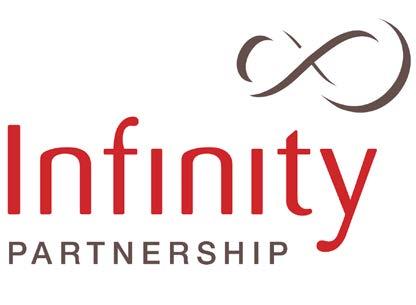
Infinity Partnership: Your Partner in Business
Infinity Partnership is an award-winning, multi-disciplinary accountancy and business advisory practice, with a proactive approach to customer service.
Infinity has been a five-time winner at the British Accountancy Awards and has been a three-time finalist at the Scottish Accountancy Awards in recent times.

Elemental Energies awarded major wells decommissioning contract in the Gulf of Mexico
Leading independent wells specialist, Elemental Energies, has secured a major master services contract to support the decommissioning of nine orphaned wells in the Gulf of Mexico from Promethean Energy (Promethean), a late life oil and gas operator focused on delivering safe, cost-efficient and timely decommissioning of mature assets.
The first phase commenced in February with Elemental Energies providing well management services from its Houston office for the plugging and abandonment of wells in the Matagorda Island area, off the Texas coast. The work comes as part of a five-year contract awarded to Promethean by the Department of the Interior’s Bureau of Safety and Environmental Enforcement (BSEE) to decommission orphaned offshore wells.
Elemental Energies’ Julie Copland, Head of Decommissioning and Low Carbon, said: “We're thrilled with this award as it marks a significant expansion of our efforts in the Gulf. Our rich history in decommissioning, uniquely equips us to address the Gulf's orphaned wells, applying our expertise to mitigate environmental risks, navigate complex regulations, and reduce the associated OPEX of decommissioning work. This project and partnership is a testament to our commitment to meeting evolving industry standards and safeguarding our environment."
The contract is partially funded by the Bipartisan Infrastructure Law through a $64 million commitment to address orphaned oil and gas wells on public lands.
Steve Louis, SVP Decommissioning for Promethean Energy, said:

“We at Promethean are delighted to have Elemental Energies as a strategic partner, as we work with the federal government and others to deliver these projects of strategic importance to the nation’s environmental stewardship and energy security. Elemental’s well engineering expertise is an important component of our comprehensive wells management capability as an operator of mature assets and their decommissioning.”
TechnipFMC awarded significant iEPCI contract by Woodside Energy for Xena phase 3 development
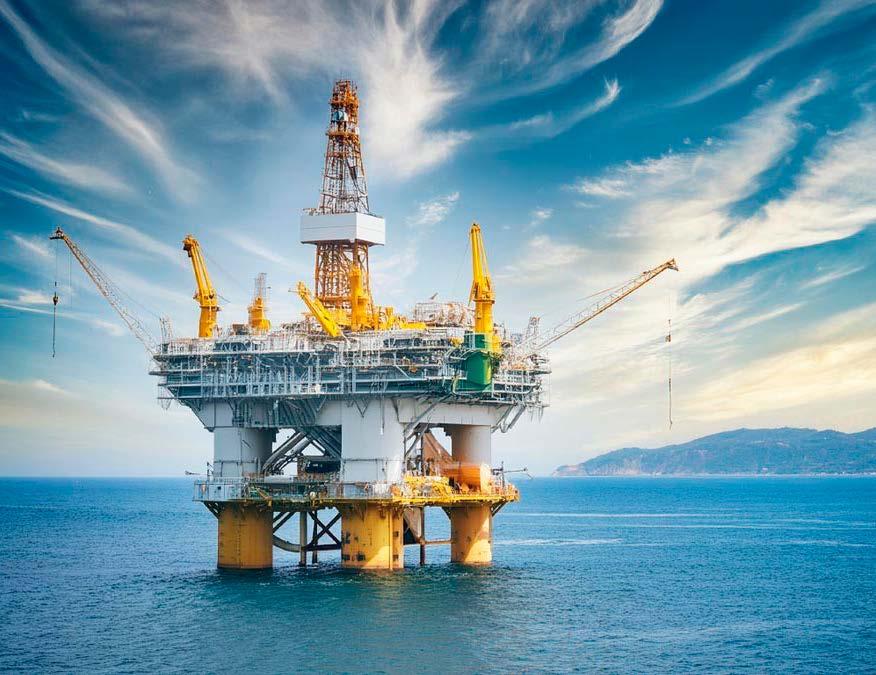
TechnipFMC has been awarded a significant integrated Engineering, Procurement, Construction, and Installation (iEPCI) contract by Woodside Energy in Australia.
TechnipFMC will design, manufacture, and install the subsea production system, flexible pipe, and umbilicals for the Xena Infill well (XNA03) to support ongoing production from the Pluto LNG Project. The award follows an integrated front end engineering design (iFEED) study.
The project will use the Company’s Subsea 2.0 production system. Xena Phase 3 will be tied back to existing subsea infrastructure previously supplied by TechnipFMC.
Jonathan Landes, President, Subsea at TechnipFMC, commented: “We are proud to be delivering a fully integrated project from concept to execution. This project will help our long-term client meet their objectives, demonstrating the favorable impact iFEED, iEPCI, and Subsea 2.0 can have on project economics.”
The contract is the latest call-off on the framework agreement between Woodside Energy and TechnipFMC.
www.ogv.energy I June 2024 36
www.infinity-partnership.com SPONSORED BY CONTRACTS
Seatrium wins FPSO integration contract from repeat customer SBM Offshore
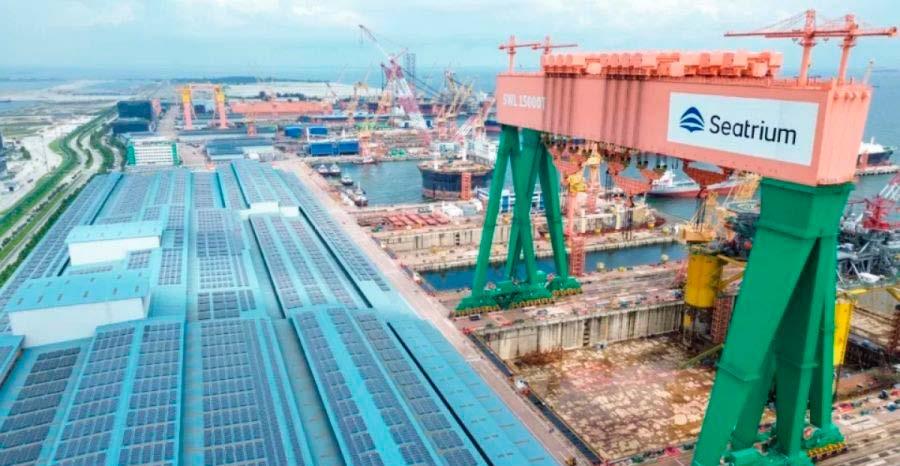
Announcement of the contract win came a day after Seatrium and four other counters were removed from a key market index.
Seatrium has won a contract from repeat customer SBM Offshore for the topside fabrication and integration of an FPSO, floating production storage and offloading vessel. The contract value is not disclosed.
The news came a day after Seatrium, together with four other counters is to be removed from the MSCI Singapore Index, causing its share price to drop by more than 10%.
Passive fund managers tend to construct their portfolios based on components of market indices.
The rig, FPSO Jaguar, as this FPSO is called, is designed to produce 250,000 barrels of oil per day.
Work is expected to commence in the third quarter of this year and when completed it will deployed to serve in the Whiptail Field, off Guyana, dubbed the world's fastest-growing oil region since reserves were discovered back in 2015.
To date, Seatrium is involved in three other FPSOs in Guyana. Seatrium says it is also on track to deliver its fourth Guyanese FPSO to SBM.
Saipem secures $850 million award offshore Angola from Eni-led joint venture

Saipem has been awarded a new offshore contract by Azule Energy Angola S.p.A., a subsidiary of Azule Energy Holdings Limited, for the development of the Ndungu field. The offshore field is part of Agogo Integrated West Hub Project, approximately 180 km off the coast of Angola. The value of the contract is around $850 million.
Saipem’s scope of work entails the engineering, fabrication, transportation and installation of approximately 60 km of rigid pipelines and of the subsea facilities at a depth of around 1,100 m, and the transportation and installation of flexible flowlines, jumpers and 17 km of umbilicals.
Fabrication activities will be executed at Saipem’s Ambriz yard, in Angola. For the offshore installation campaign Saipem
expects to deploy its FDS vessel, for the transportation and laying activities of the rigid pipelines.
The award of this important project further consolidates Saipem’s positioning in Angola’s offshore sector, both in deep waters and in shallow waters, through the provision of innovative and efficient solutions to reduce installation times.
Italian Rosetti Marino secures $9.6m deal in North Sea

Italian contractor Rosetti Marino has secured a contract with INEOS E&P for front end engineering design (FEED) for an offshore high pressure, high temperature (HP/HT) gas production platform offshore Denmark.
The contract, worth approximately $9.6 million (€9 million), is for the Hejre to south Arne development project in the North Sea.
The work encompasses all engineering activities related to the Hejre topsides and South Arne topsides tie-in modifications required.
Hejre is a HP/HT reservoir located in license block 05/98 in the Danish sector of the North Sea, around 300 km westnorthwest of Esbjerg and 5 km south of the border between the Norwegian and Danish sectors.
The FEED work performed will be the basis going into the project execute phase where the successful tenderer under a new and separate contract shall continue into an engineering, procurement, construction, installation, hook-up, commissioning contract (EPCIC), deliver the topside to INEOS E&P as well as perform offshore activities required for Hejre installation and South Arne Host for Hejre field start-up.
Rosetti Marino noted that the two successful tenderers have been awarded identical FEED scopes and the work shall be performed in a DUAL FEED approach over a period of approximately 10 months.
In the last part of the FEED period a tender will be issued to the two FEED contractors for the EPCIC contract. The tenderer with the most commercially and technically attractive solution will be awarded the EPCIC contract.
“We are thrilled to be selected as one of the finalists for the INEOS Hejre project FEED competition. This opportunity represents a significant milestone for our company and we are eager to collaborate with INEOS to deliver a solution that exceeds expectations and contributes to the success of this landmark project,” said Oscar Guerra, CEO of the Ravenna-based company Rosetti Marino.
Activities are due to start immediately and are expected to be completed by the beginning of 2025.
Earlier in May, engineering and energy consultancy Apollo secured the project management consultancy (PMC) contract for the Hejre project.


37 CONTRACT AWARDS SPONSORED BY CONTRACTS

SPONSORED BY

www.wellsafesolutions.com
SAFE, SMART & EFFICIENT
The complete package for well decommissioning
Well-Safe Solutions provides a ground-breaking approach to the safe and cost-efficient decommissioning of on and offshore wells. We offer a specialist well abandonment service that allows operators to meet the challenges and regulatory imperatives around decommissioning, while significantly reducing costs.
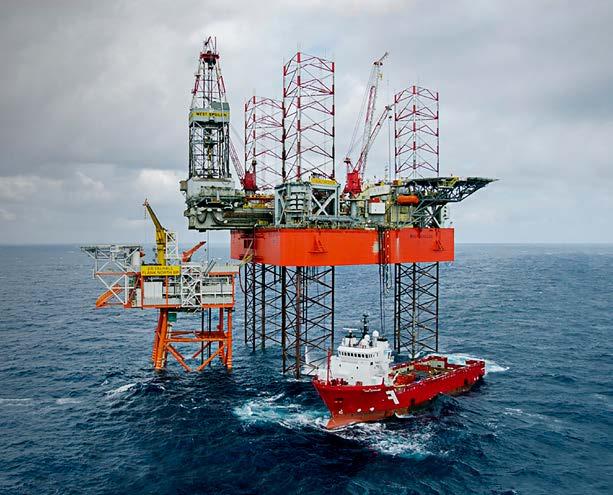
Inaugural Decom Survey Results Highlight “Supply Chain Reality”
Decom Mission, the only trade organisation solely focused upon late life and decommissioning, has published the first independent survey of decommissioning practitioners from across the energy sector.
Providing primary insight into current supply chain capability and capacity, as well as a snapshot of sentiment across the sector, respondents were asked to comment upon key areas including Commercial, Confidence, Environmental, People & Skills, Safety and Regulation. Treated in confidence, responses were collated from asset owners and operators, supply chain companies, consultants and regulators in oil and gas, nuclear and renewable industries.
The findings were premiered at the opening session of Decom Week ’24 by Decom Mission CEO, Sam Long, who comments:
“Whilst we understand that there will always be an emphasis on future opportunities within the energy industry, we felt it imperative to focus on the supply chain’s current reality, and in doing so have re-categorised what many of us will recognise on a more anecdotal basis into actionable and quantifiable insight.
“In doing so, we can further assist the supply network (which incorporates asset owners), in addressing identified challenges, such as a requirement for more sustainable and equitable business practices, a continued need to advance decom culture and mindset and
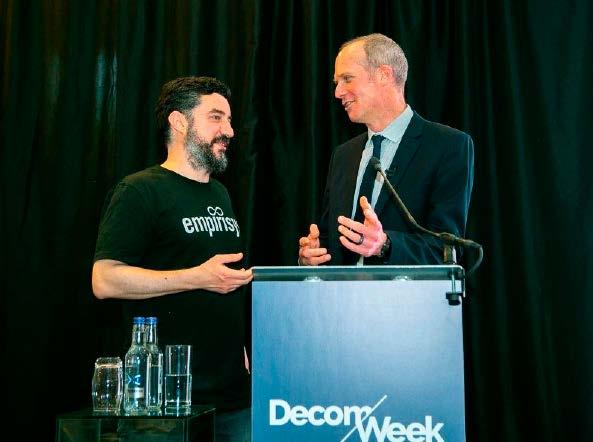
the enablement of better outcomes. Those outcomes include improved recycling and reuse of assets, support for circular economy principles, more effective regulations, and a commitment to the decarbonisation of decom operations.”
The Decom Mission Survey was developed in conjunction with specialist process safety and data science company, Empirisys, using its in-house designed and built intelligent survey tool – Sense.
Peter Sueref, Chief Technology Officer and co-founder of Empirisys said: “Partnering
with Decom Mission has been a fantastic collaborative opportunity for us to deploy our skillset on a project, the results of which are poised to inform real change in the decom supply network.
“The carefully crafted survey elicited thousands of text-based answers, resulting in a deep pool of information from which to draw insights. Our approach to scrutinising these responses involved not only analysing the numerical and statistical answers, but also adding real value by deriving the sentiment and insights from long-form text answers, and weaving all of this together to provide rich, meaningful insights.”



www.ogv.energy I June 2024 DECOMMISSIONING 38
More new decommissioning news available @ https://www.ogv.energy/news/decommissioning

AquaTerra Group secures decommissioning projects worth seven figures
Aberdeenshire headquartered integrated services provider, AquaTerra Group, has announced four significant decommissioning contract wins totalling a seven-figure sum. These latest projects represent a notable increase in AquaTerra’s roster of decommissioning projects between 2023 and 2025.
While late life and decommissioning services are not new areas of work for AquaTerra, the past year has marked several firsts including the first time that the company has been subcontracted by Dutch offshore contractor, Allseas.
Allseas has entrusted AquaTerra with a contract on Enquest’s Heather Alpha platform supporting the EPRD project through the provision of engineering, fabrication, access, and construction teams to complete underdeck preparation scopes for topside removal.
On TAQA’s Cormorant Alpha platform, AquaTerra supported Allseas by removing underdeck obstructions in preparation for topside removal. Following on from the success of this project, AquaTerra was then subcontracted by Wood for a further scope of work on the same platform.
By utilising the company’s lifting and rigging equipment and services, including QuikDeck, its modular suspended access platform, AquaTerra also won its first decommissioning contract with another operator, supporting conductor decommissioning.
Stephen Taylor, Managing Director of AquaTerra Group, said: “The team and I are delighted that we were selected by Allseas through what was a competitive tendering process for the Enquest and TAQA projects. This is also the first time that we have worked with Wood in several years, so it is great to be supporting them again.
“We’re tendering for more big projects than we’ve ever tendered for before in decommissioning, and this is already paving the way for us achieving our target of £14 million turnover in 2024.”
In 2021, AquaTerra were finalists in the ‘Best Lifting Operation’ category in the LEEA awards for its work on the Dunlin Alpha decommissioning project.
Founded in 2004, AquaTerra Group has a strong track record in delivering multi-discipline construction, maintenance and inspection services to the energy, infrastructure, and marine industries.

Decom Mission celebrates sector performance with seventh annual awards
The winners of the seventh annual Decom Mission Awards were announced last night (21st May) at a ceremony during the trade organisation’s Decom Week.
This year the Awards, which were established by Decom Mission to celebrate excellence across a number of areas in decommissioning, focused on Sustainability, Innovation and Emerging Professionals active within the industry. The longstanding category of “Decom Mission Member” recognised outstanding achievement from within the organisation’s international membership.
Callum Falconer, Decom Mission Operations Director comments: “We are delighted to celebrate such worthy winners – and indeed all our finalists who impressed us with their innovative and committed approaches to the work they undertake.
“This year, we received the largest number of entries to date, reflecting the ever-growing credibility of the awards as well as the increasing emphasis the energy sector places upon late life and decommissioning activity as a key component of the energy transition and the varied range of long-term career opportunities available.”
Winners of this year’s Decom Mission Awards are:
Innovation in Decommissioning Award: Utility ROV Services Ltd for its UTROV technology and suite of decommissioning tooling, which has been proven over multiple large scale North Sea projects to reduce subsea infrastructure removal costs by 30%.
Emerging Professional in Decommissioning Award: Chloe Grigor of DeepOcean for her exceptional promise based on performances on decommissioning projects, commitment to innovation and sustainability, and her passion, energy and proactive approach.
Sustainability Award: AF Offshore Decom for its uncompromising attitude towards health, safety, environment and ethics, including optimised waste recycle, decarbonisation through its steel recycling solution and its commitment to energy efficiency across all operations.
The Decom Mission Member Award: Thompsons of Prudhoe Ltd for its activity and industry impact since 2021, when the company made the decision to move from “traditional” demolition into the decommissioning, dismantling and demolition of offshore oil and gas platforms along with subsea equipment.


39 DECOMMISSIONING DECOMMISSIONING SPONSORED BY
Offshore Field Development Update
Offshore O&G-related engineering, procurement and construction (EPC) contract award value year-to-date is estimated at US$13.3 billion (excluding letters of intent), of which contracting activities in the last 30 days have been driven by the announcement of a final investment decision (FID) at ExxonMobil’s Whiptail development offshore Guyana. The project will include up to 10 drill centres and 48 production and injection wells, with first oil scheduled for late 2027. Following the FID announcement, SBM Offshore confirmed the engineering, procurement, construction and installation (EPCI) award for the field’s floating production, storage and offloading (FPSO) unit, to be named Jaguar, whilst Saipem confirmed the SURF EPCI award. TechnipFMC will provide project management, engineering and manufacturing to deliver 48 subsea trees and associated tooling, and Strohm confirmed the award to supply TCP jumpers for water alternating gas (WAG) injection.
Offshore India, ONGC awarded Larsen & Toubro (L&T) an EPCI contract for its Daman Upside Gas Development (DUDP) project. The contract, reportedly valued at US$599 million after L&T agreed to a minor price reduction, comprises four new wellhead platforms (WHP) and 140km of infield pipelines. L&T will carry out topside modifications at existing WHPs. In the UK North Sea, Serica Energy announced FID has been taken at its Belinda development. However, the operator still awaits regulatory approval from the North Sea Transition Authority (NSTA) for the field development plan. Other FID announcements recorded during the period under review include the next expansion phase of the BP-operated Atlantis field located in the US Gulf of Mexico (GoM). The project, dubbed the Atlantis Drill Centre 1 Expansion (DC1X), is a two-well subsea tieback to the Atlantis facility through the existing DC1 manifold southwest of the Atlantis field. Offshore Australia, Woodside stated it had taken FID on its Xena phase 3 field. Looking forward, Westwood forecasts an additional US$48 billion of offshore O&Grelated EPC spend for the remainder of 2024, driven by c.155 subsea trees and c.110 fixed platforms, with QatarEnergy’s North Field Compression Project – Phase I, PTTEP’s Lang Lebah development and ADNOC’s Umm Shaif Long Term Development – Phase II and Lower Zakum Long Term Development – Phase I (LZ LTDP-1) projects accounting for majority of spend associated with fixed platform demand in 2024. In addition, Westwood anticipates 15 FPS units (six newbuilds, two conversions and seven redeployment/upgrades) to be contracted before the end of 2024, of which Petrobras’ P-84 and P-85 unit is expected to account for over US$8 billion.
Offshore Drilling Rig Update
The global committed jackup count averaged 413 units in April. Marketed available and cold-stacked jackup counts now stand at 30 and 55 respectively, with marketed committed utilisation and total utilisation at 93% and 83%, respectively. During the month, a total of 22 contracts were awarded, amounting to 9,003 days (24.7 rig years) of backlog added. Equinor has exercised two options for Shelf Drilling Barsk to work at the Gudrun fields and Sleipner Vest, where the latter contract will commence in 1Q 2025.
The global committed semisubmersible count stayed around 65, with 14 available and 13 cold-stacked rigs remaining in the fleet. Marketed committed utilisation rose to 83% with total utilisation rising to 71% during the month. COSLPioneer will be drilling for Var Energi for 18 months off Norway, starting in 1Q 2025 with a further option of 3.5 years.
Finally, the global drillship count sustained at 84 units during the month, leaving six marketed rigs available plus 13 cold-stacked units. Marketed committed utilisation dipped to 93% with total utilisation sustaining at 82%. Noble Venturer secured awards from two new operators to drill in Africa, keeping the rig busy through 1H 2025. The first charter will commence in June 2024 with Trident Energy.
Offshore Wind Update
Since the last update, Orsted and Cadeler signed a long-term vessel lease agreement which will allow Orsted to secure installation vessel capacity from 1Q 2027 to end of 2030. Under the agreement, Orsted will have access to the Wind Ally or Wind Ace Heavy Lift (Crane) vessel for offshore wind construction activity. The two vessels are currently on order, with Wind Ally slated for delivery in 3Q 2025 and Wind Ace set to be delivered in 3Q 2026.
Dominating headlines was news that feasibility licences were granted for six wind farms located in the Gippsland Bay wind energy area offshore Victoria, Australia. These wind farms have a combined capacity of just under 12GW. A further six applications are also being assessed and the granting of feasibility licences for these projects will be subject to First Nations consultation.
Finally, in the UK, consent was granted for the 317MW Sheringham Shoal Extension, 402MW Dudgeon Extension and 560MW Green Volt projects. All three projects received their consents before the Contract for Difference (CfD) Allocation Round (AR6) application deadline, which means that they were eligible to participate in this round should the project developers decide to do so. The two extension projects are fixed bottom, whilst Green Volt will use floating turbine foundations.

Westwood Global Energy Group are specialist providers of detailed market intelligence for the offshore energy sector, covering; offshore rigs, production facilities, subsea equipment, subsea services, offshore marine and offshore renewables and power.
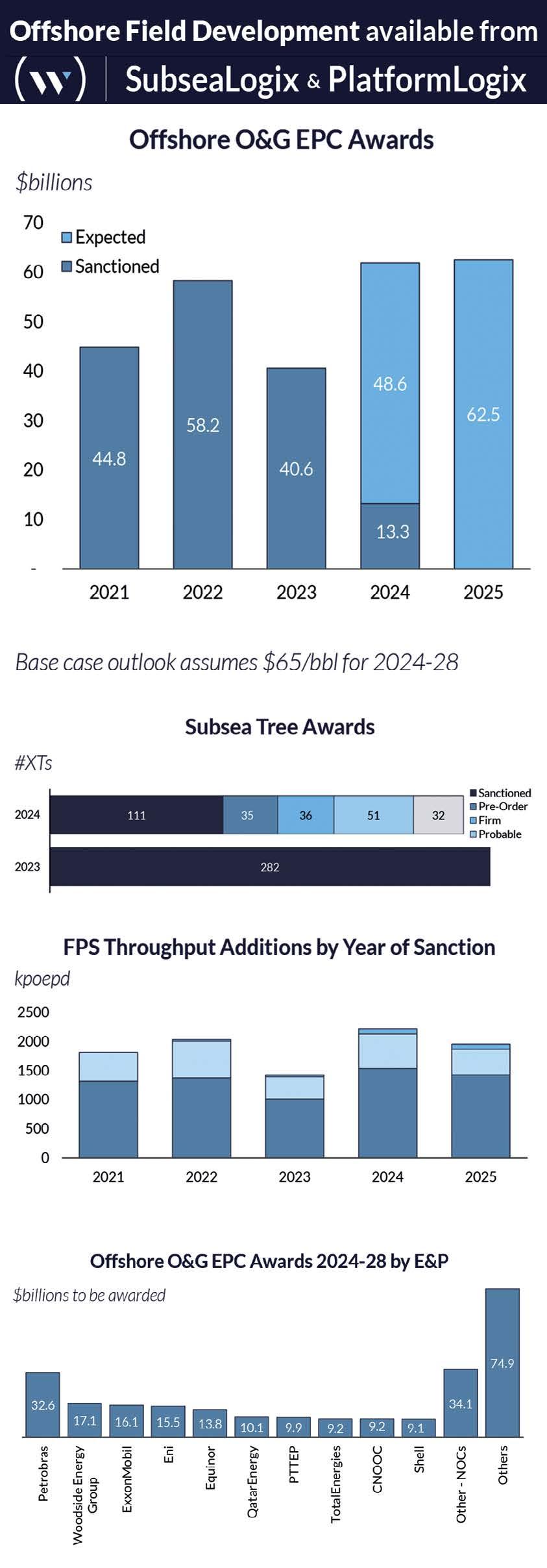

40 www.ogv.energy I June 2024
STATS & ANALYTICS PROVIDED BY
STATS & ANALYTICS
www.westwoodenergy.com
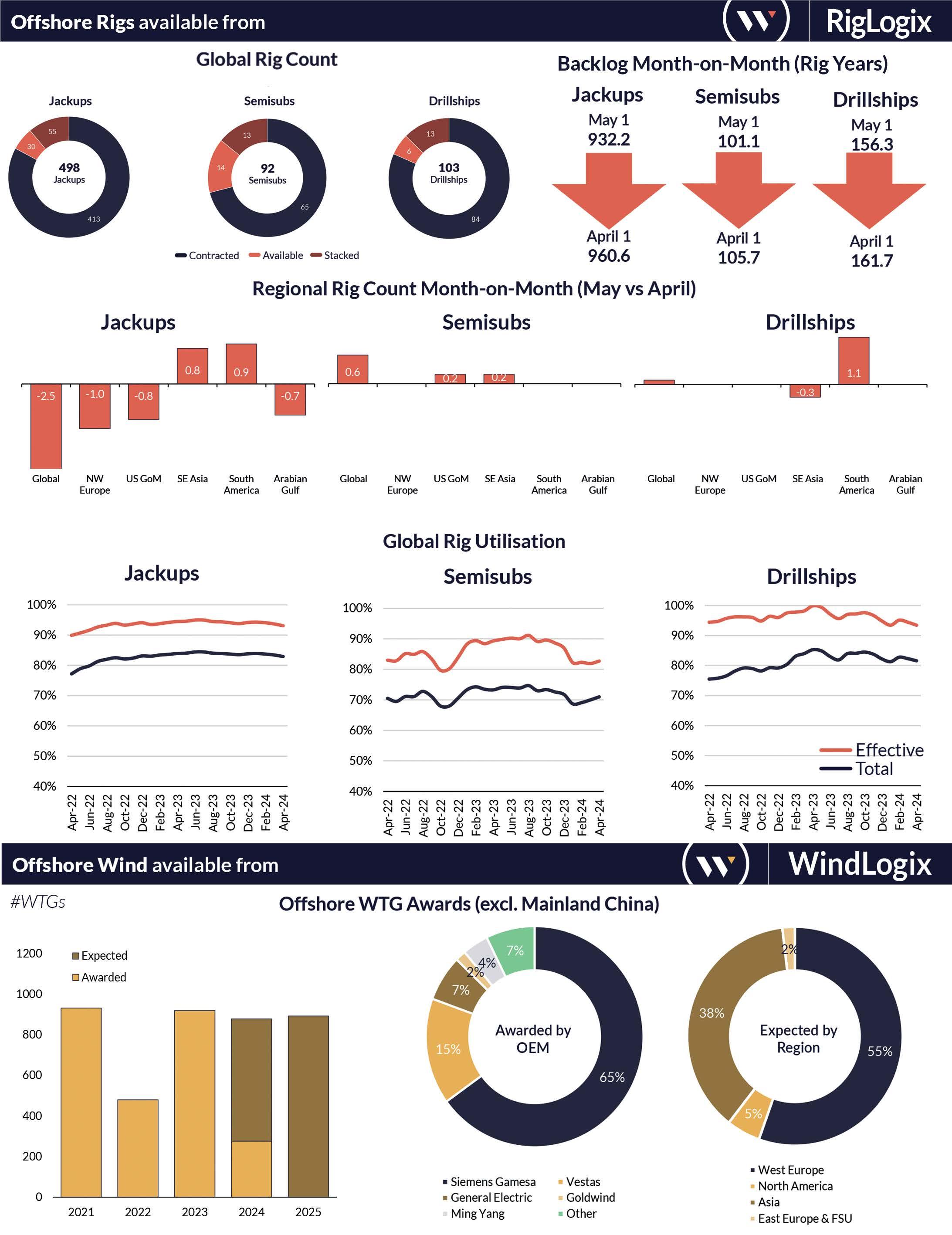


41 Offshore Energy Services Dashboard April/May 2024 STATS & ANALYTICS SPONSORED BY



Japan Energy Summit & Exhibition
3-5 June 2024
Tokyo, Japan

Caspian Oil & Gas Conference
4-6 June 2024
Baku, Azerbaijan

The environmental sustainability benefits of a Travel Management Company

SPE Oilfield Scale Symposium
5-6 June 2024
Aberdeen, United Kingdom
2nd Annual H2 Mobility & e-Fuels Forum
5-6 June 2024
Berlin, Germany
South Summit 2024
5-7 June 2024
Madrid, Spain
ACHEMA 2024
10-14 June 2024
Frankfurt am Main
International Conference for Dispersion Analysis & Materials Testing 2024
10-11 June 2024Berlin, Germany
EAGE Annual 85th Conference & Exhibition
10-13 June 2024
Oslo, Norway
Global Energy Show Canada 2024
11-13 June 2024
Calgary, Canada







International Conference on Electrical Power and Energy Systems
13-14 June 2024
Copenhagen, Denmark
Global Offshore Wind
18-19 June 2024
Manchester, UK




As environmental, social, and governance (ESG) initiatives become more intertwined with travel programmes, aligning with a travel management company (TMC) that shares your sustainability values is imperative. Serving as an extension of your business, your TMC can support your sustainability goals in relation to your travel policy.
Prioritising Sustainability
With growing emphasis on the importance of addressing the climate crisis and the introduction of mandatory non-financial reporting it is crucial to partner with a TMC that offers tangible solutions. A TMC can play a pivotal role by aligning travel practices with sustainability goals. Having access to an advanced suite of tools designed to identify, measure, reduce, and compensate residual carbon emissions makes incorporating your ESG goals into your travel programme a simple task.
A Sustainable Vision for Future Travel
We understand the importance of travel to your business. With that comes the requirement to measure and address residual Greenhouse Gas (GHG) Emissions. Partnering with a TMC that has a long-term vision advocating for sustainable practices that contribute to achieving net zero goals will support your overall corporate sustainability strategy.
The right TMC will be able to seamlessly embed sustainable travel practice into your everyday travel and events activities resulting in a gradually reducing your GHG footprint and improve traveller wellbeing. It is a fact that there will be residual emissions from business and events travel for the foreseeable future that will need to be compensated for. Your TMC should be able to provide you with a portfolio of high quality, certified carbon compensation projects.
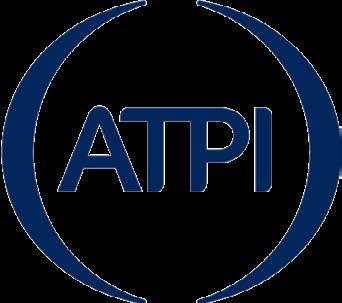
Measuring Impact
The starting point of any sustainable travel programme begins with the ability to capture and report on emissions data. The reliability of the calculation methodology adopted by your TMC is just as important to accurately identify the choices and behaviours that are impacting the overall sustainability of your program. Together with you, your TMC will be able to identify areas for improvement, implement the change and importantly be able to provide the reporting that demonstrates how your business has positively reduced its’ impact.
Completing the Sustainability Circle
In addition to evaluating the tools and services your TMC offers, including carbon measurement, emissions dashboards, and carbon reduction and compensation programs, it is important to consider what broader actions the company is taking to create complete sustainable travel programmes.
Only a TMC that embraces the need to address all ESG goals itself can support your business’ vision. Incorporating sustainable procurement practices into your supply chain is an element that your TMC can support your business with.
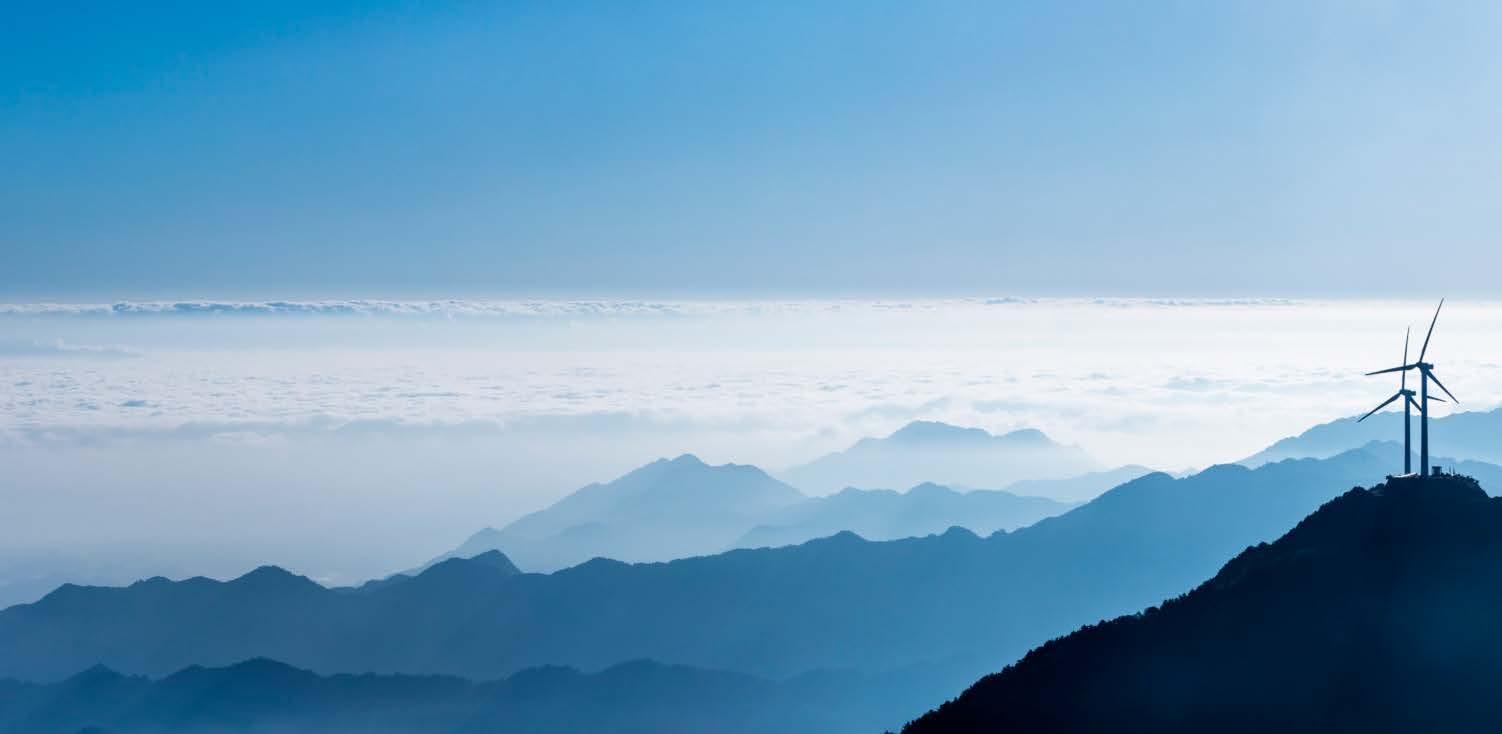
Your TMC should understand that traveller wellbeing is a more recent key element to your duty of care solution. In every step of the business trip your TMC should be there to ensure that your travellers are safe, healthy, and supported, from planning, booking, during and post-trip.

www.ogv.energy I June 2024 42 Your Trusted Global Travel Partner HEADER www.ogv.energy/events VIEW ALL EVENTS AT UPCOMING GLOBAL EVENTS June 2024
If you would like to find out how ATPI can help streamline your travel management, email: atpienergytravel@atpi.com

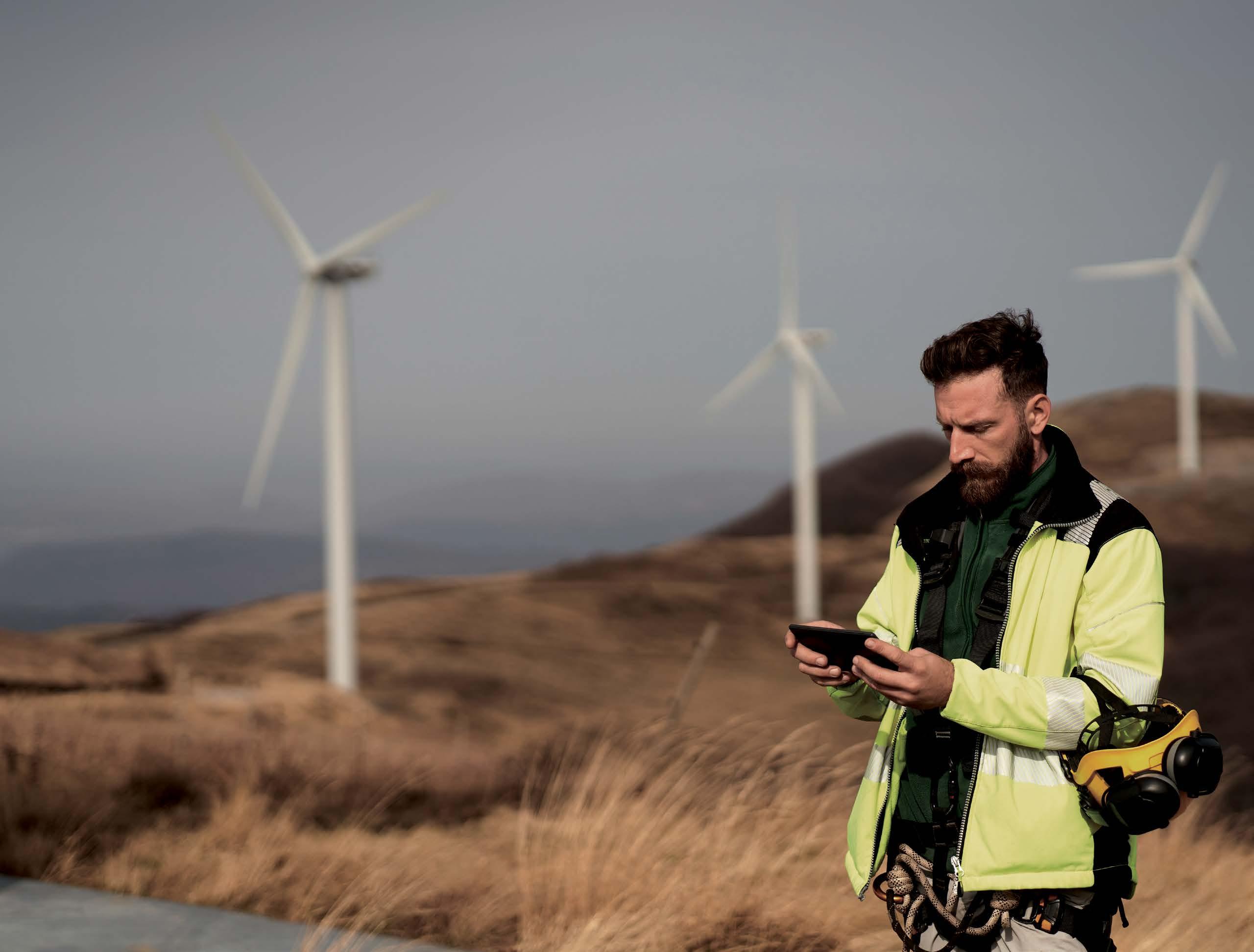
World-class training for the renewable energy sector


3t Training Services (previously AIS Survivex) is the UK’s largest provider of renewables training, with 1 in 5 Global Wind Organisation (GWO) delegates passing through our doors.
3t is one of the most experienced providers of specialist and GWO accredited wind training around the globe. Expert, experienced instructors deliver the full suite of GWO training courses in centre and on-site.
Come and train yourself, or your workforce, at one of 3t’s 8 stateof-the-art training centres located across the UK.
Our training is supported with global training management solutions and the capabilities and experience to deliver bespoke and flexible training to suit your project requirements and timelines.
Helping you plan, stay safe and advance your skill sets within the growing sector. At 3t, there’s no
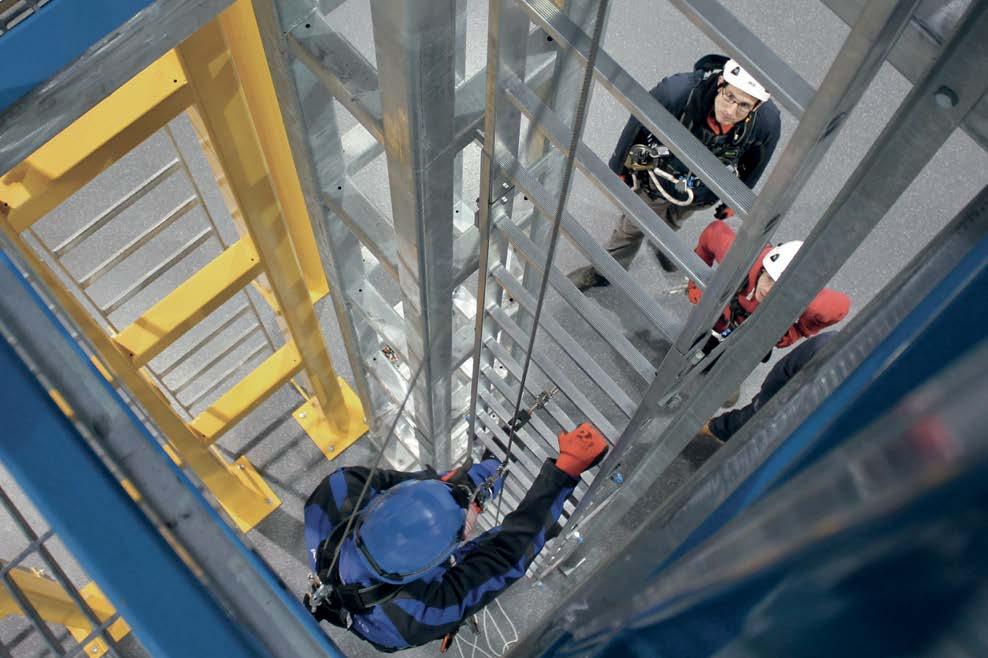
training
learning solutions.
one-size-fits-all to our
and
Find out more at 3tglobal.com/training-services



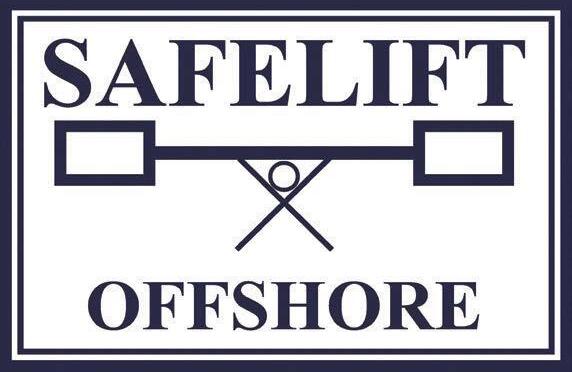












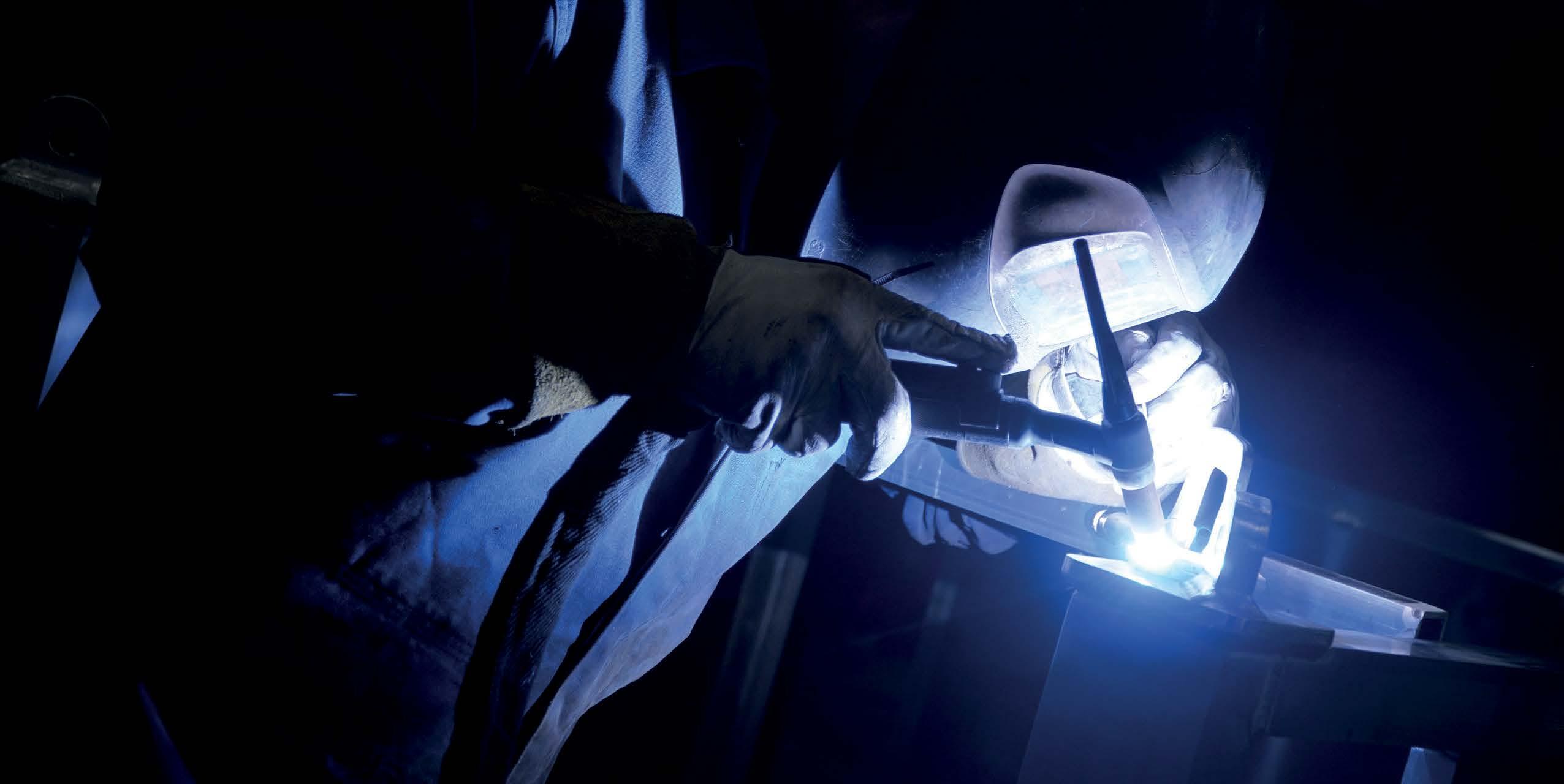






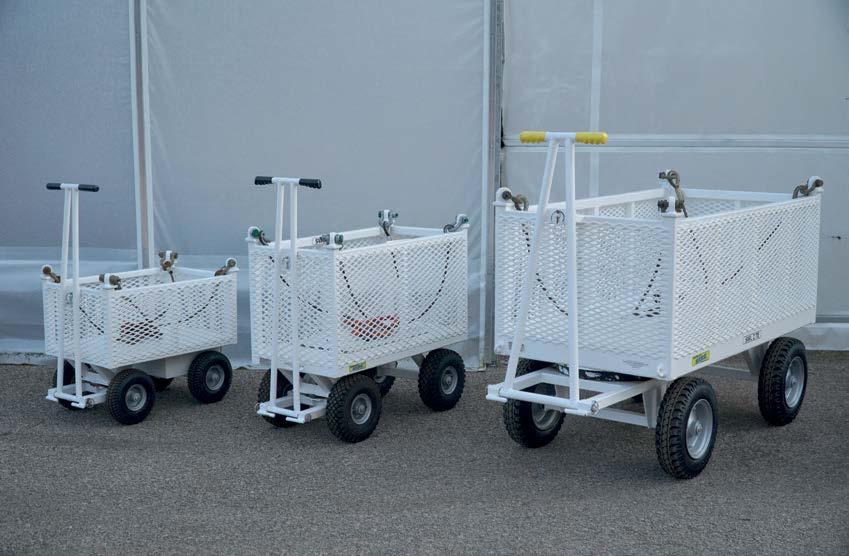
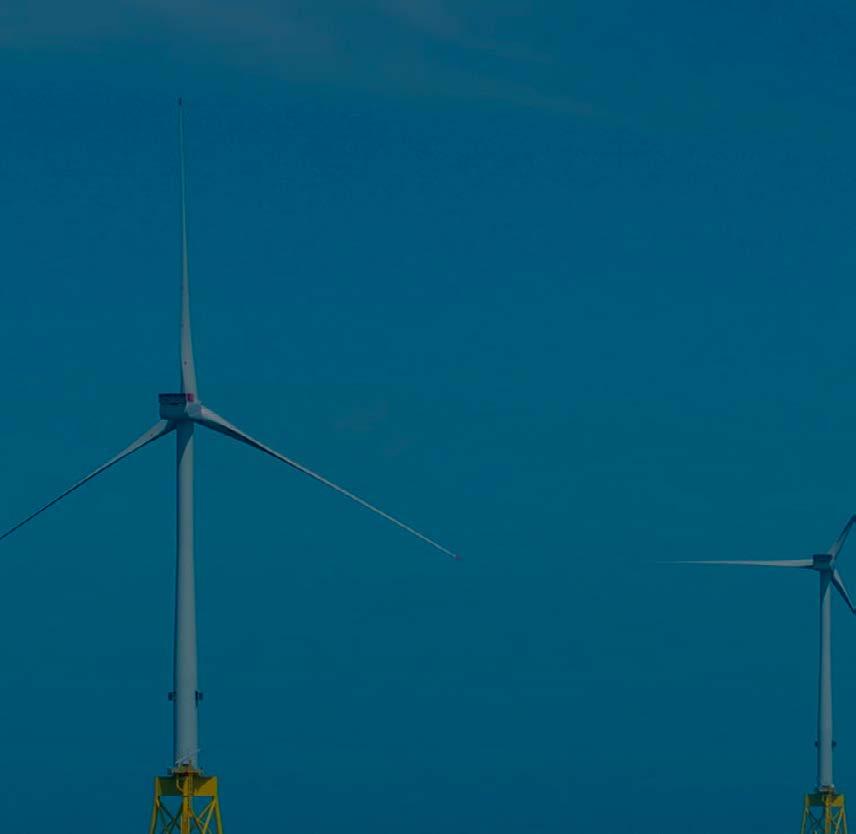


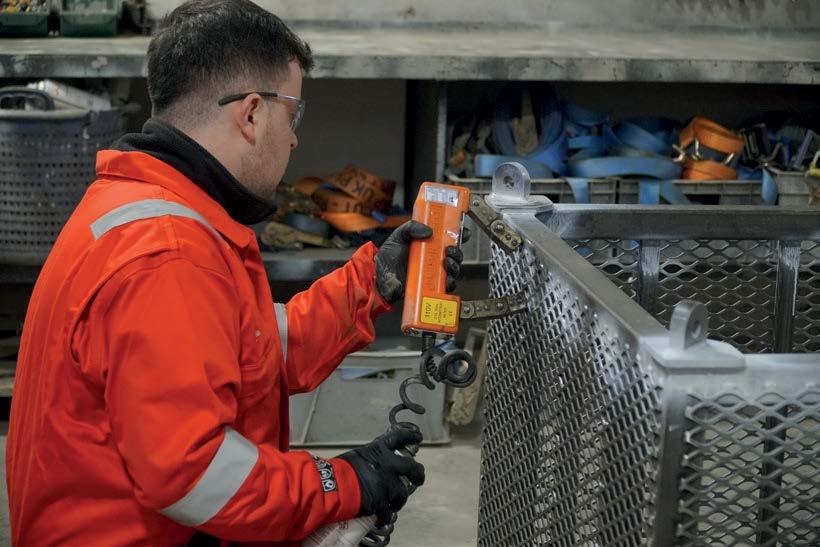
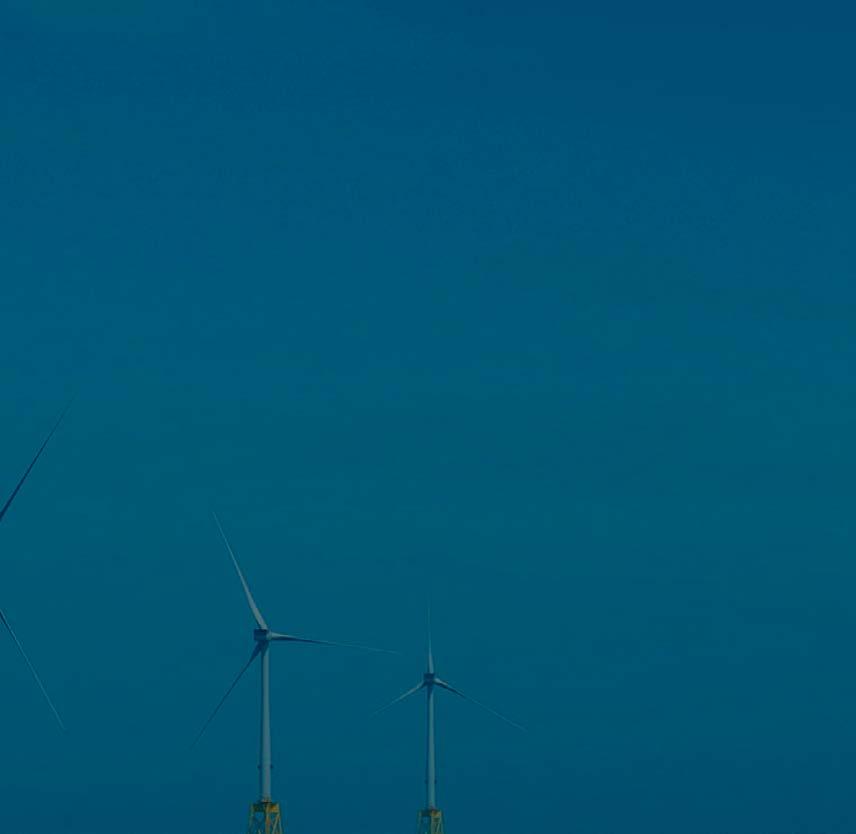





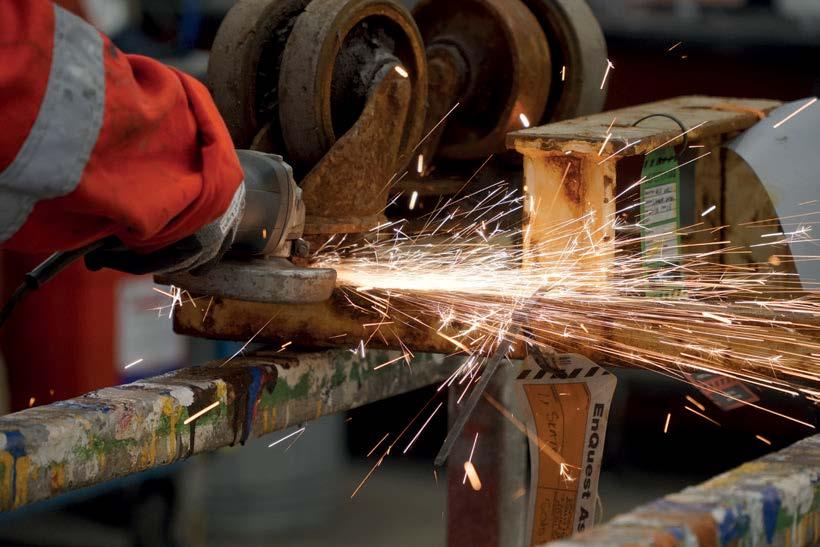
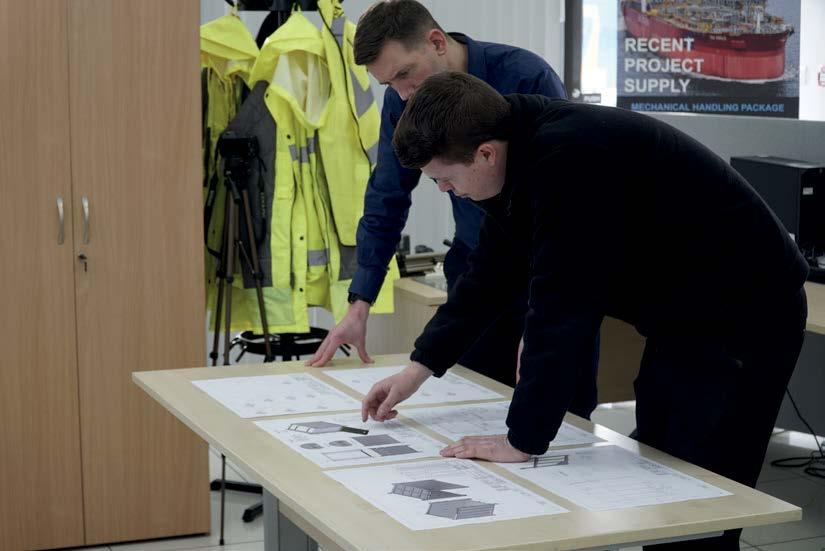
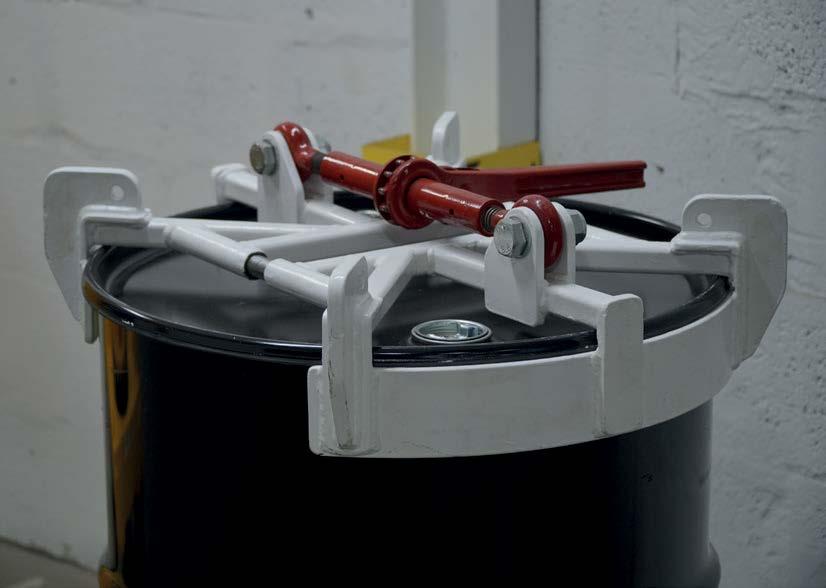
Design Manufacture Supply Hire Service Inspection +44 (0)1224 775774 www.safelift.co.ukBD +44 (0)1224 775774 www.safelift.co.uk Safelift is a globally recognised market leader in the design, manufacture and supply of a wide range of safety orientated, lifting, handling and containerised equipment to the energy sector All your lifting, handling requirements and services in one place 30 YEARS Service to the Offshore Energy Industry



















































































































































































































































































































